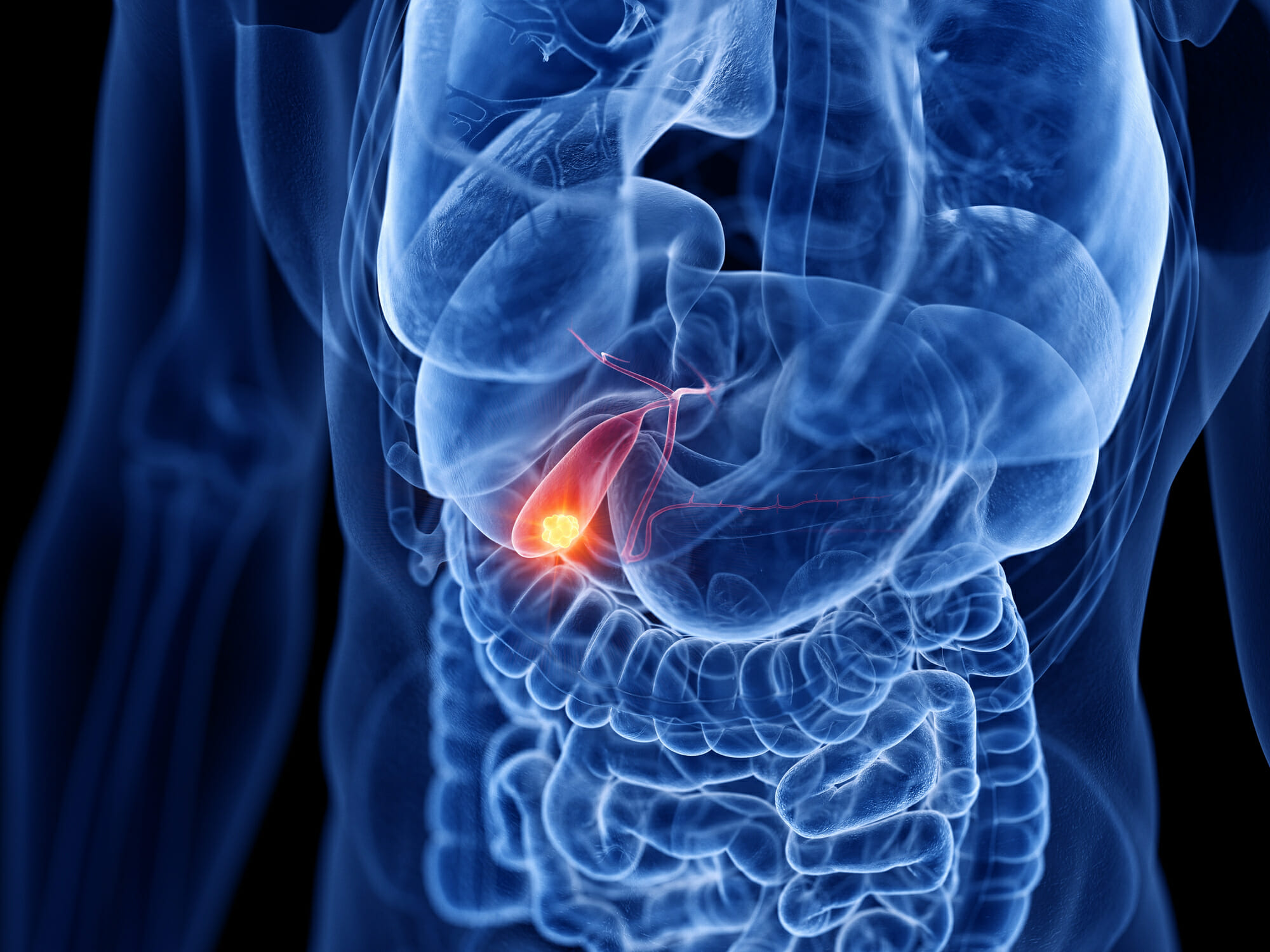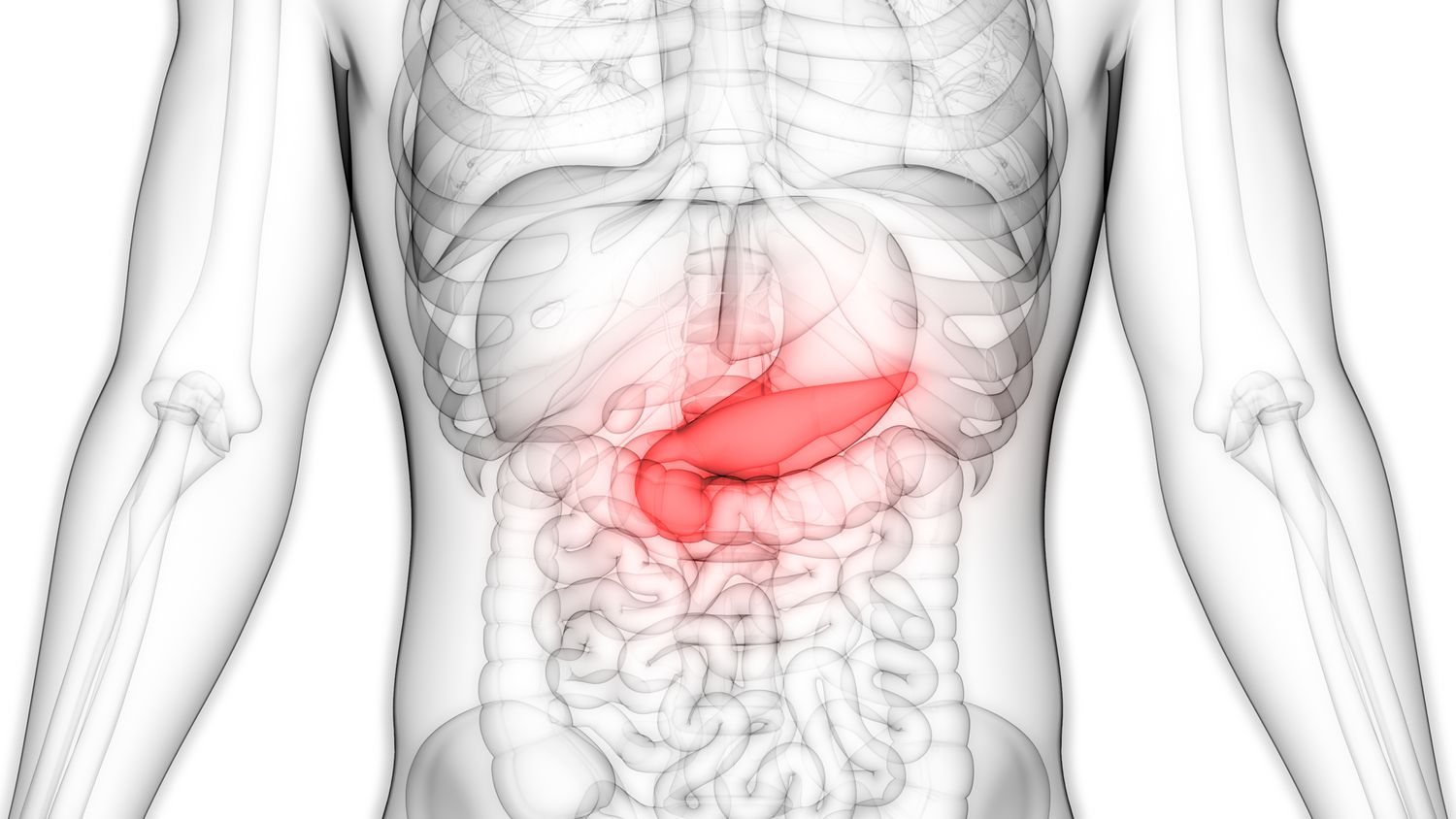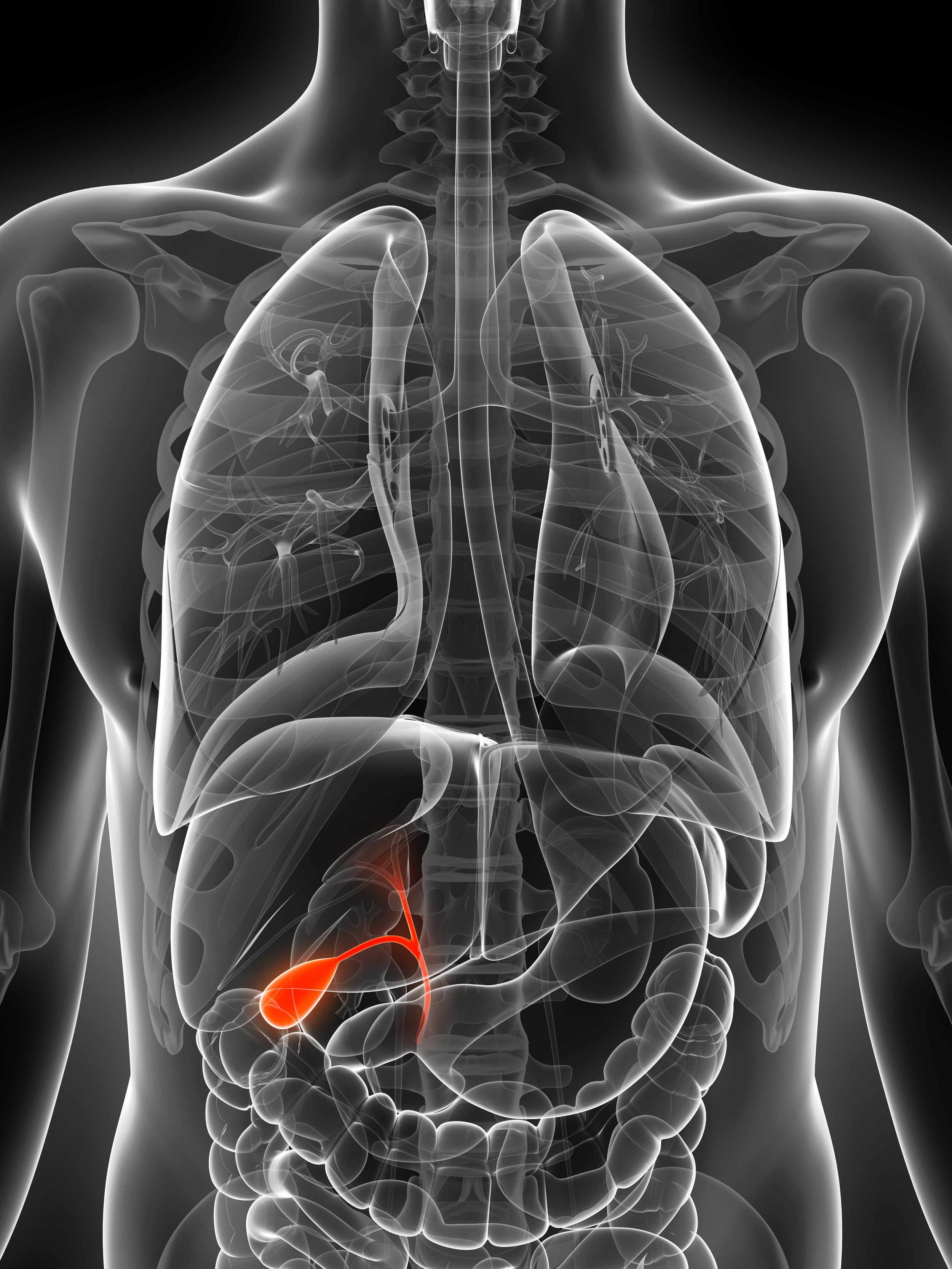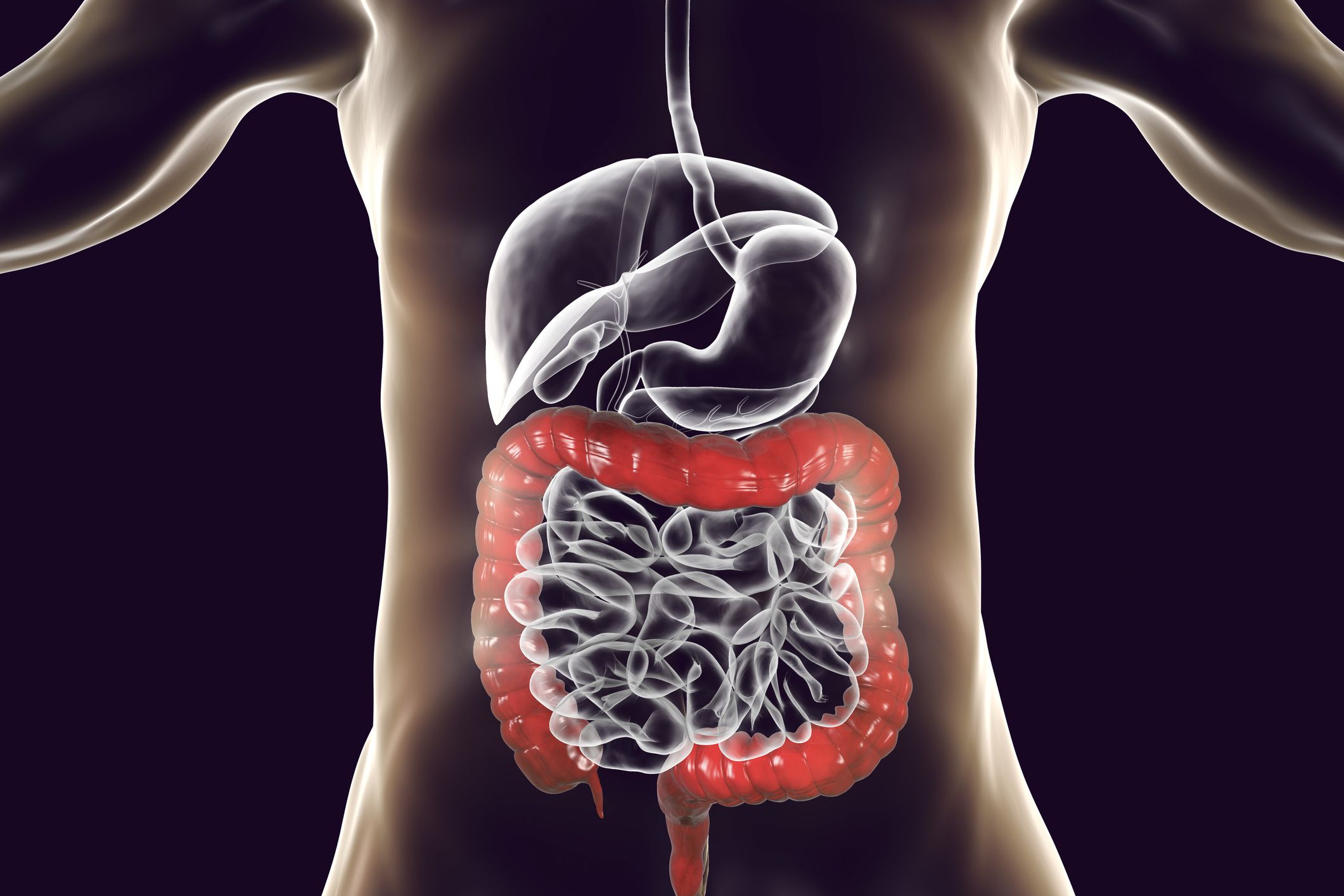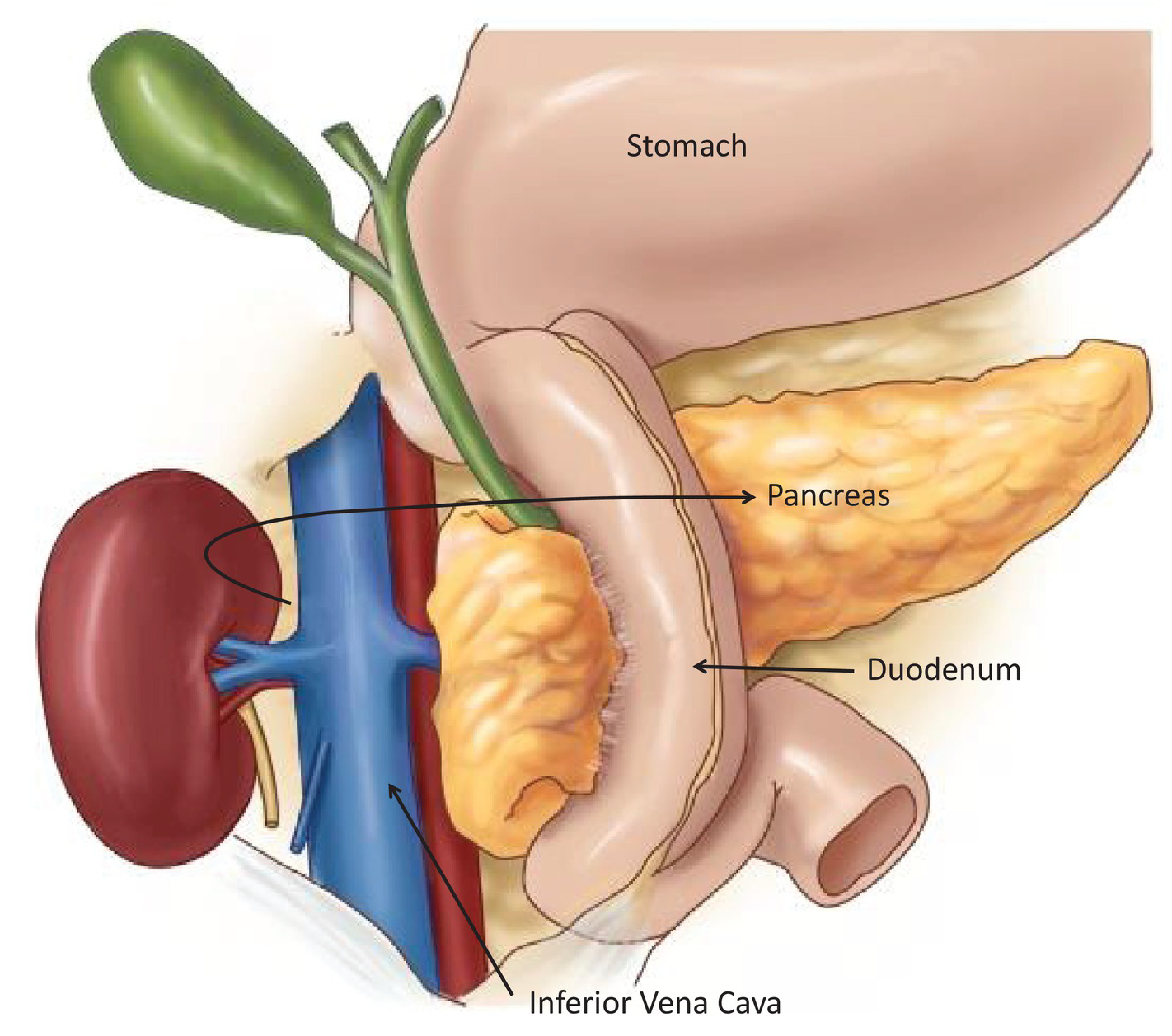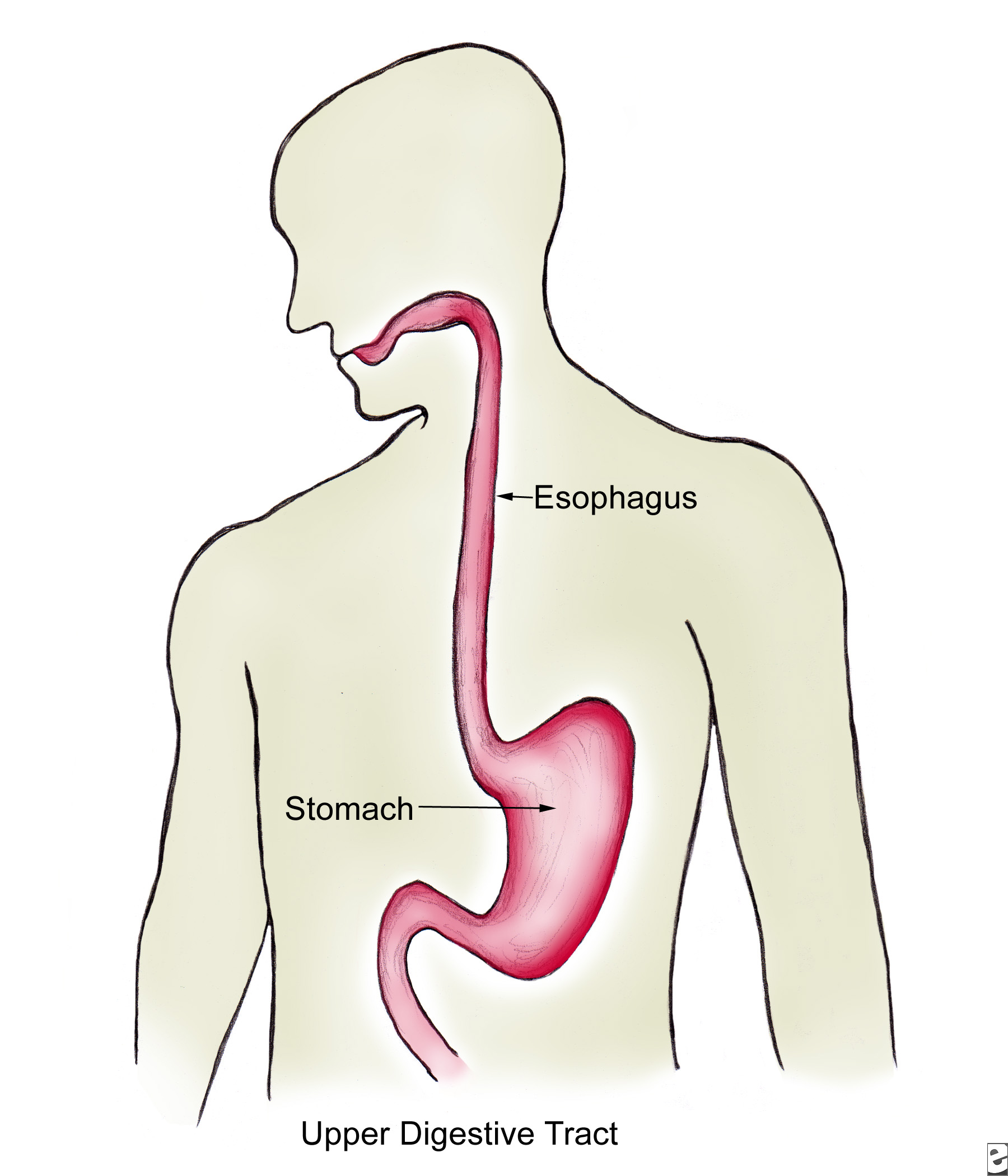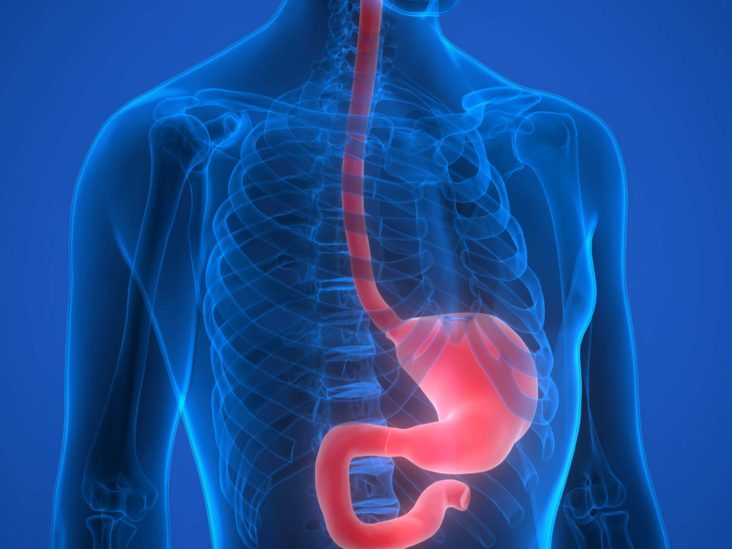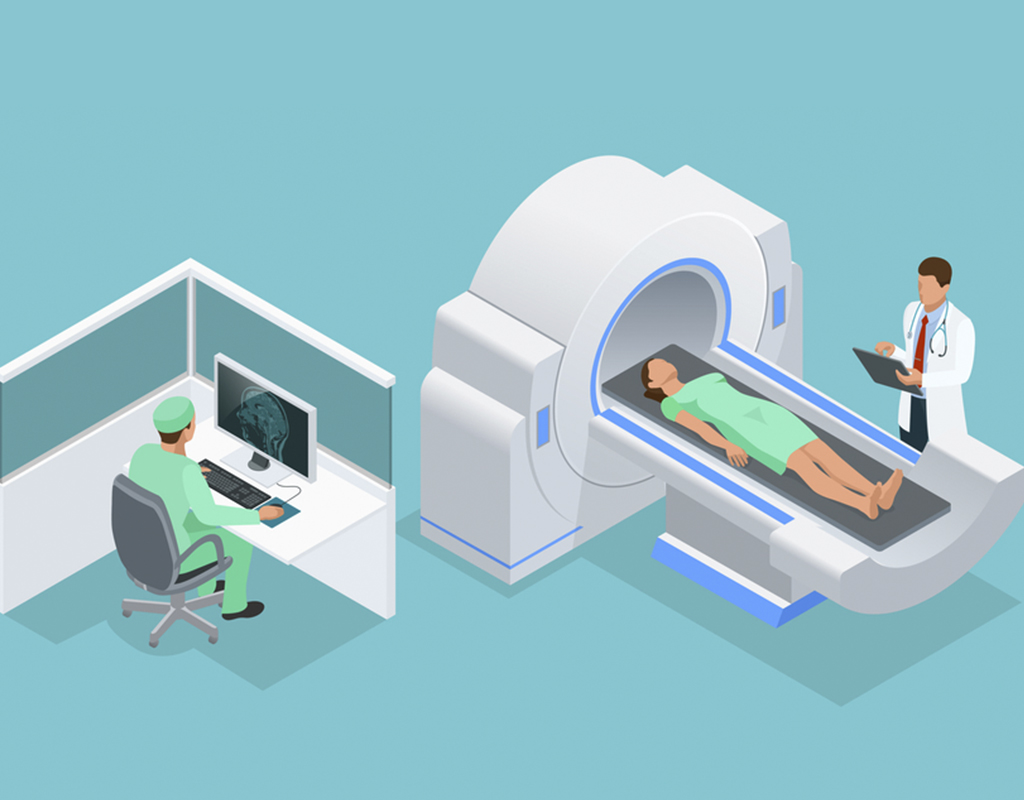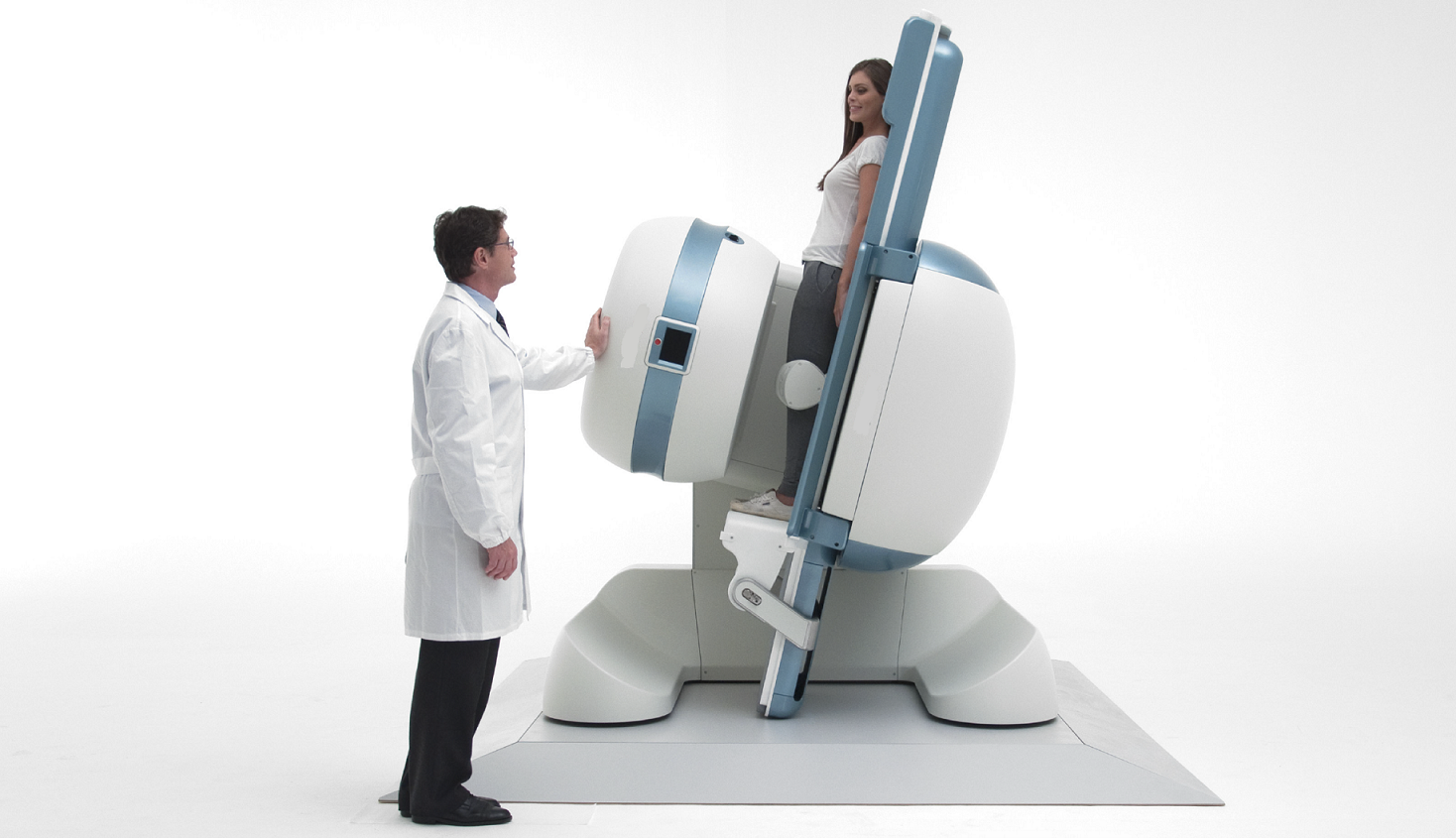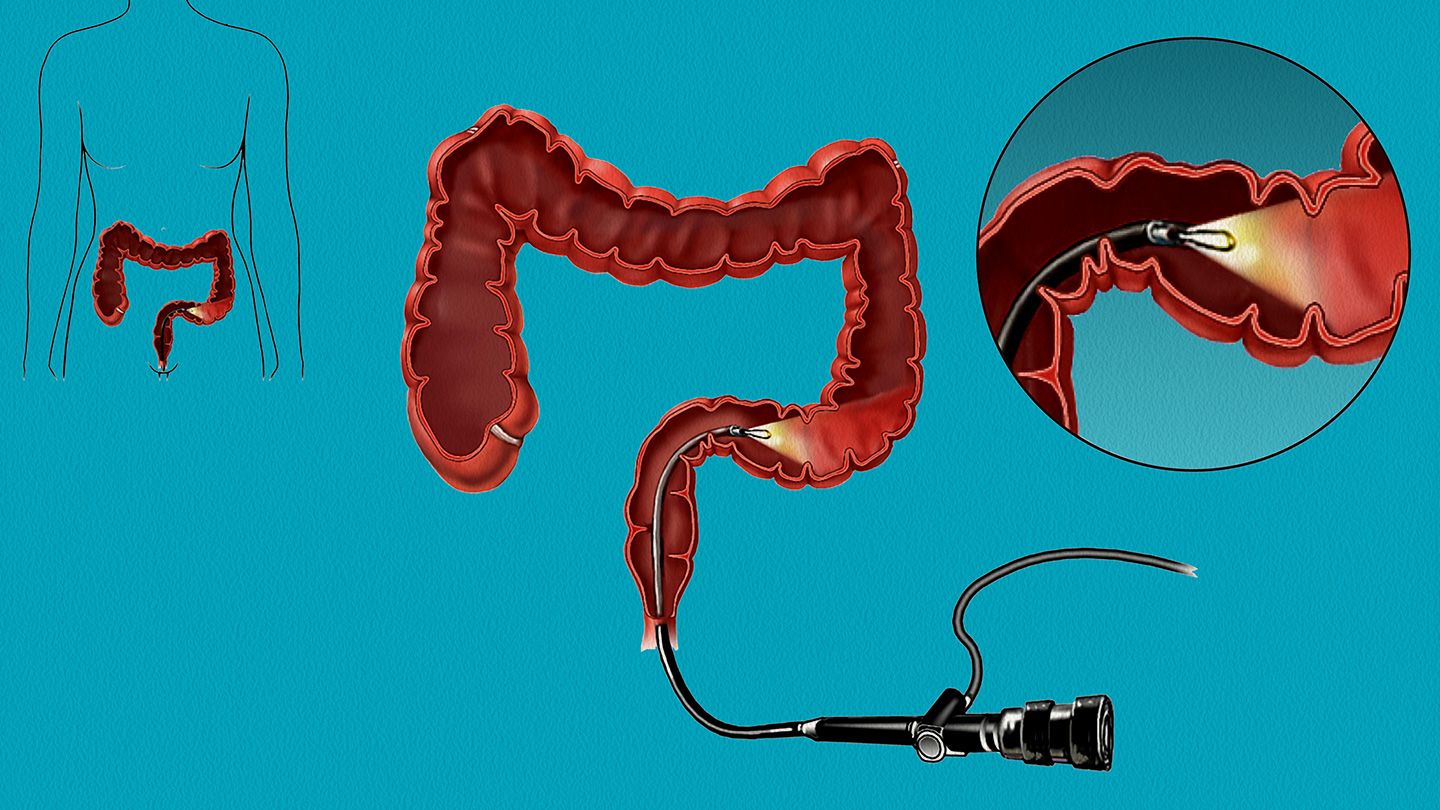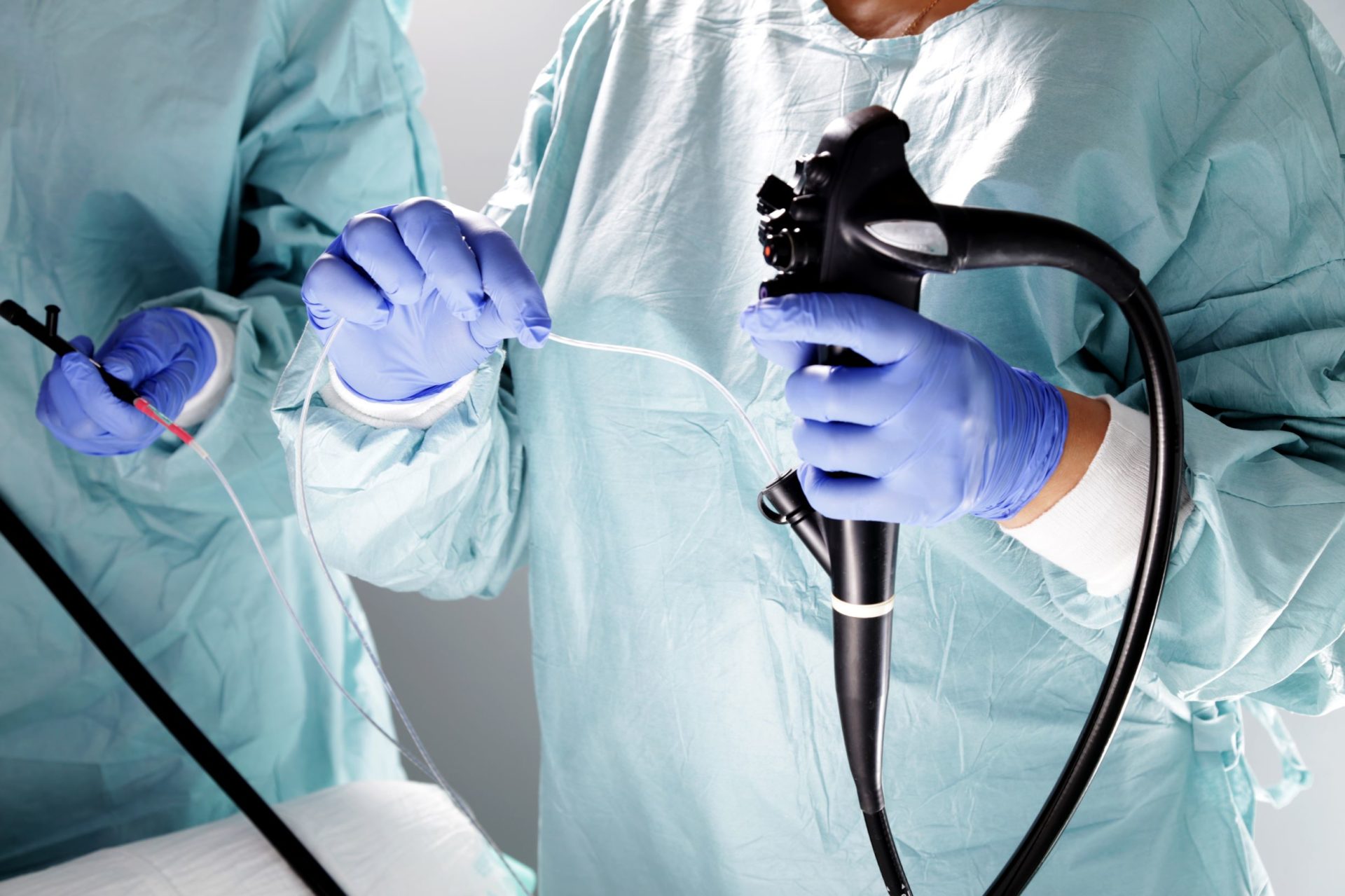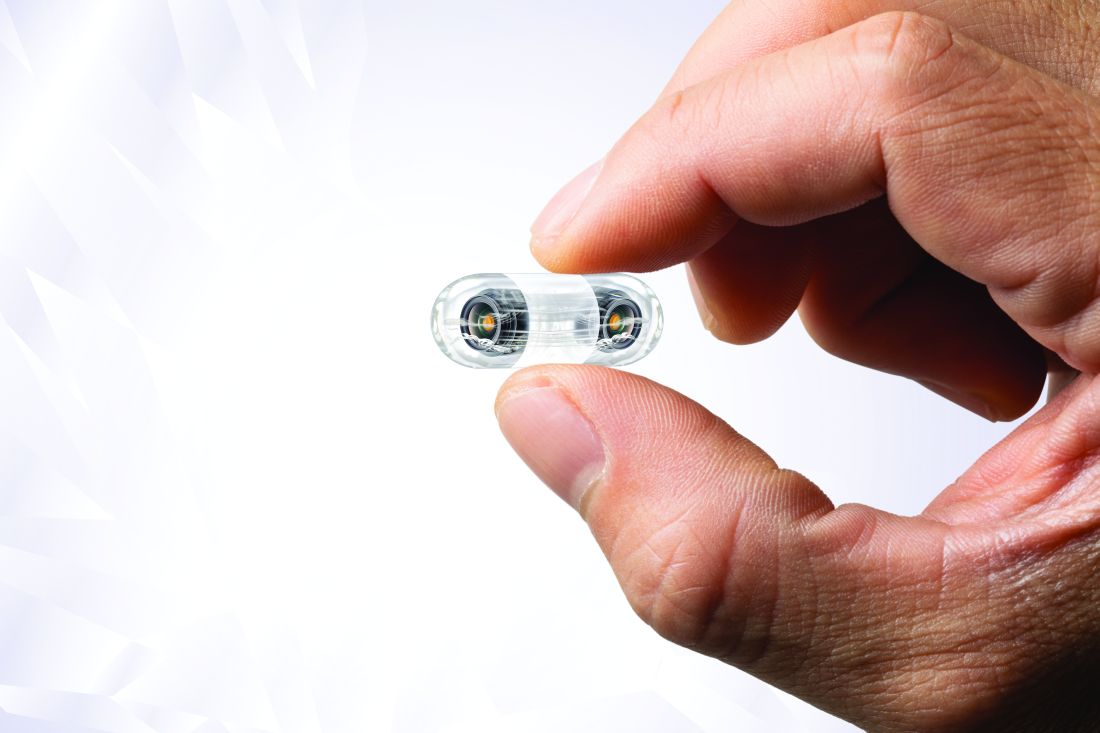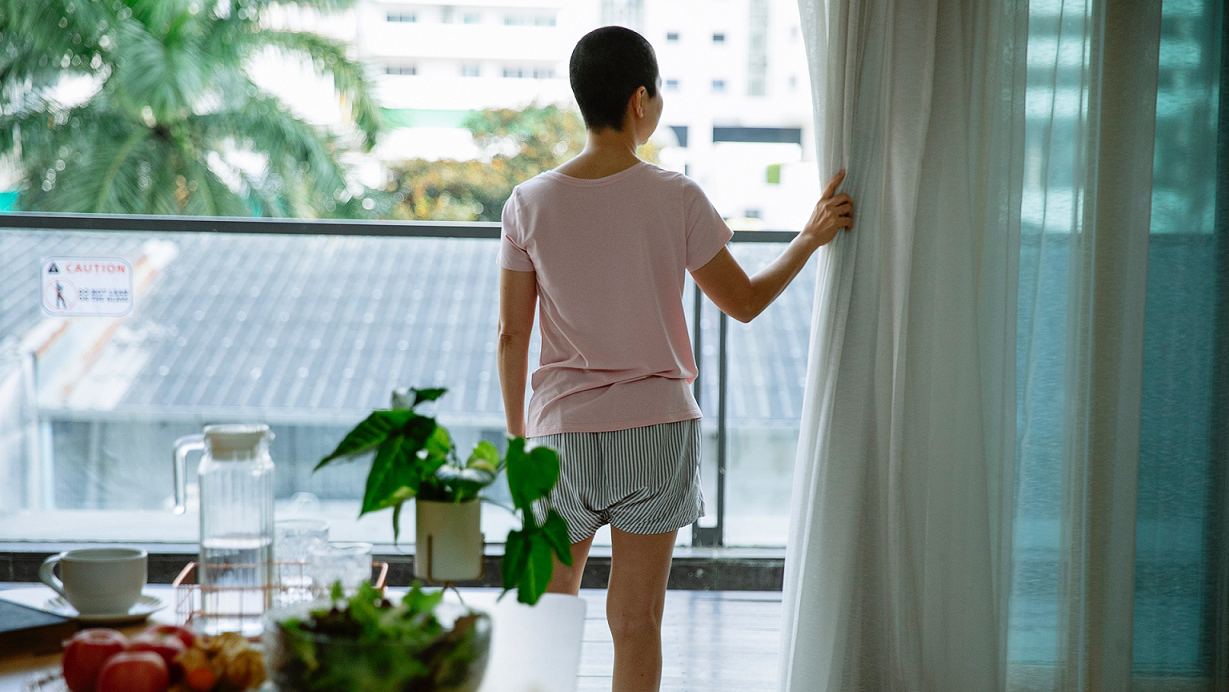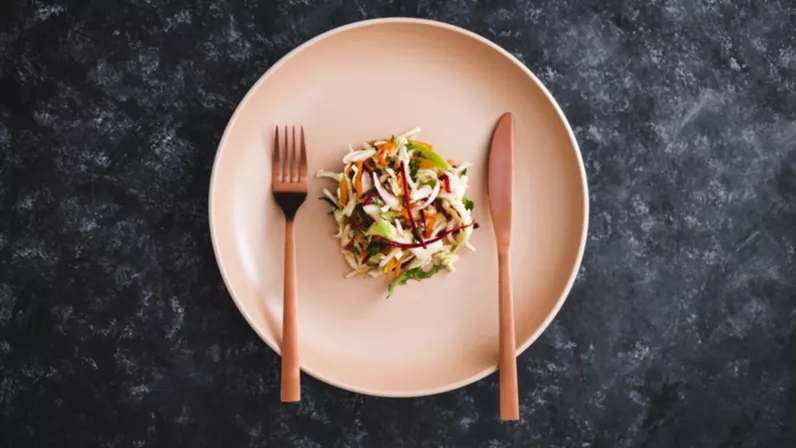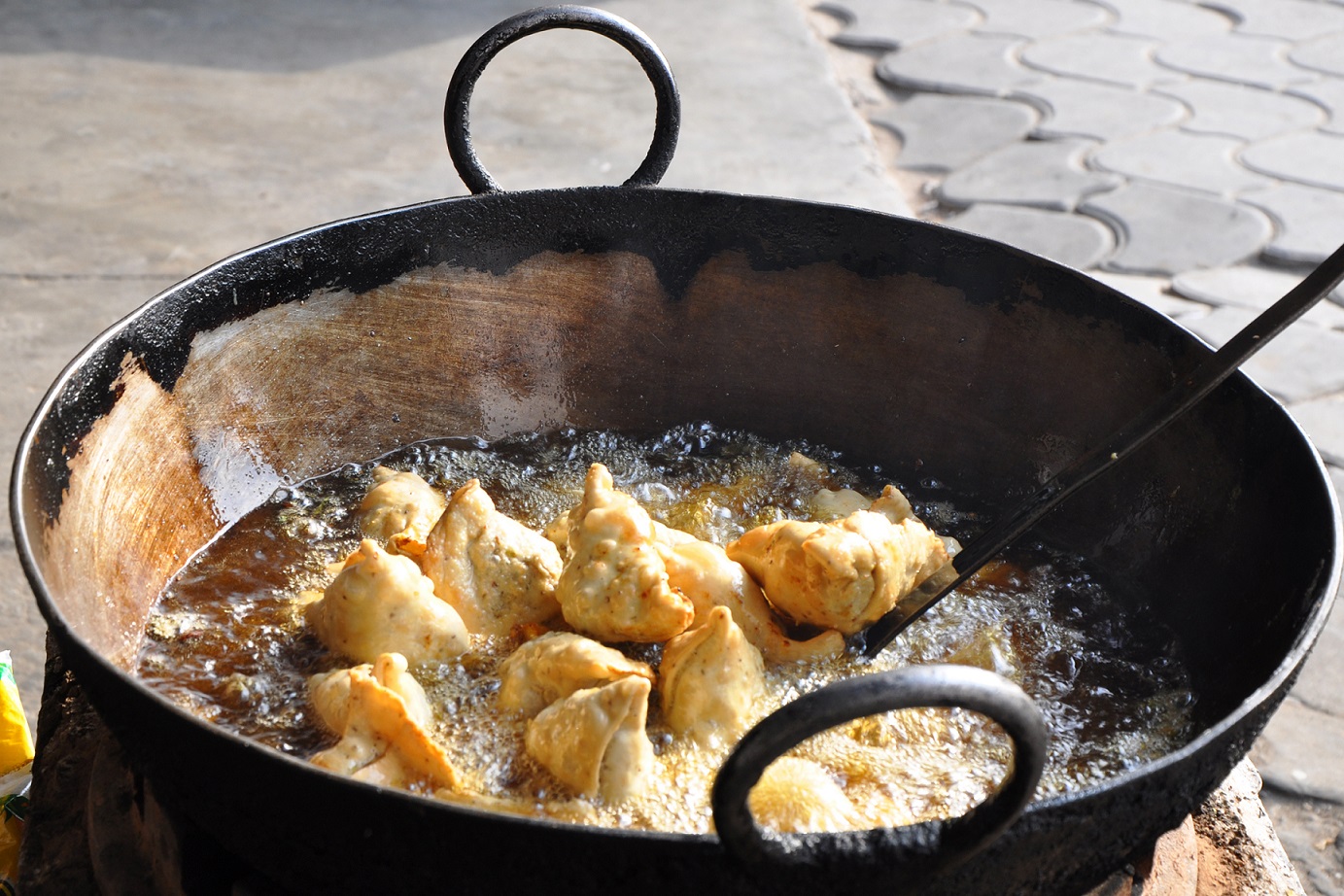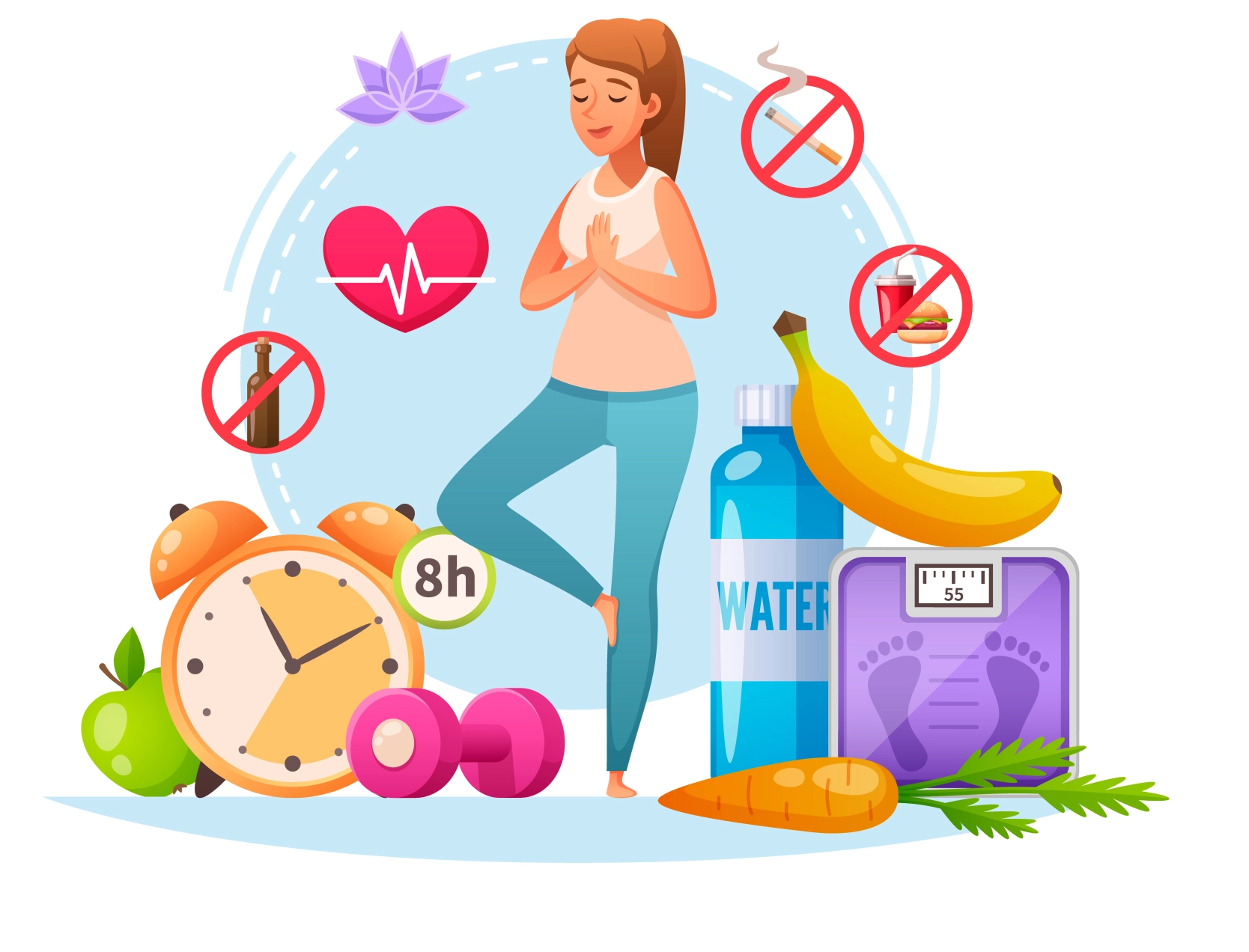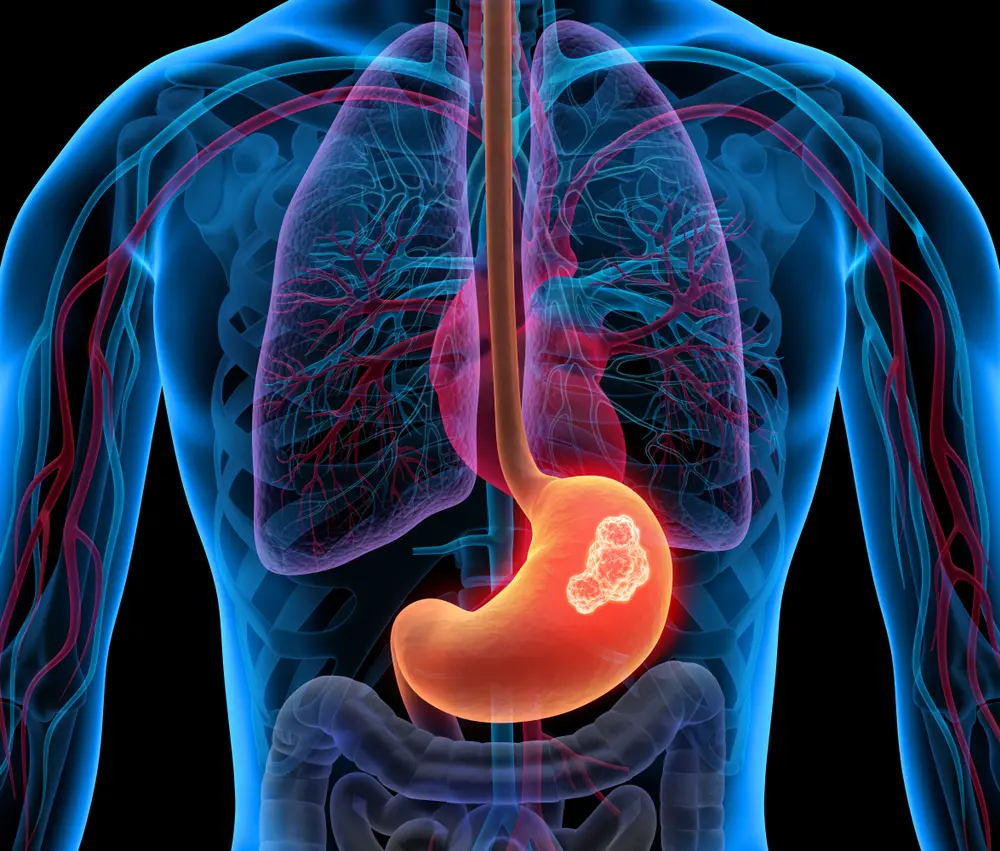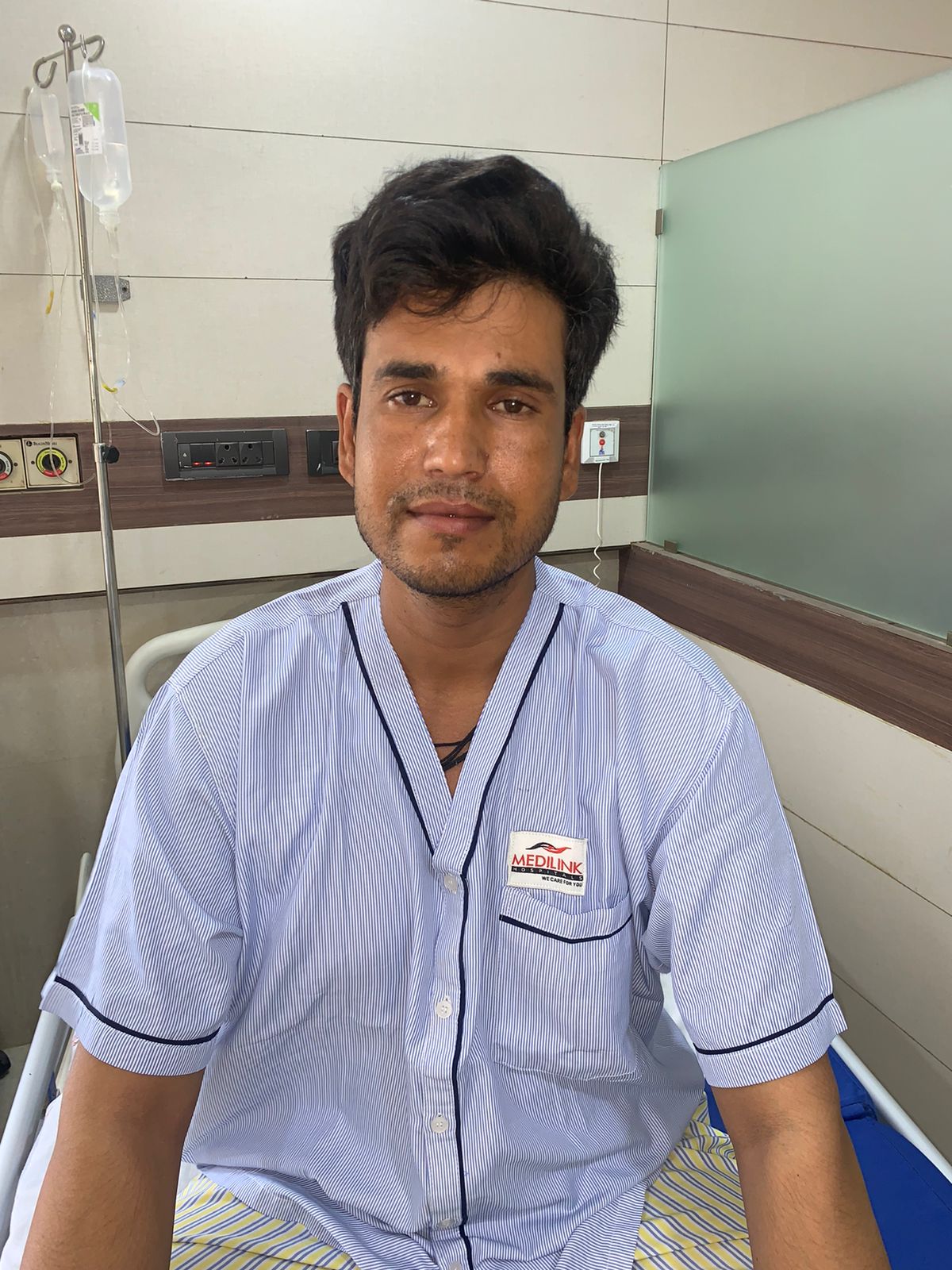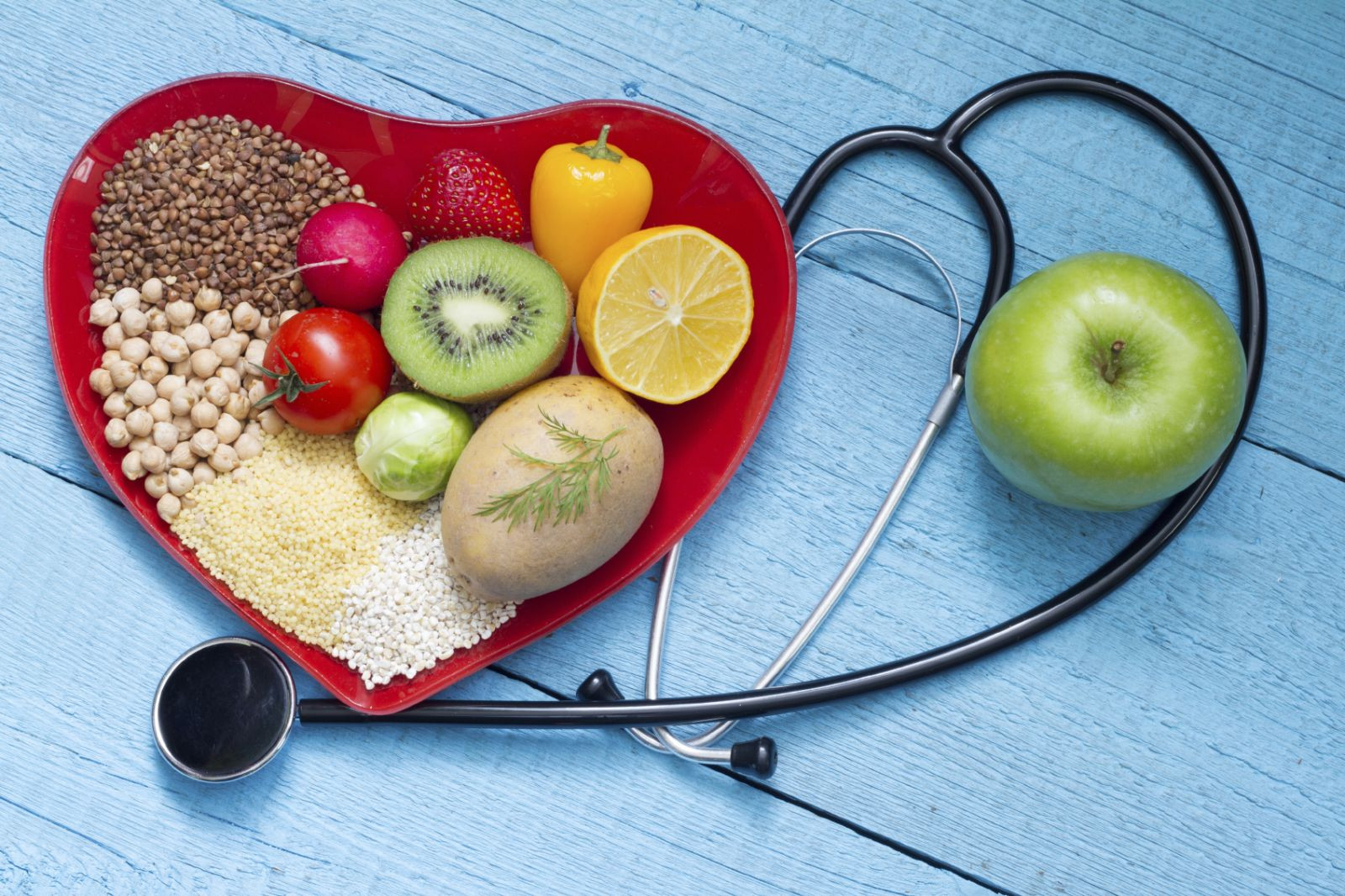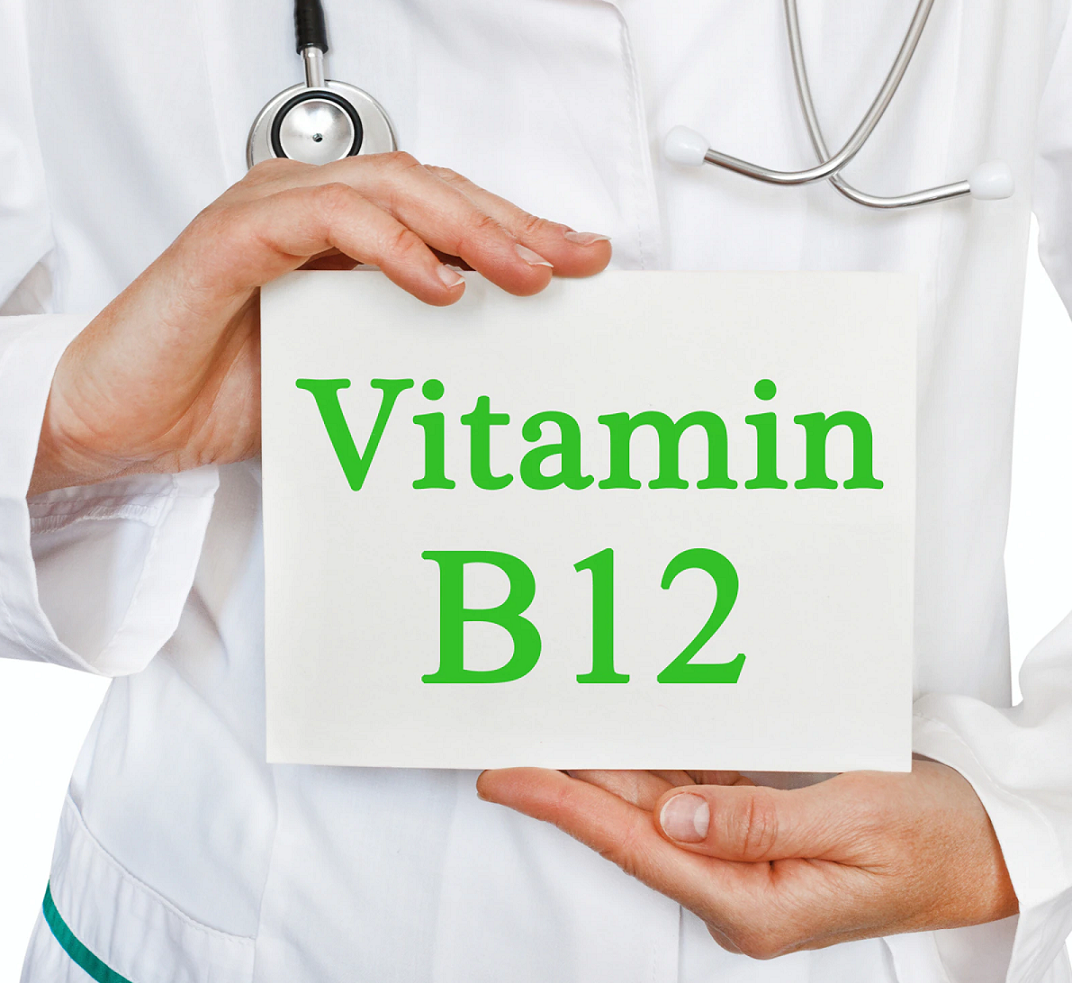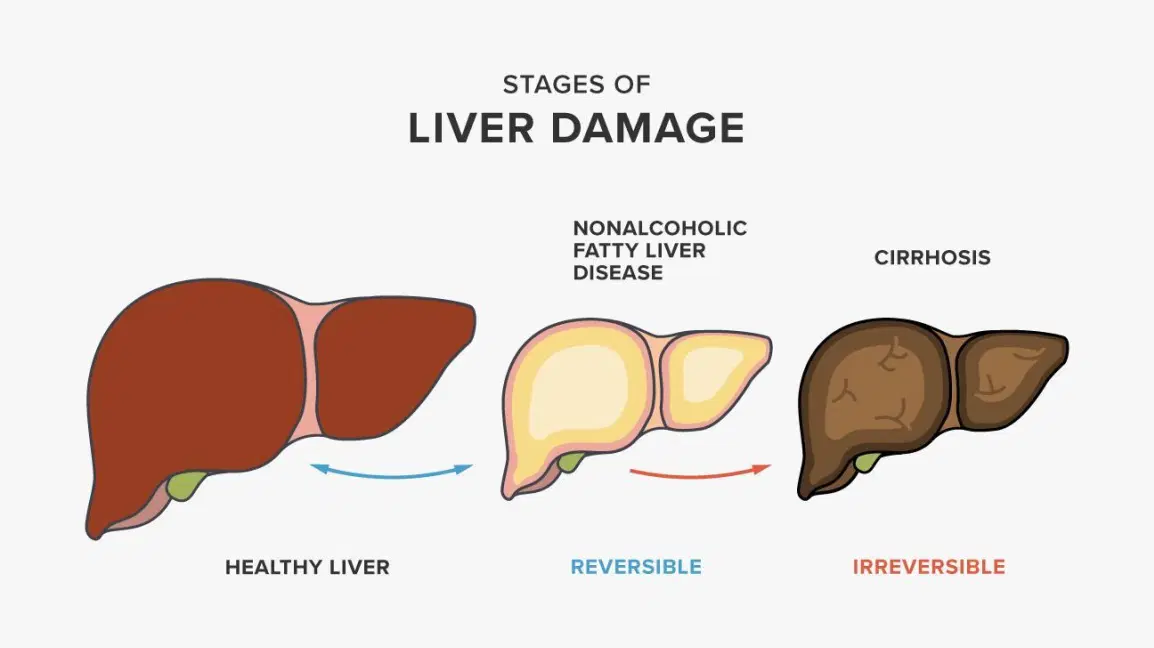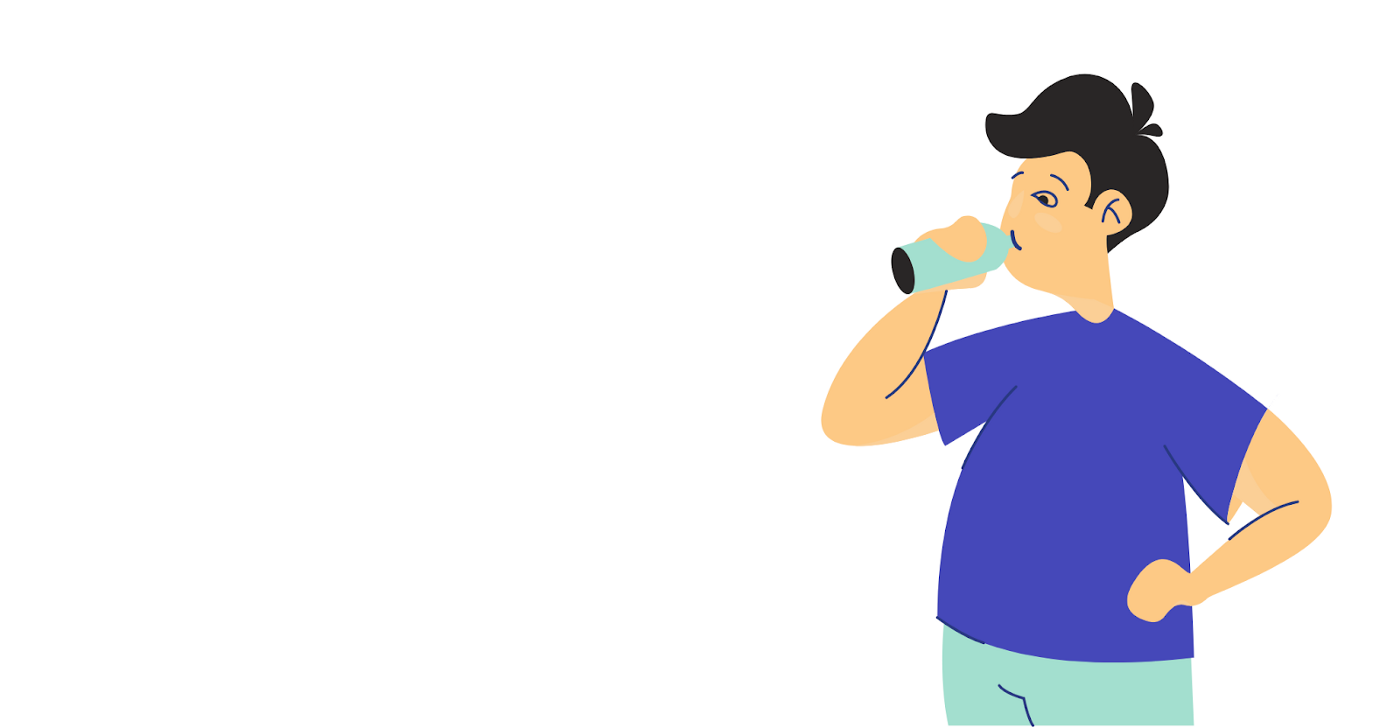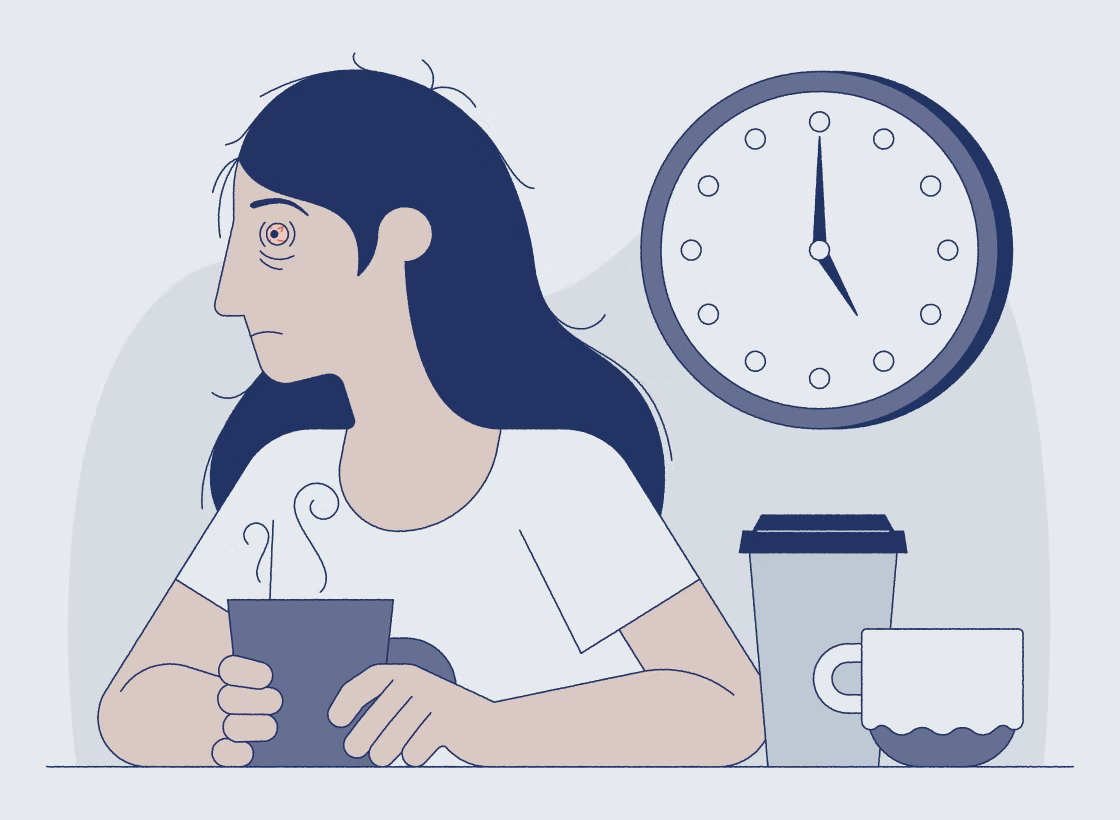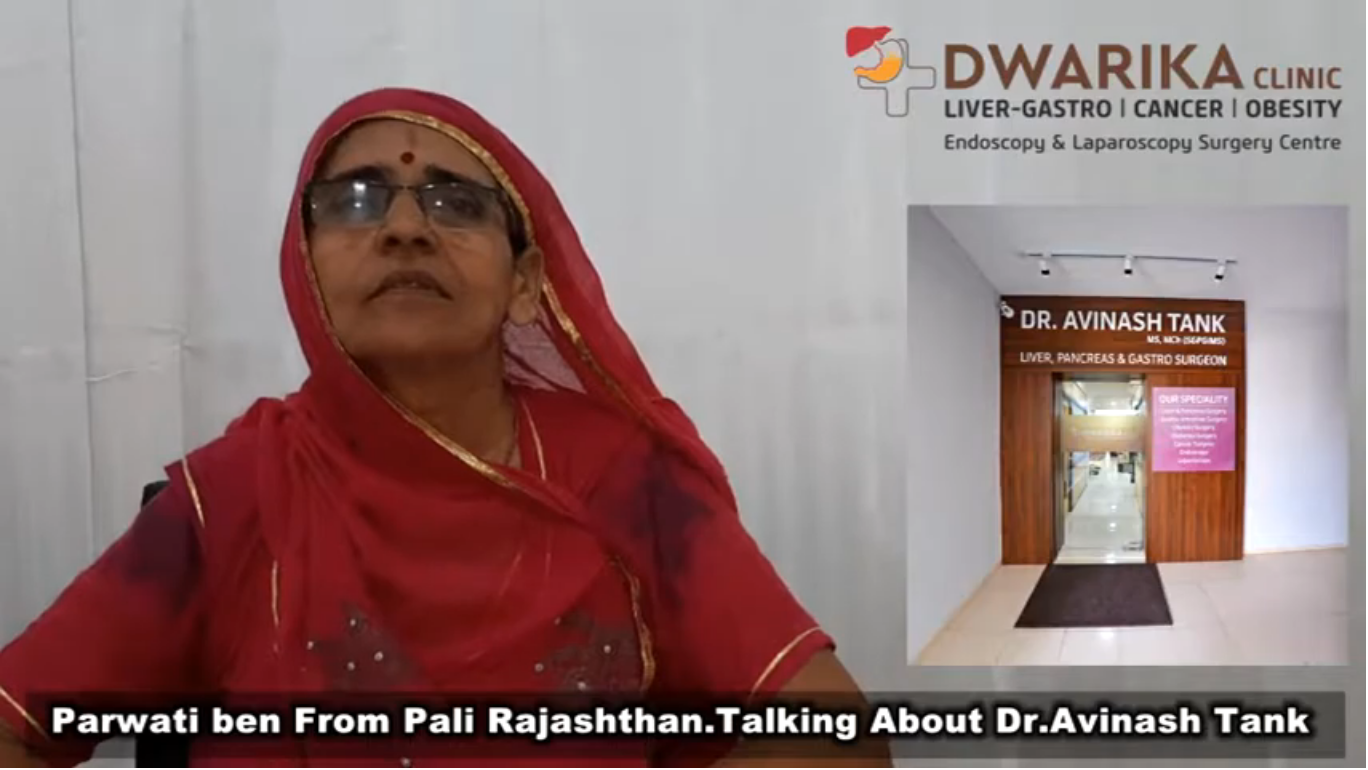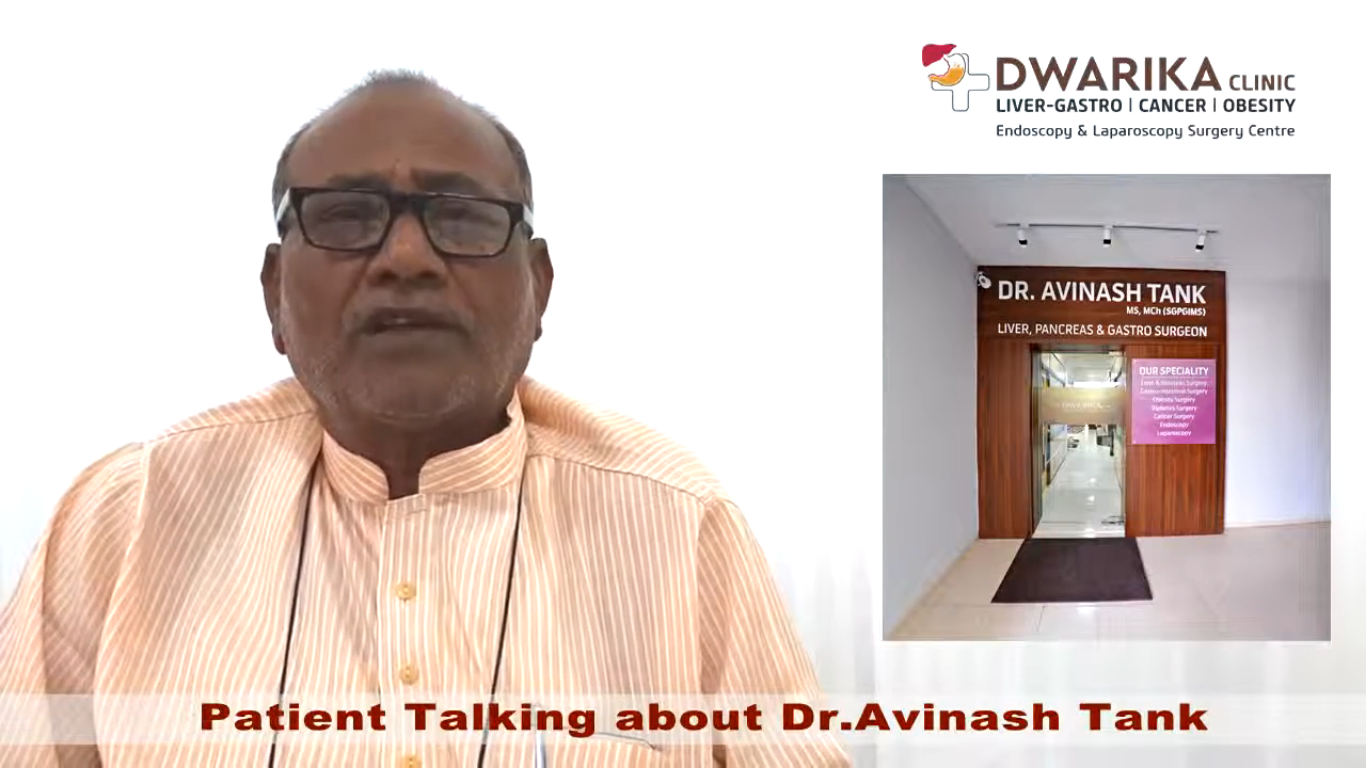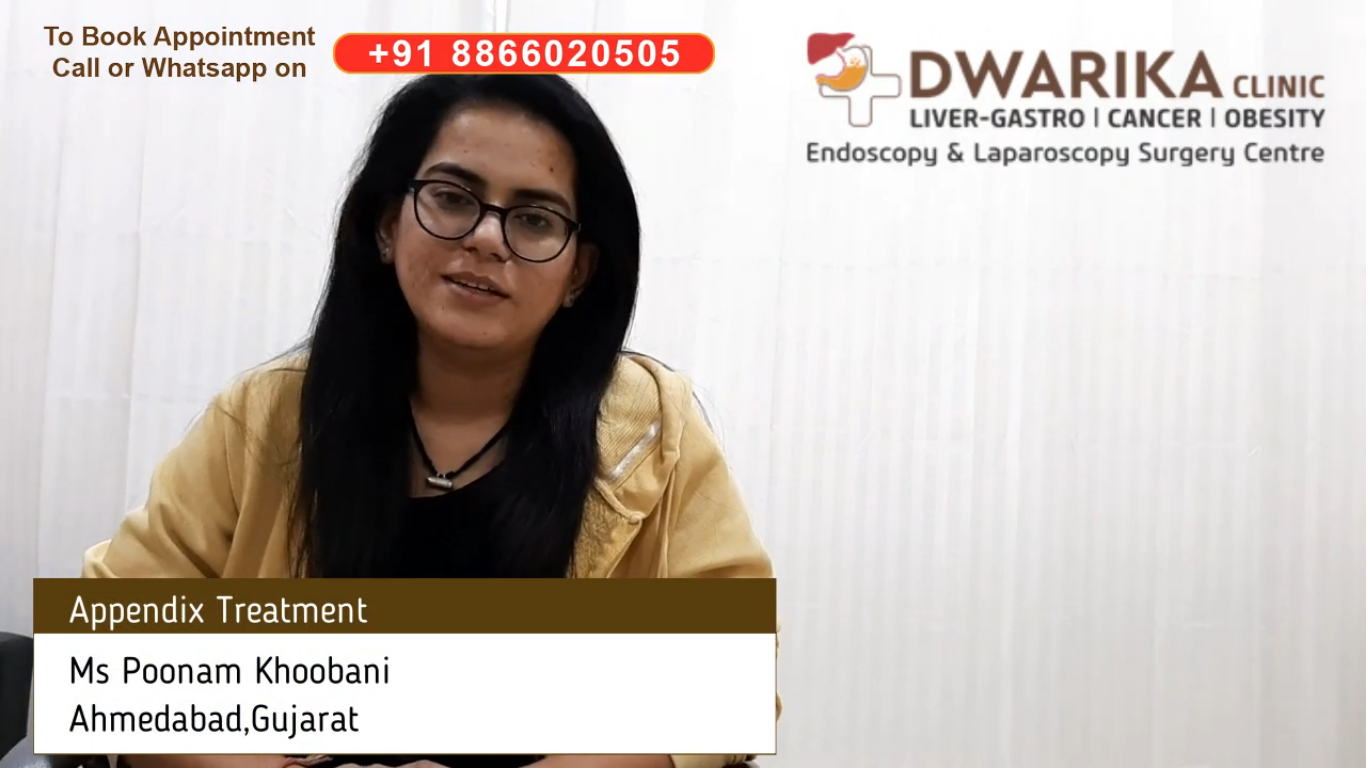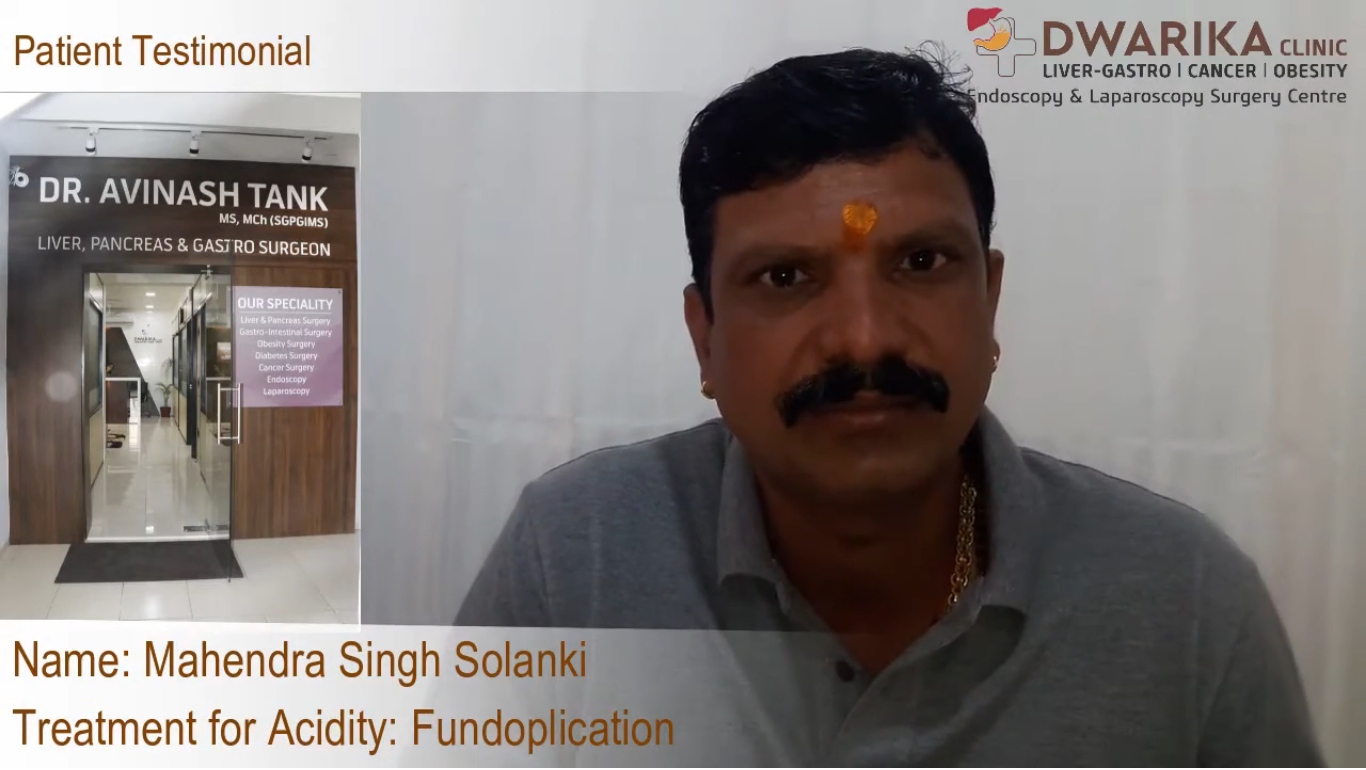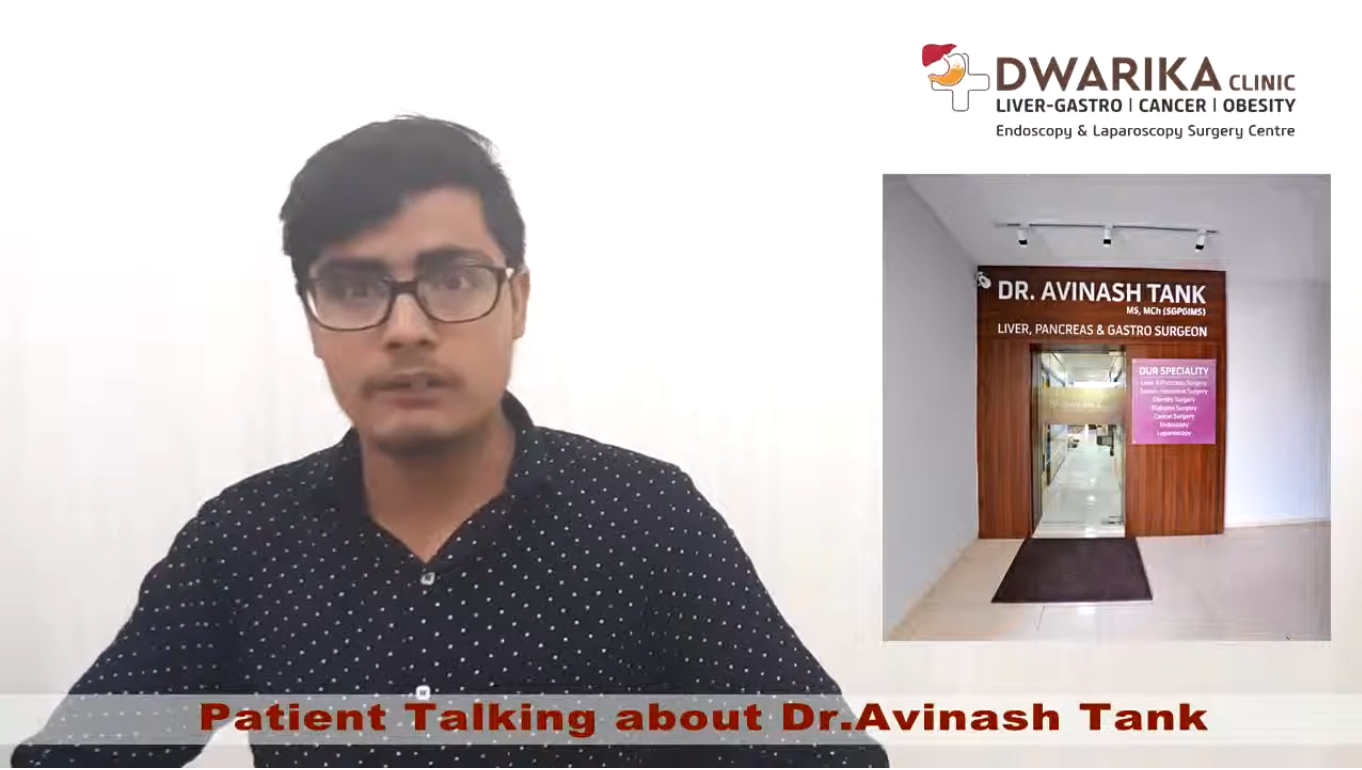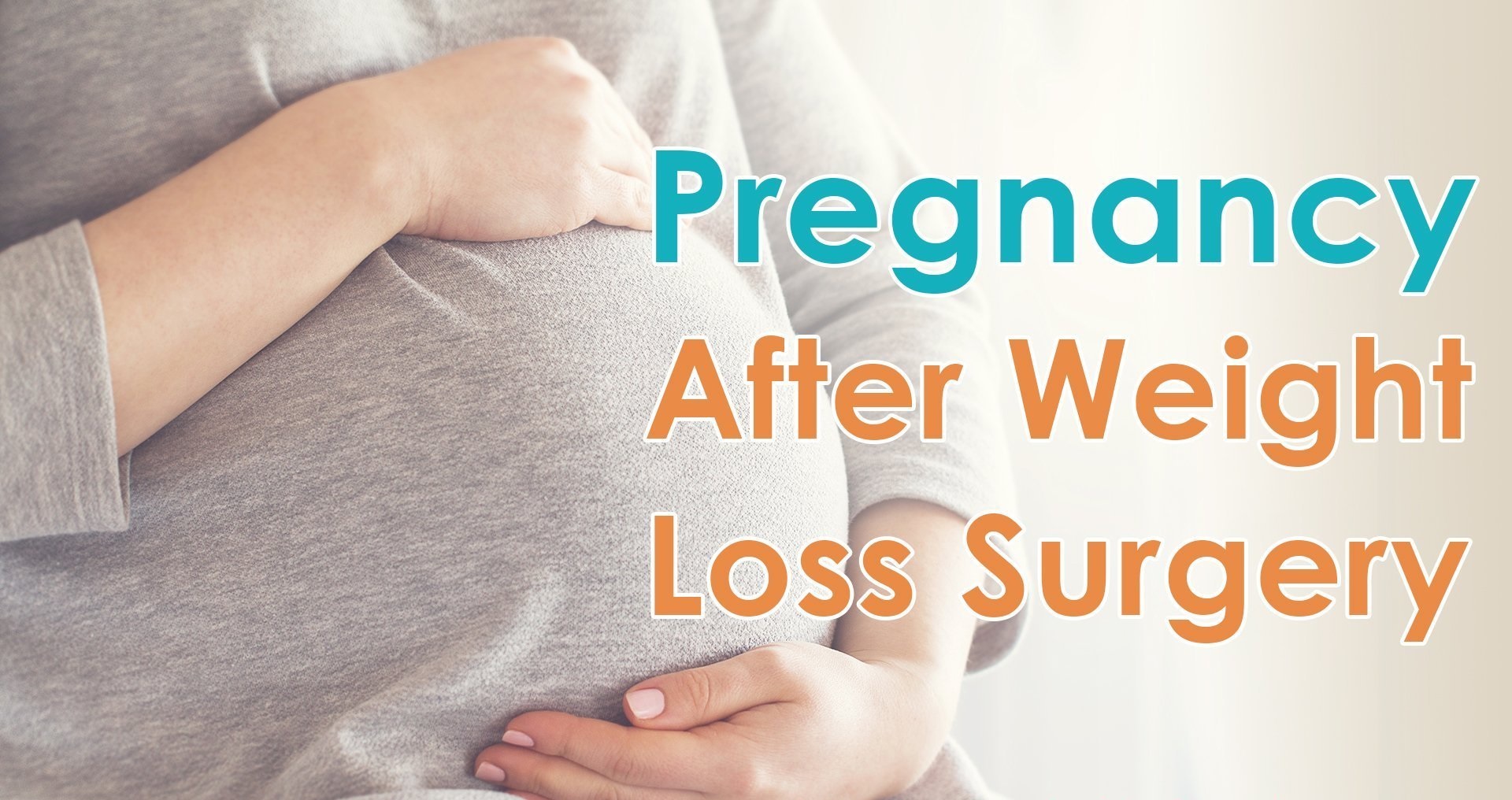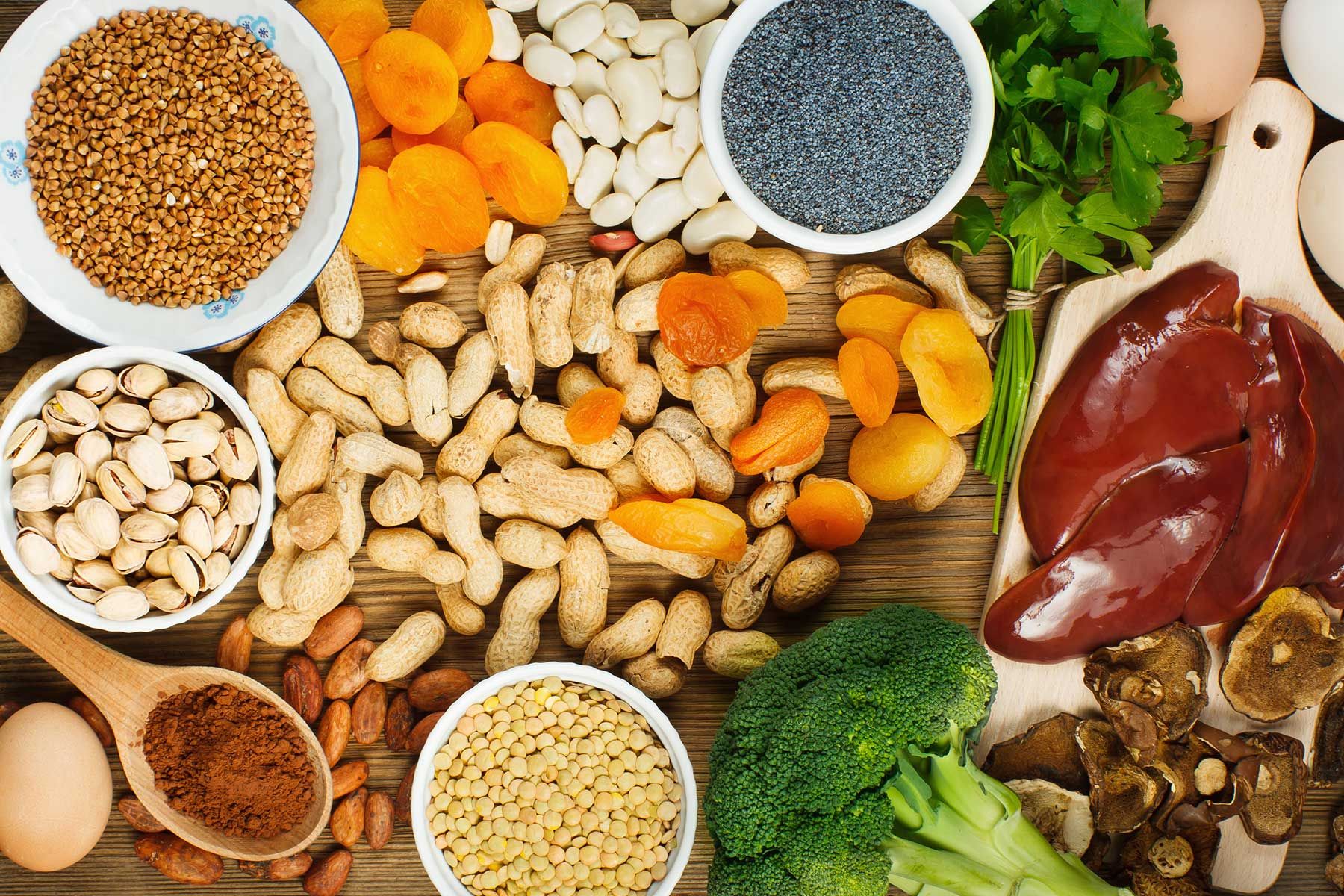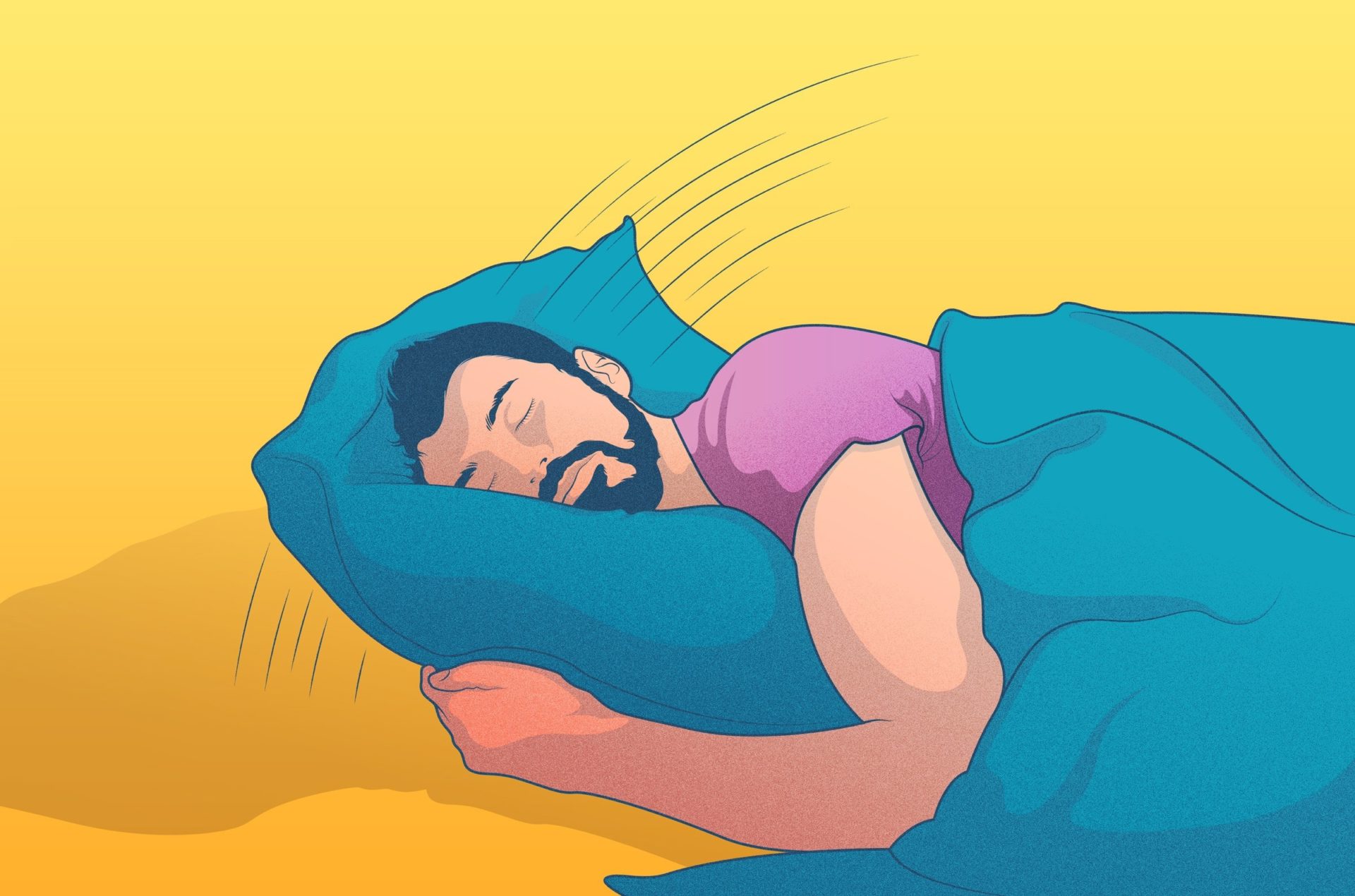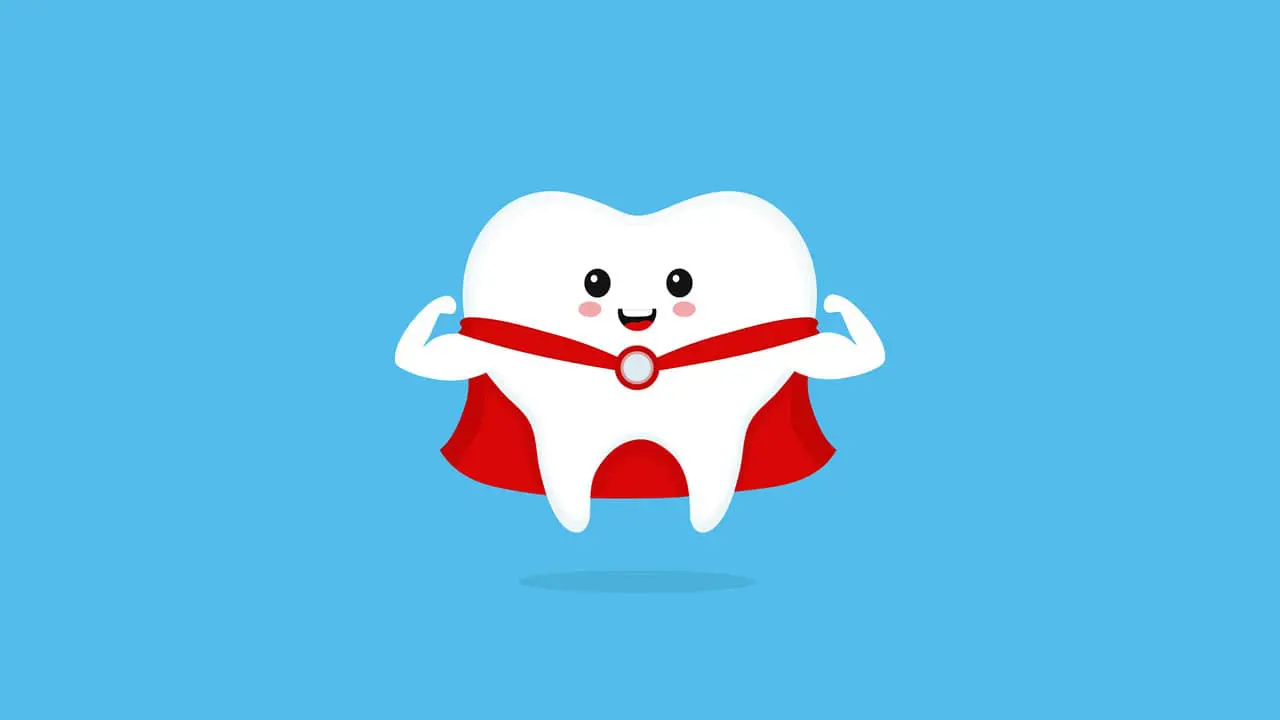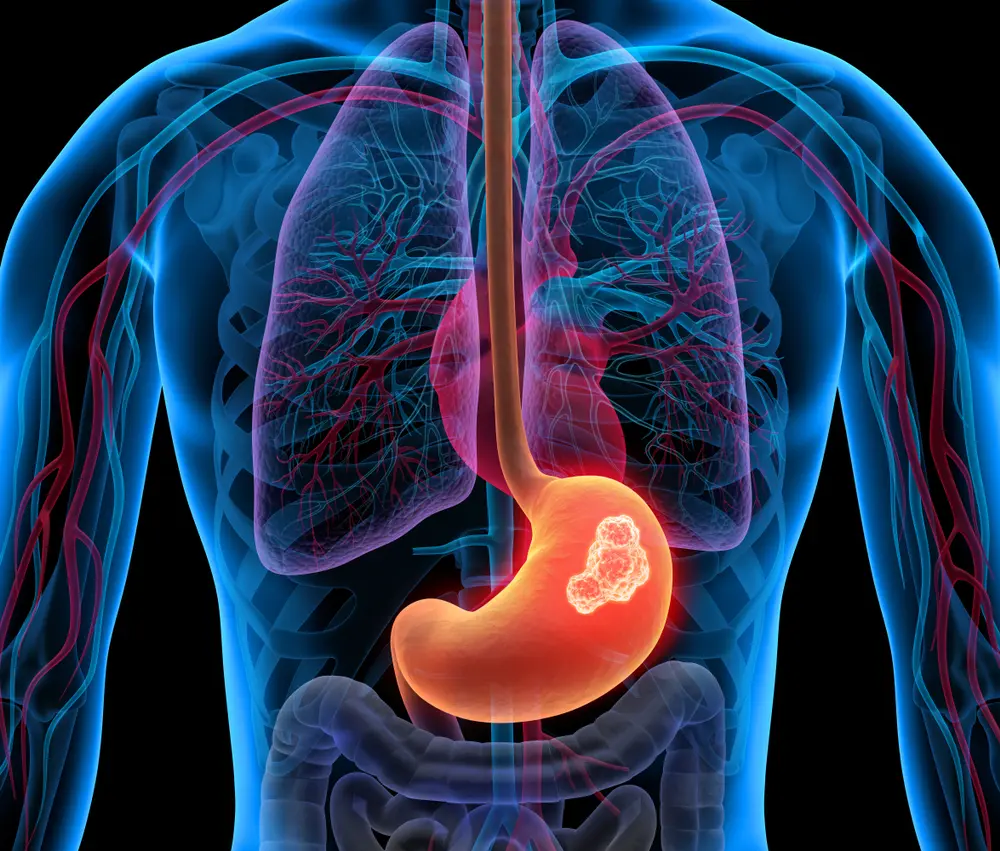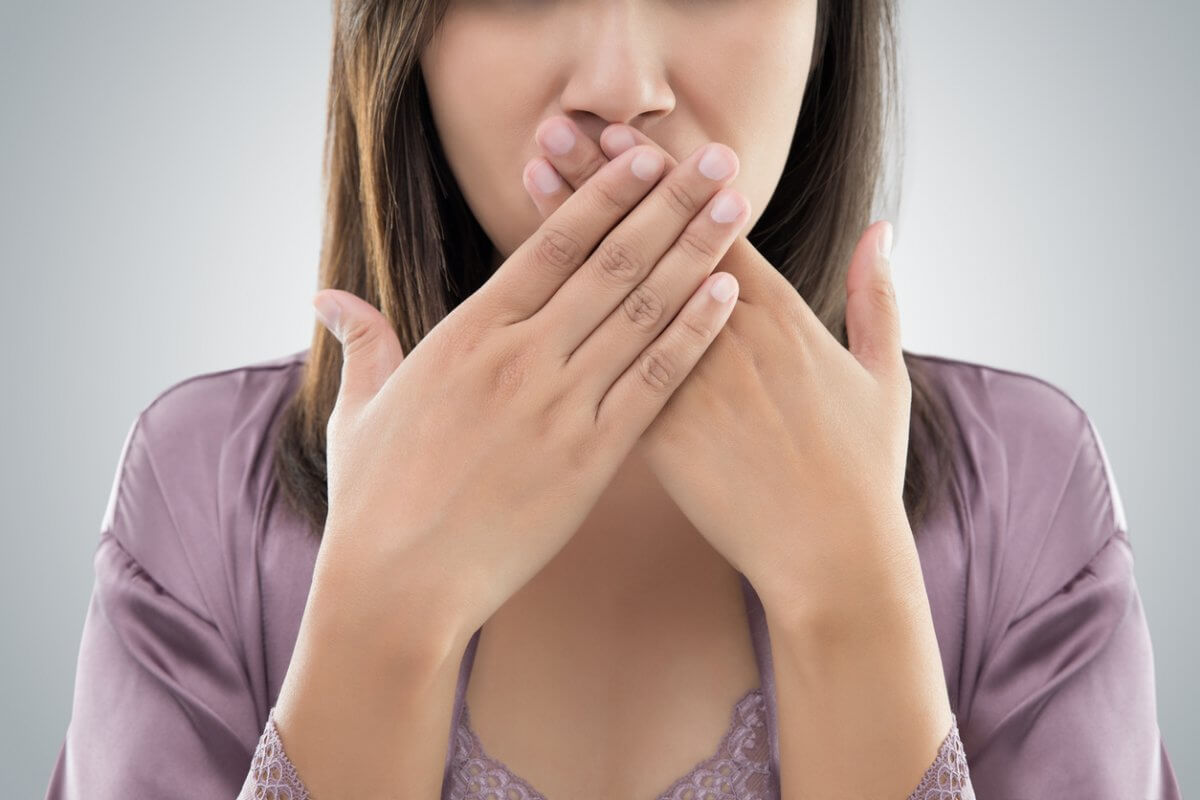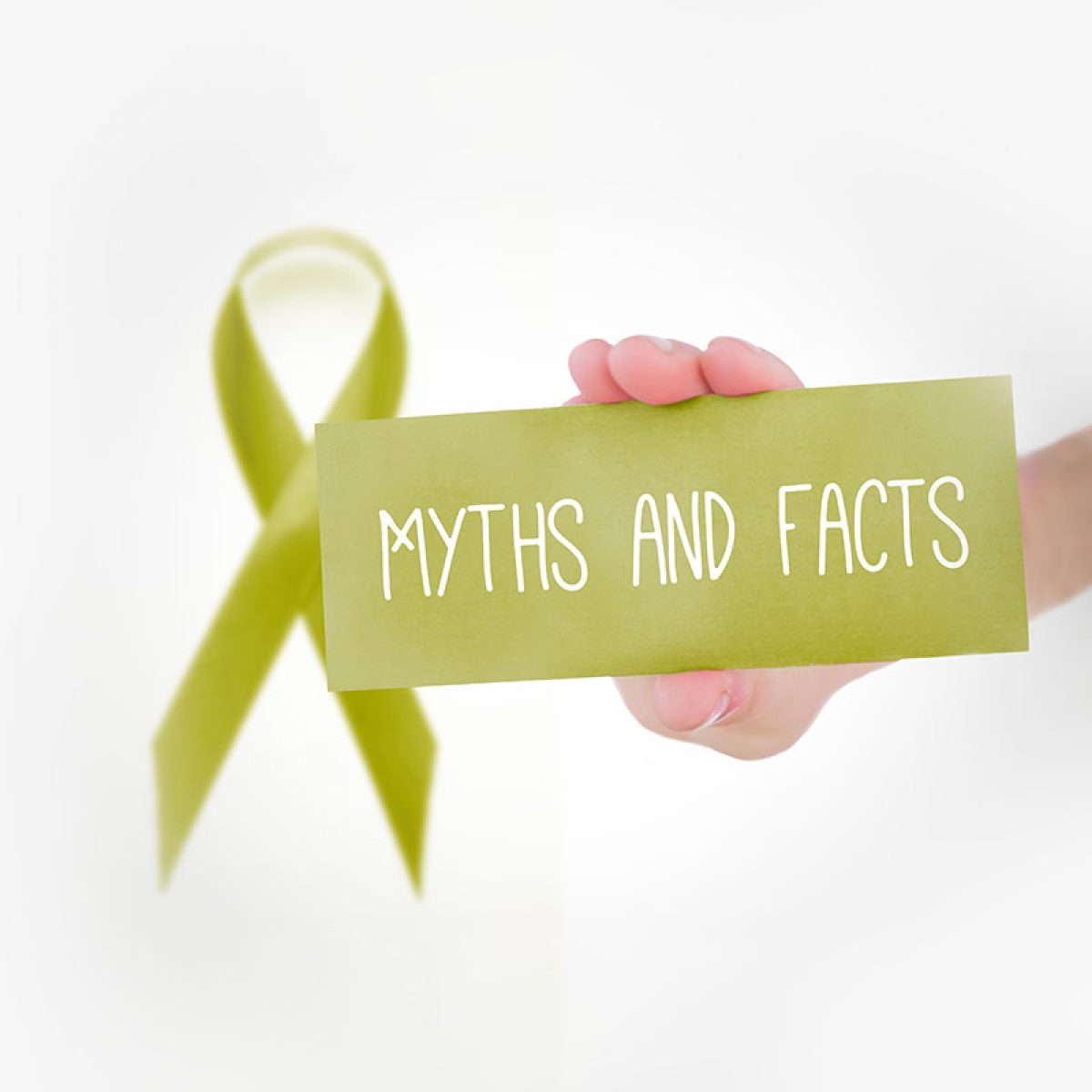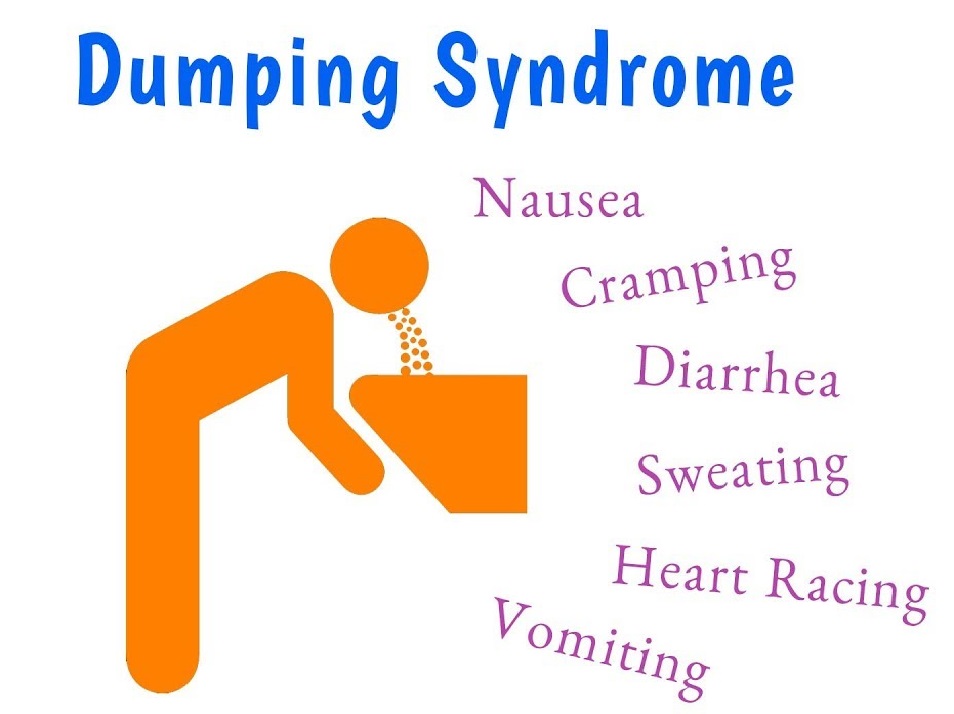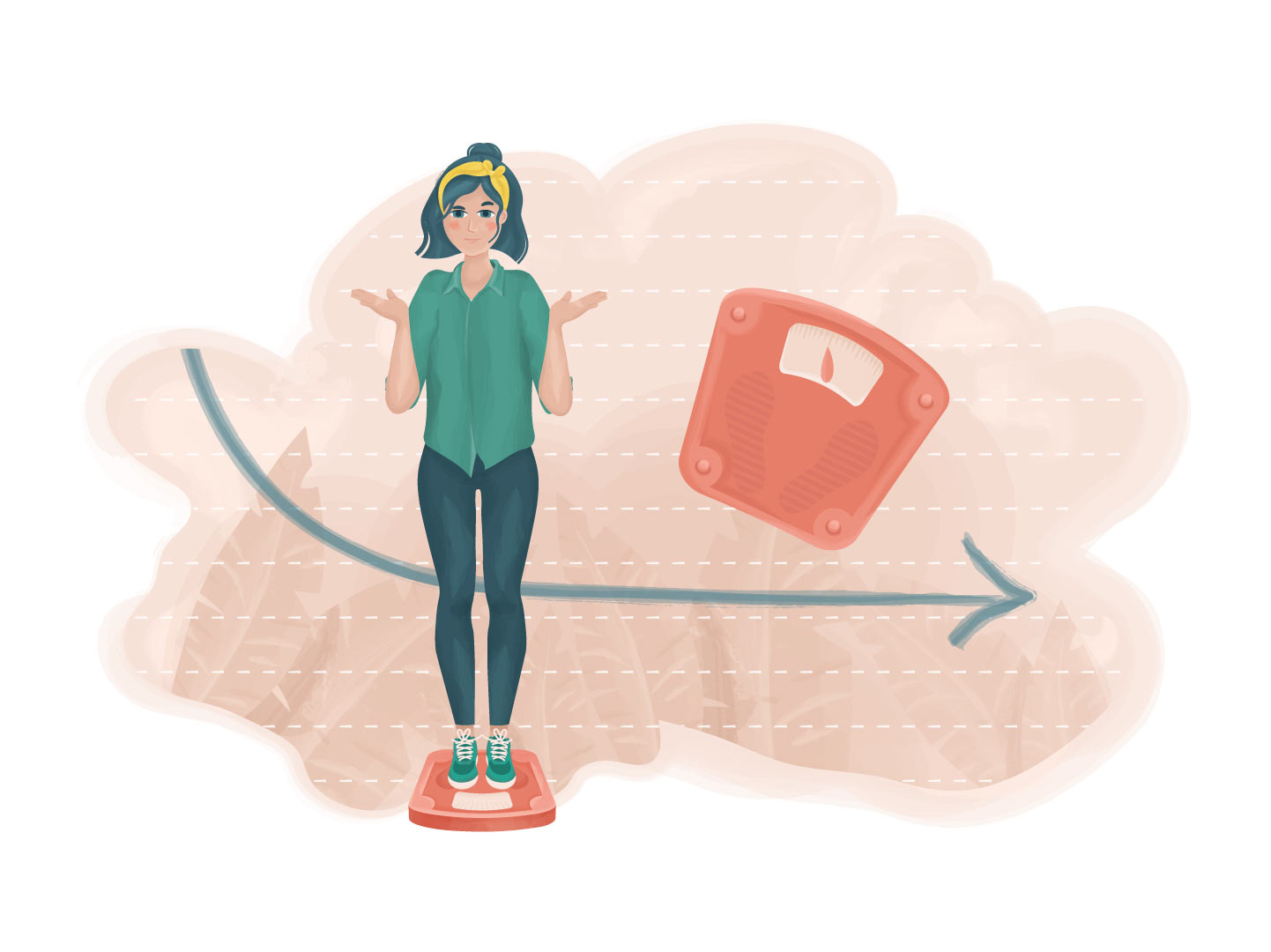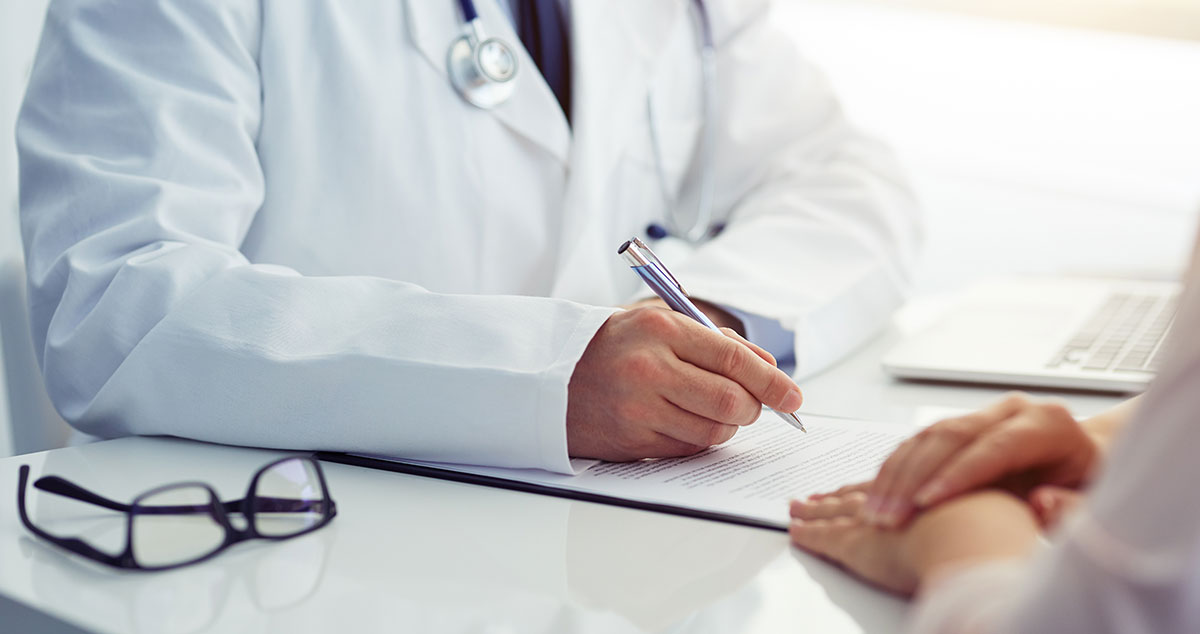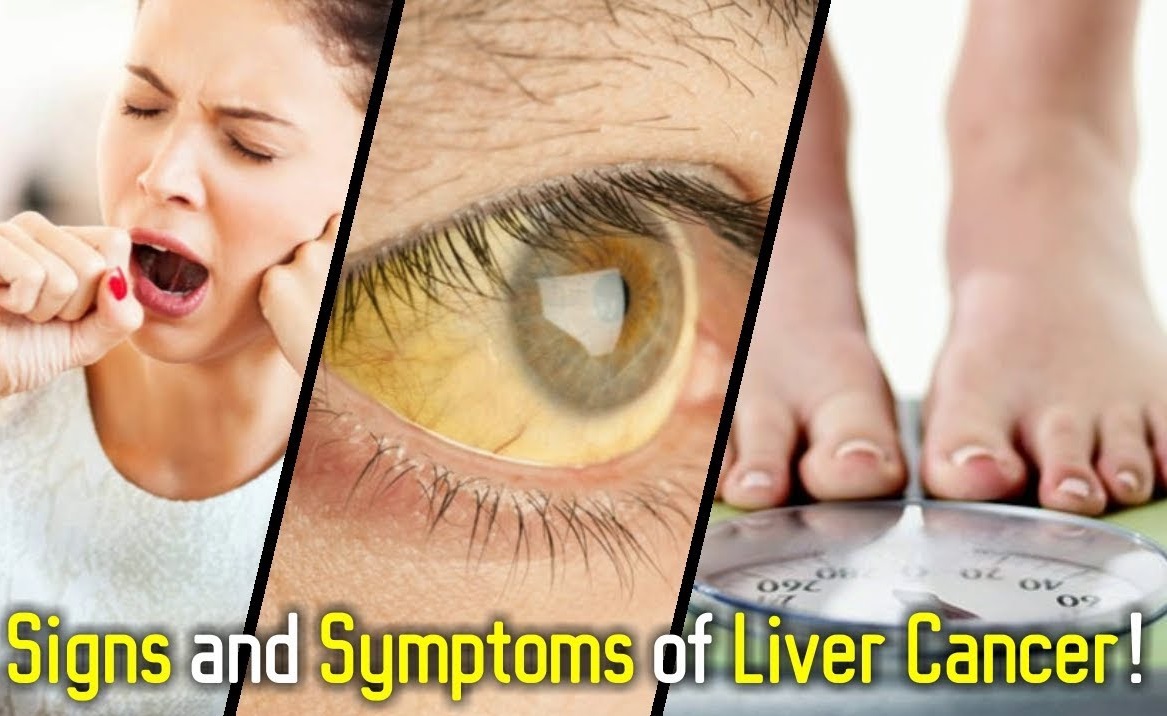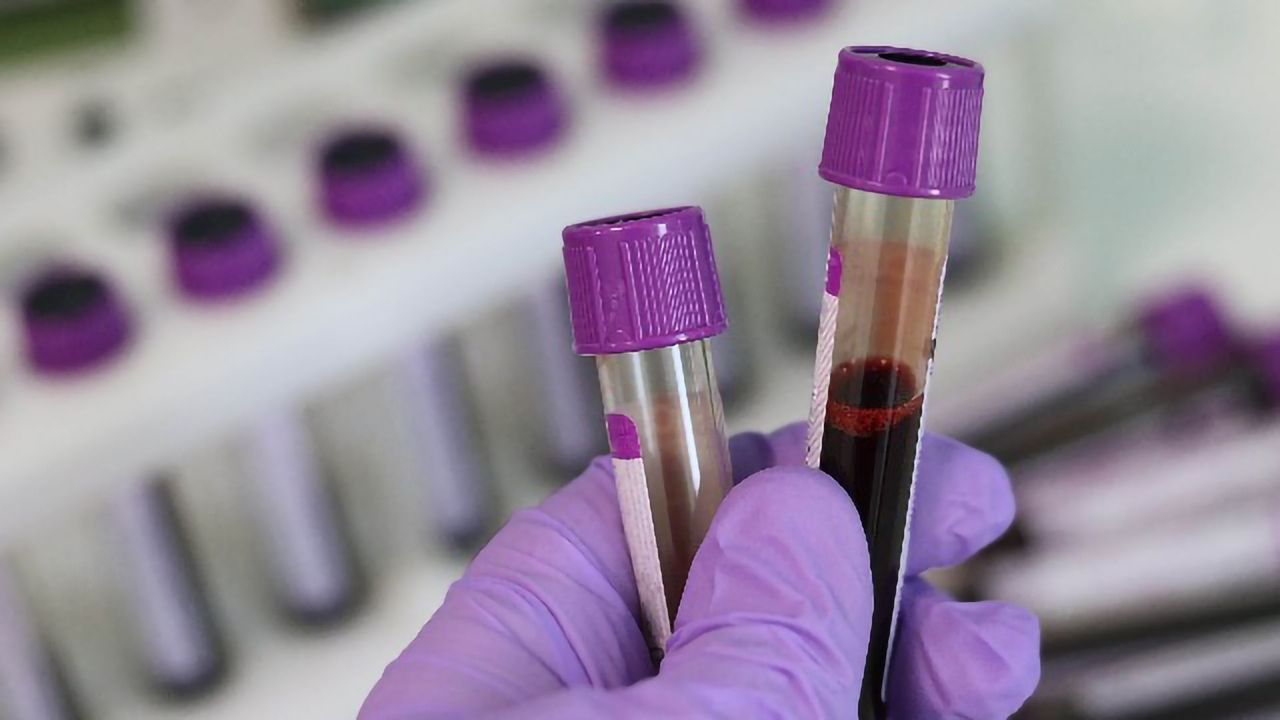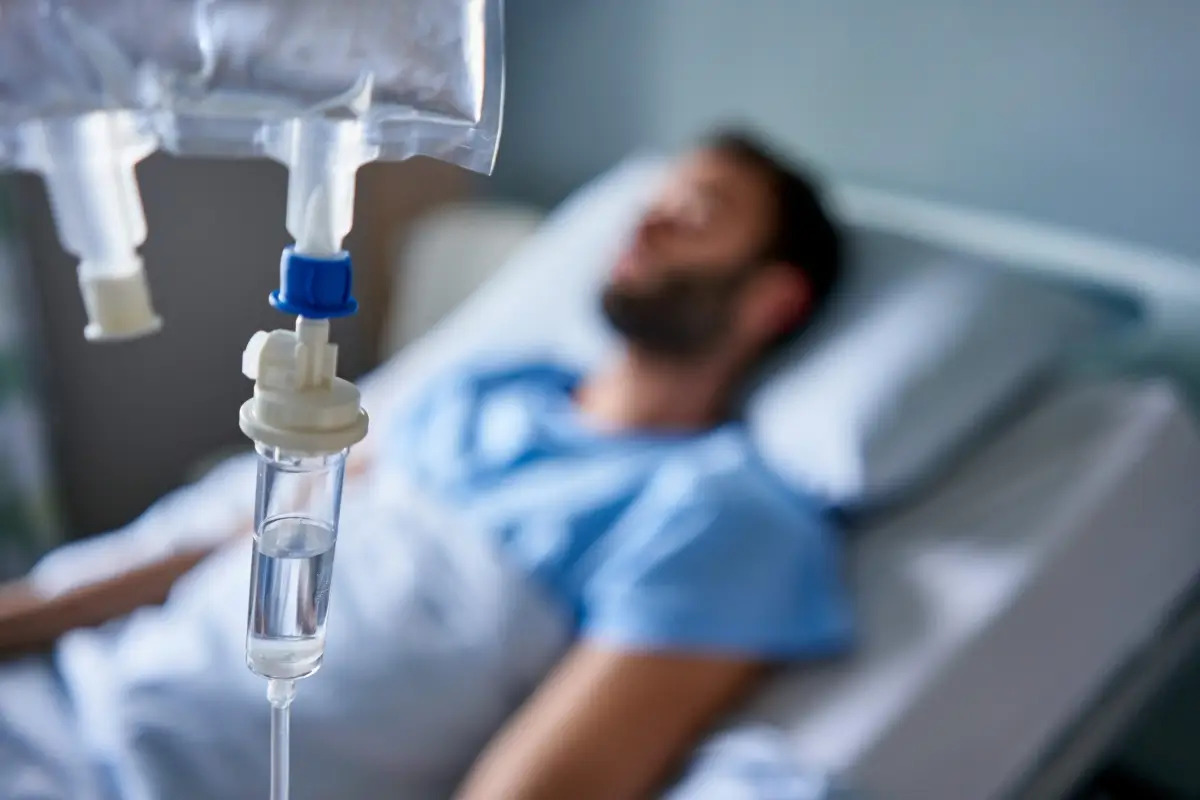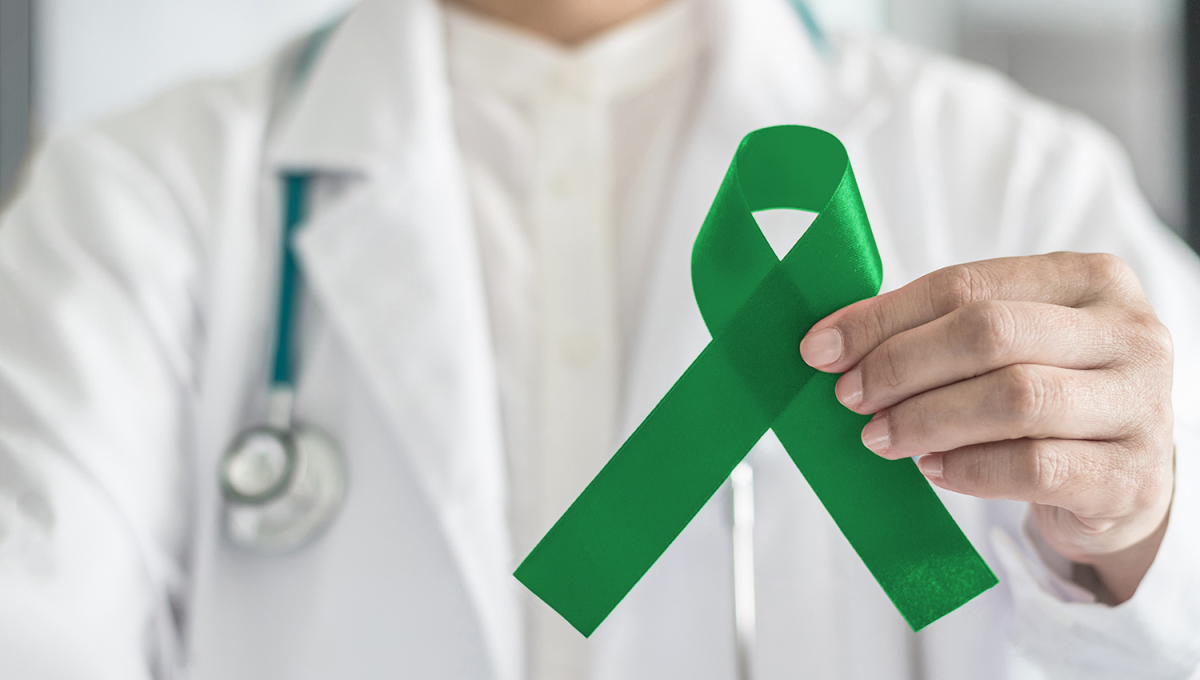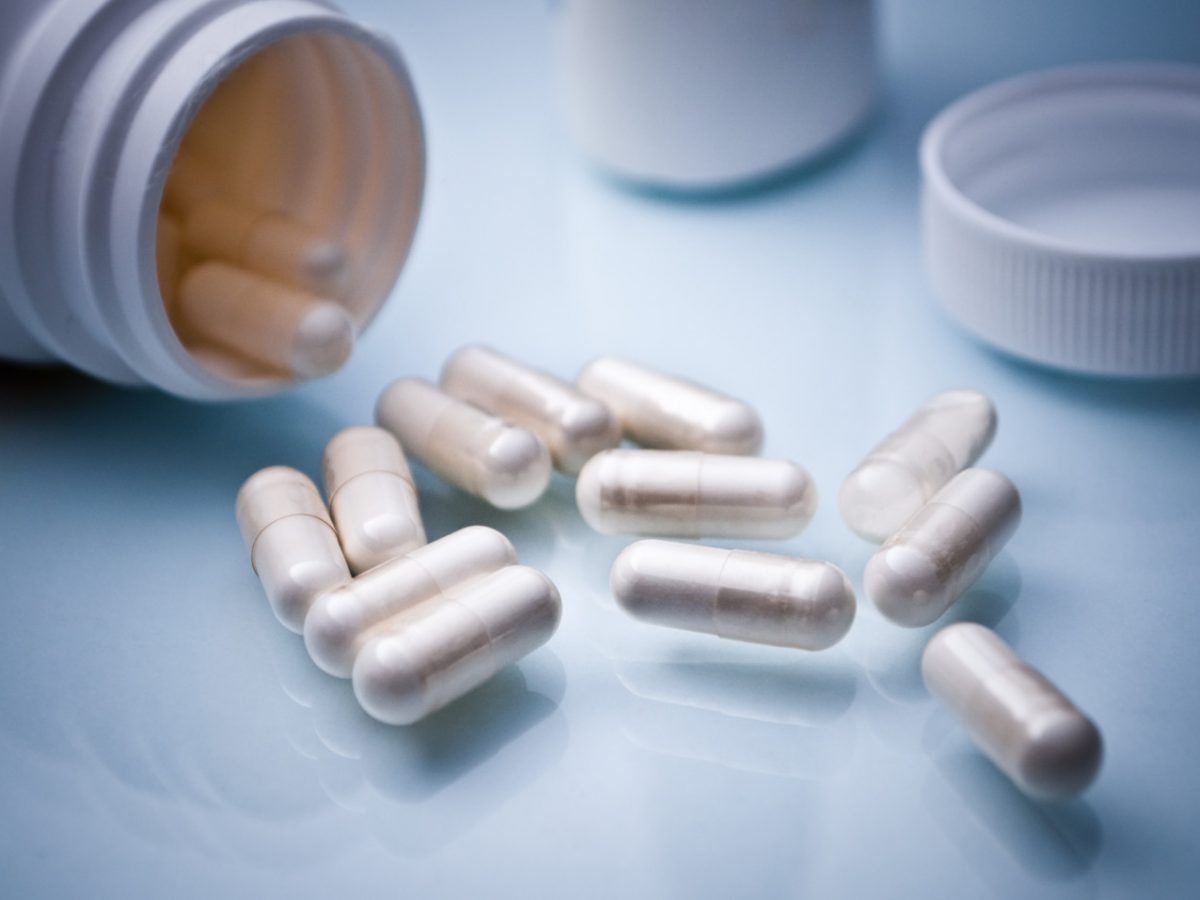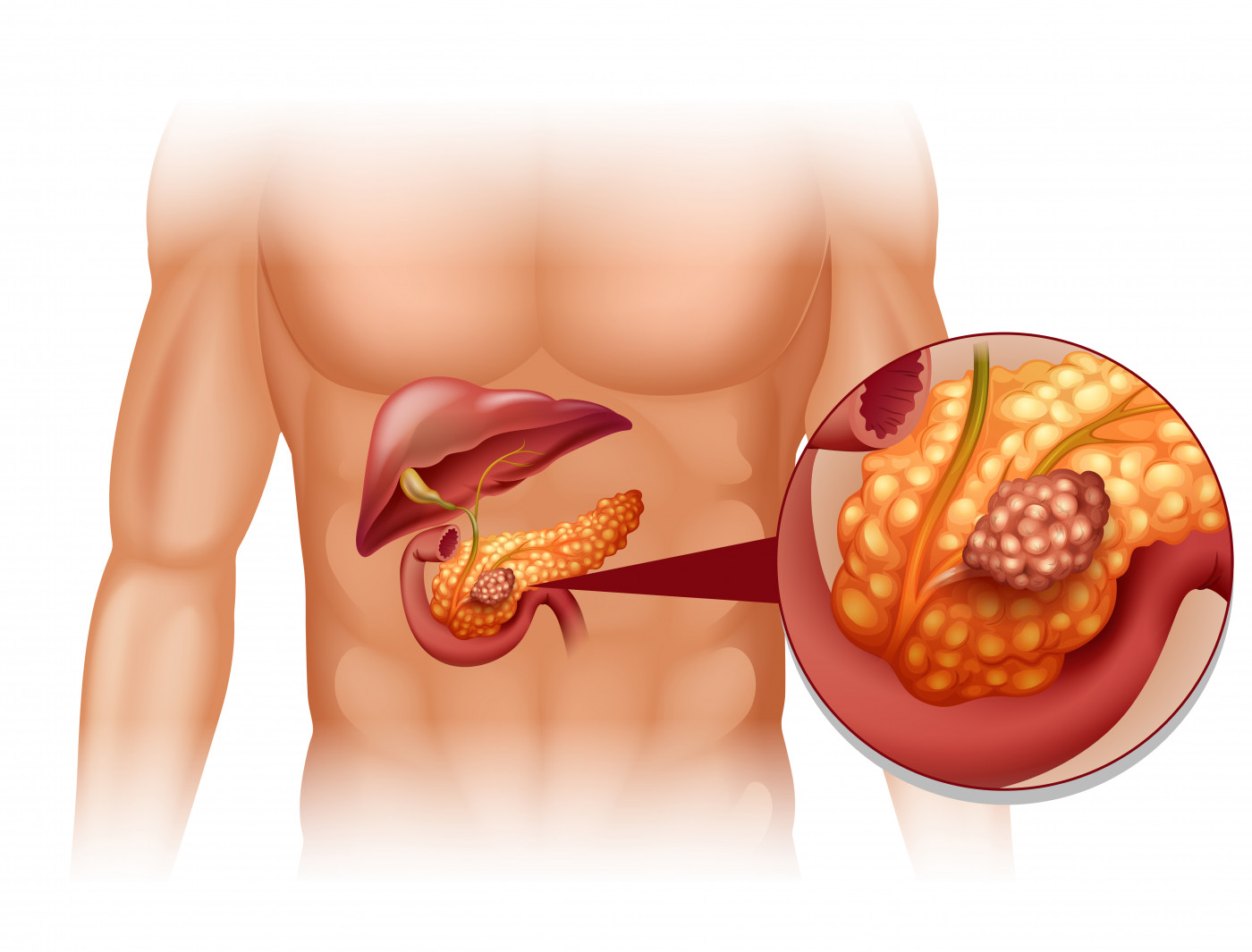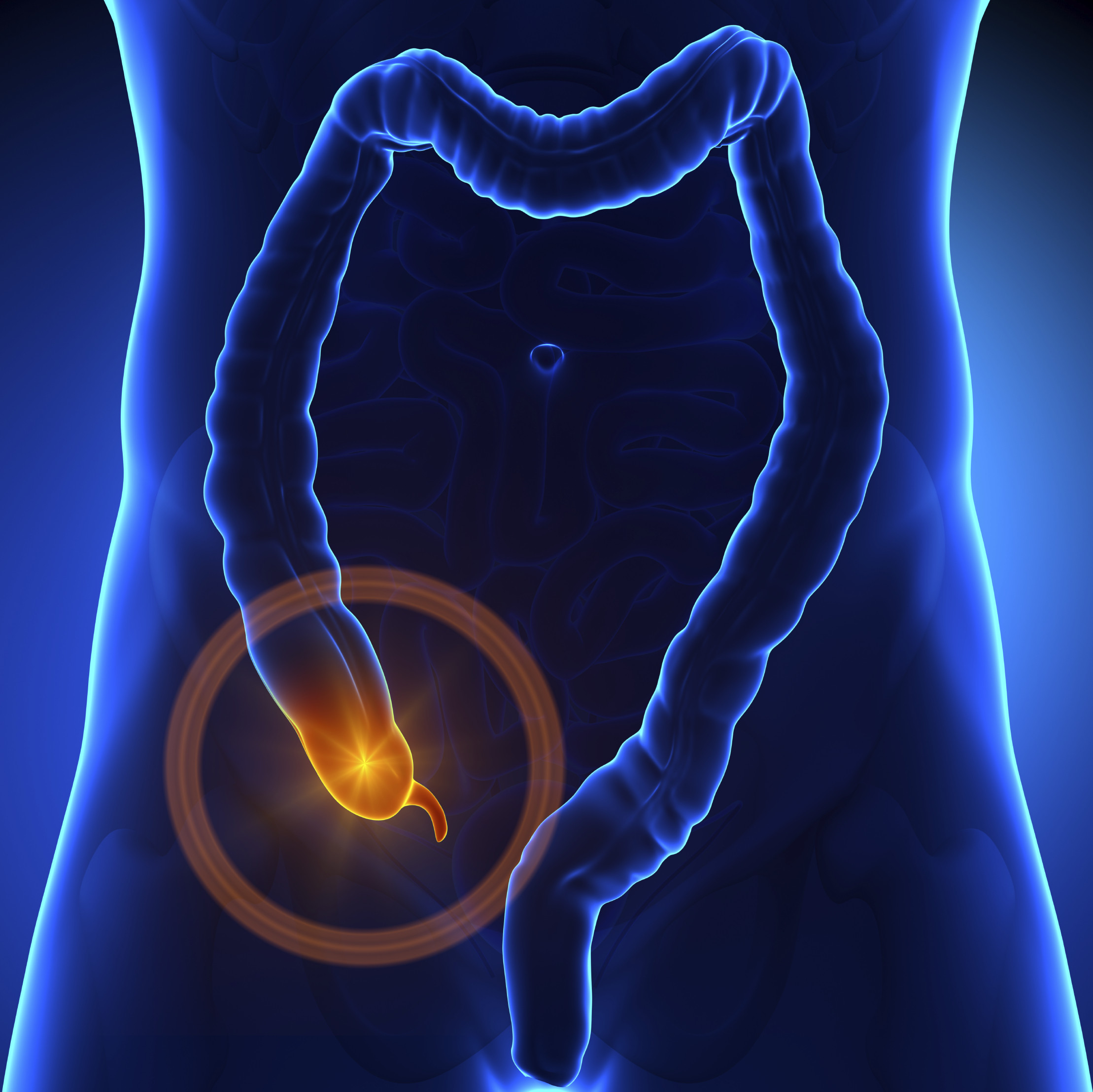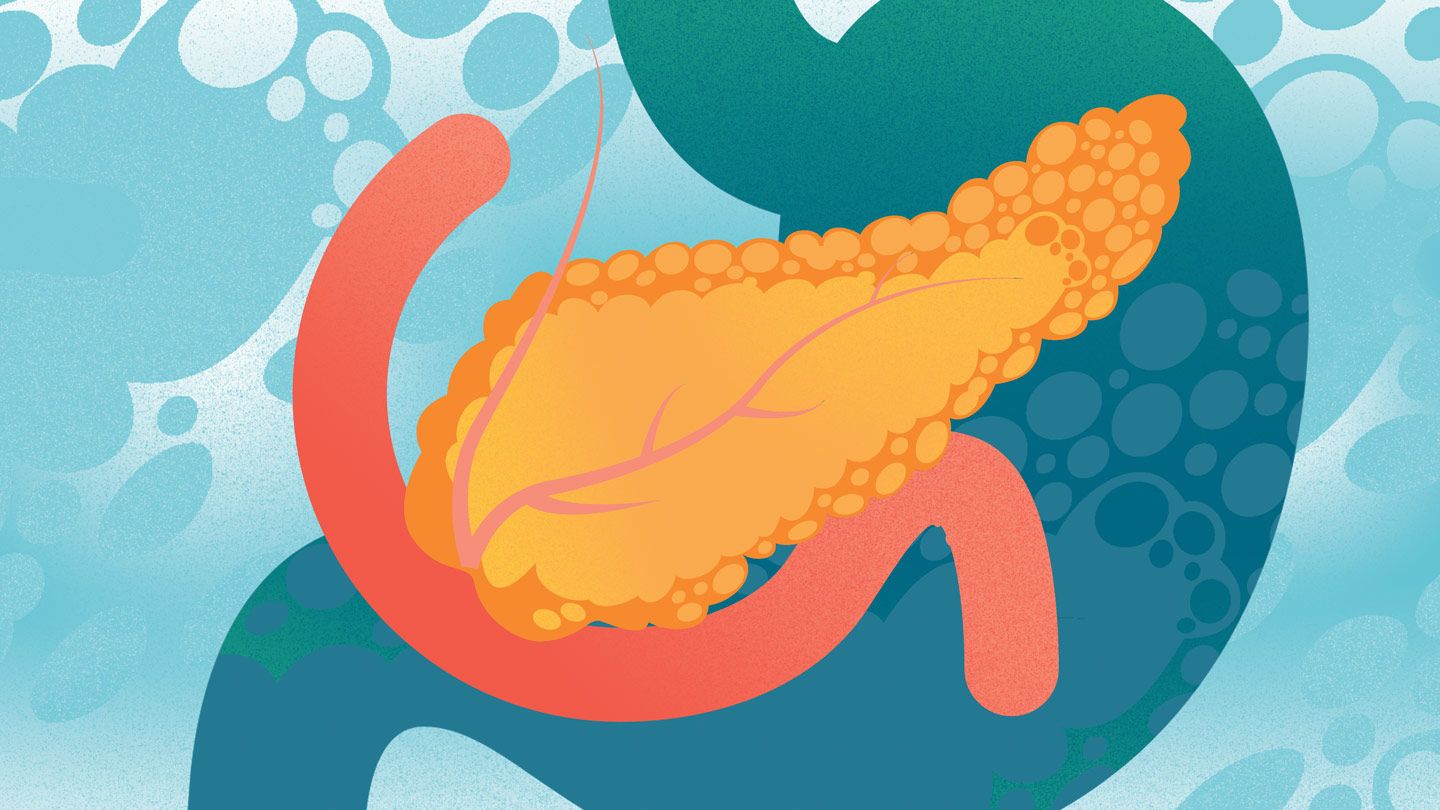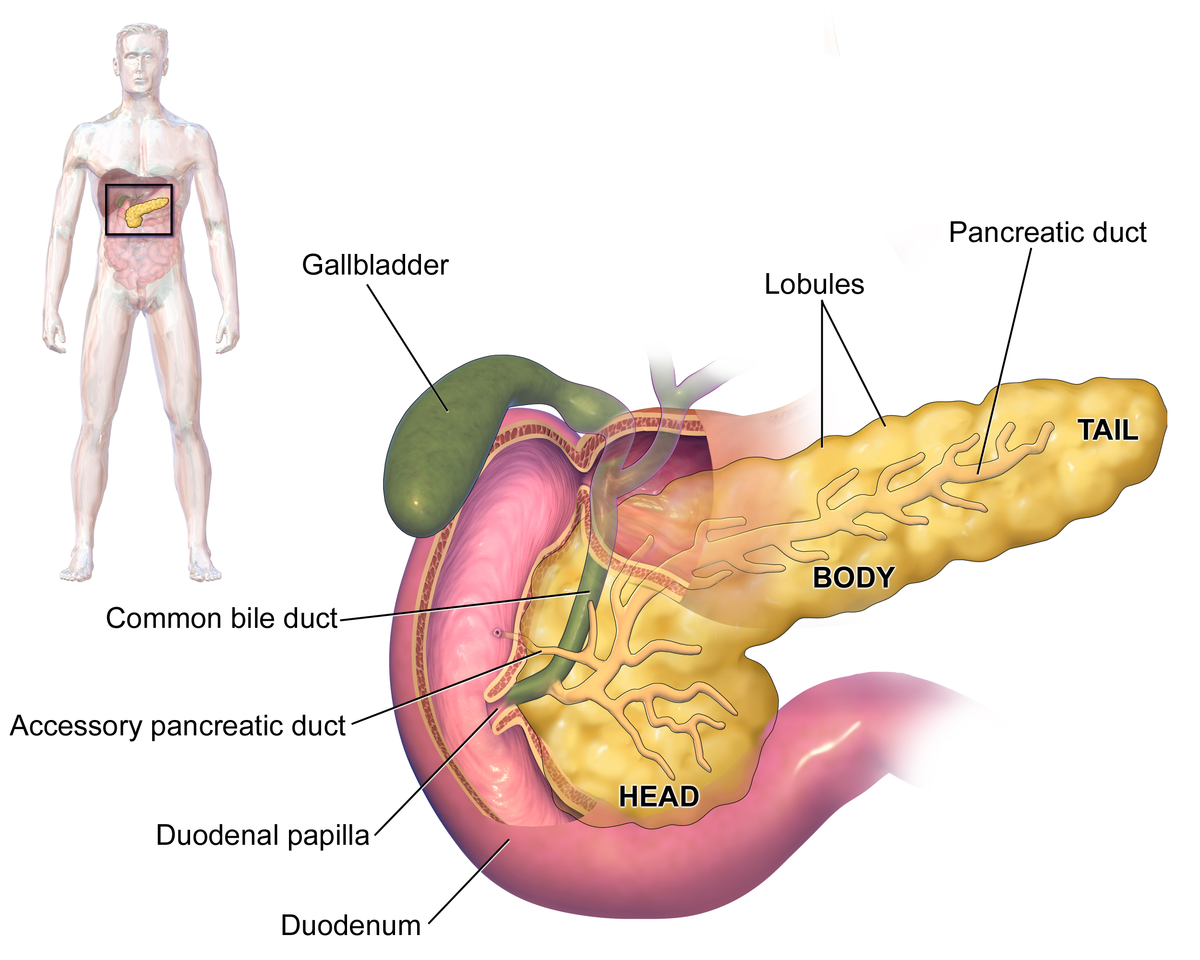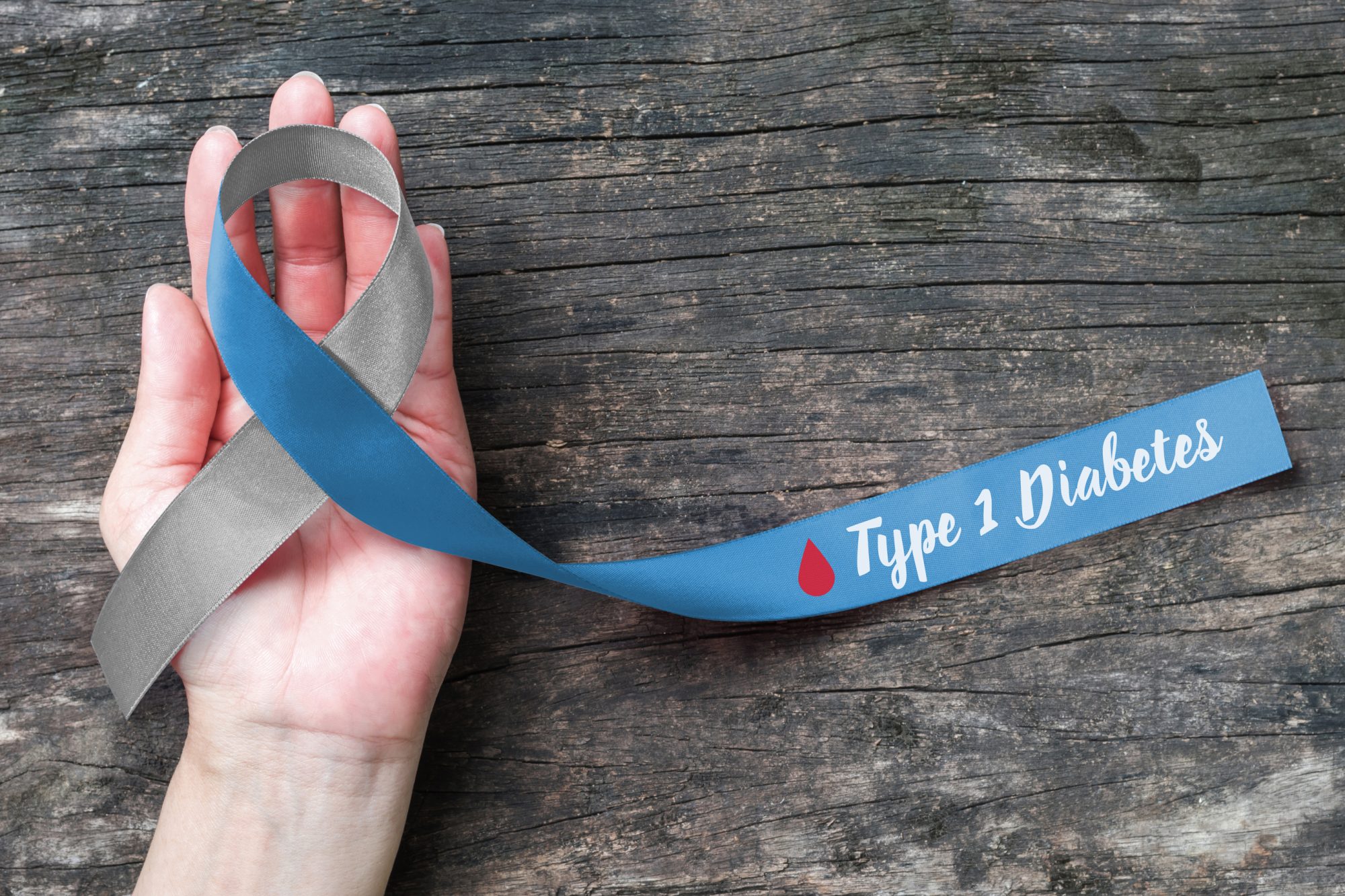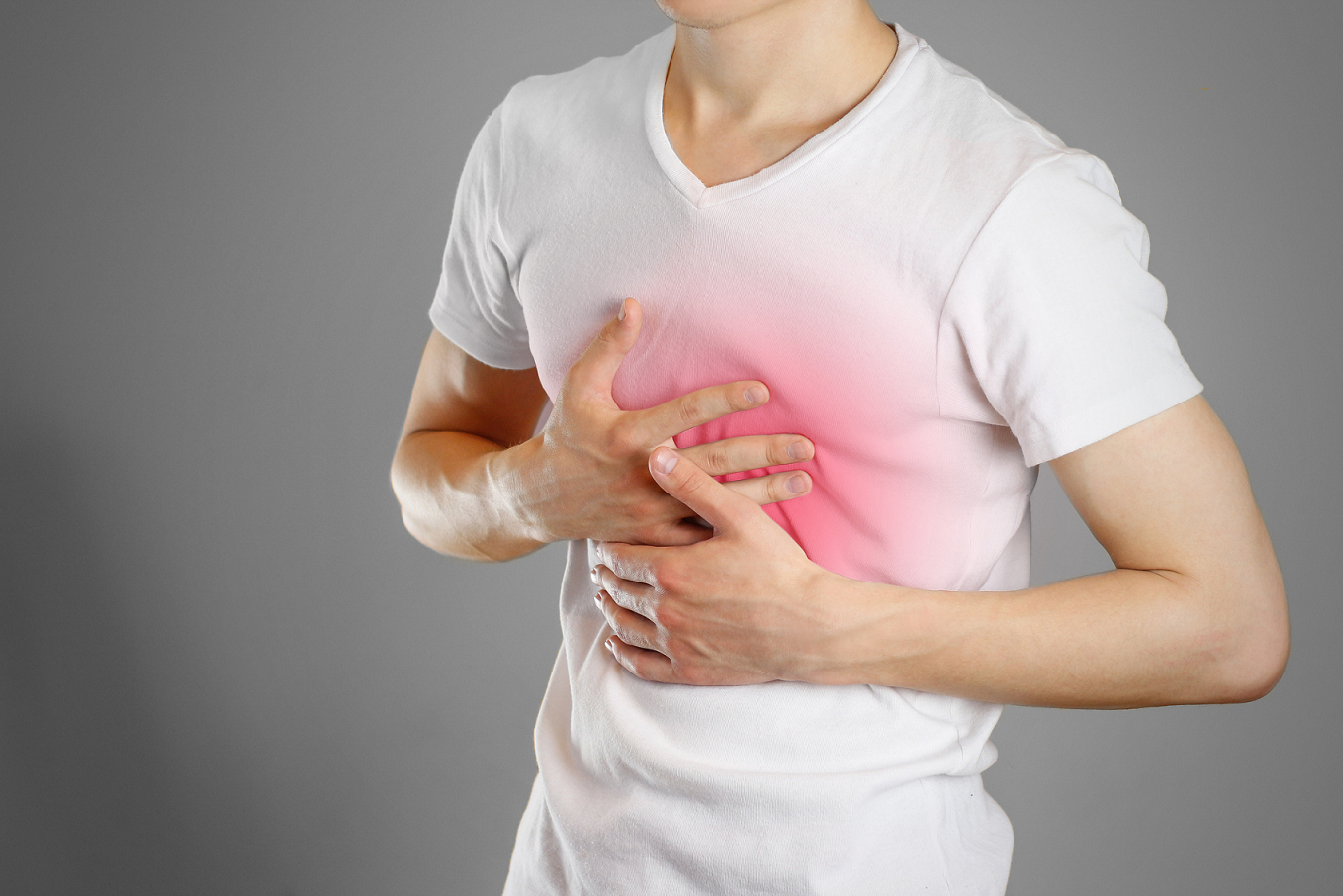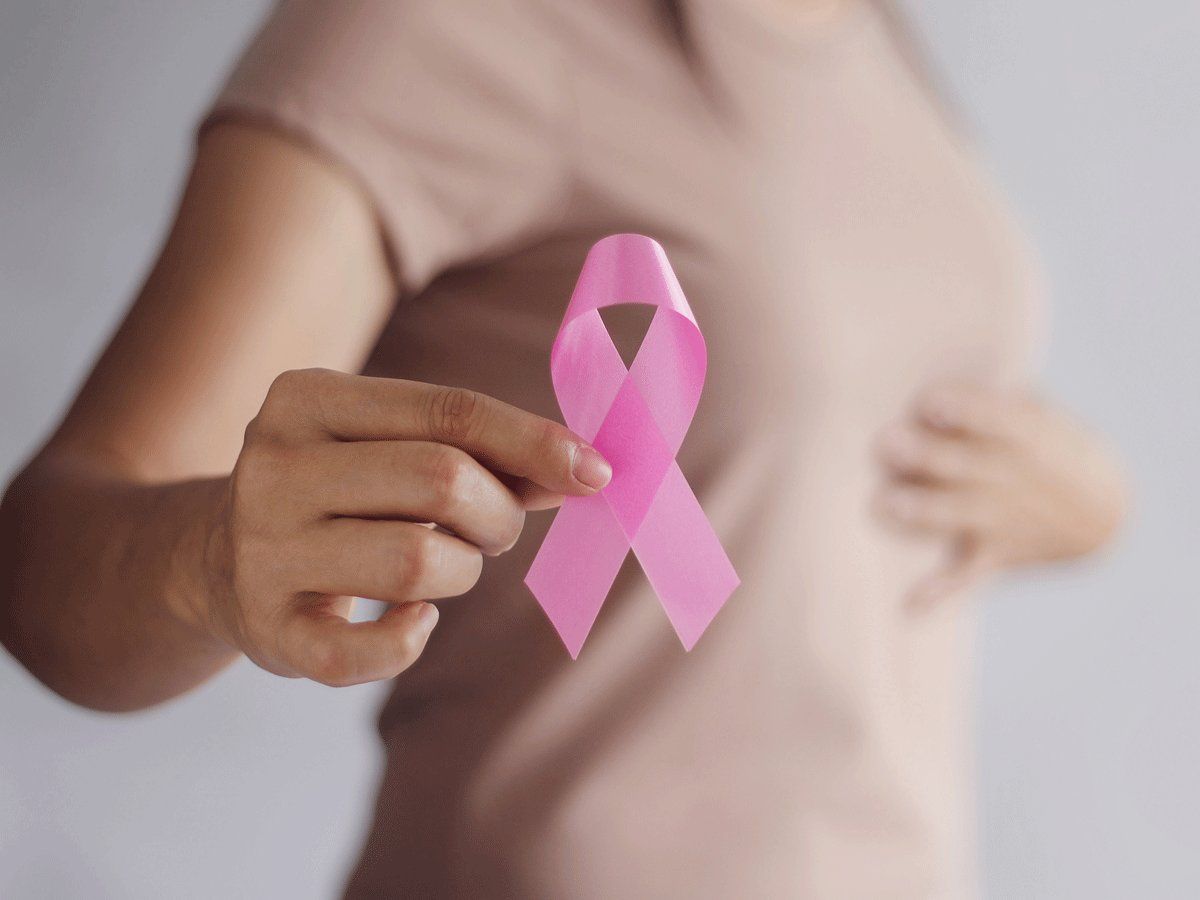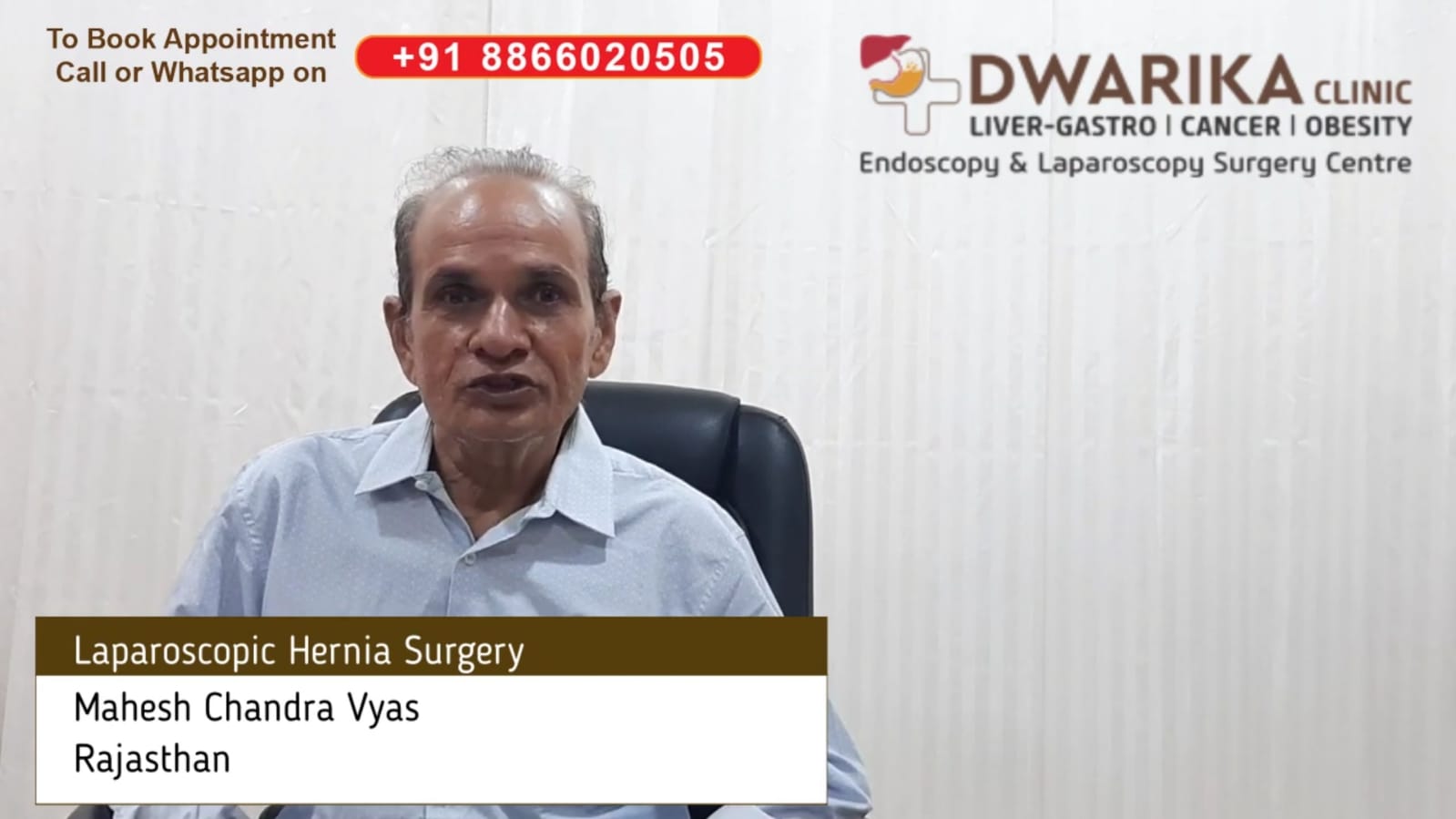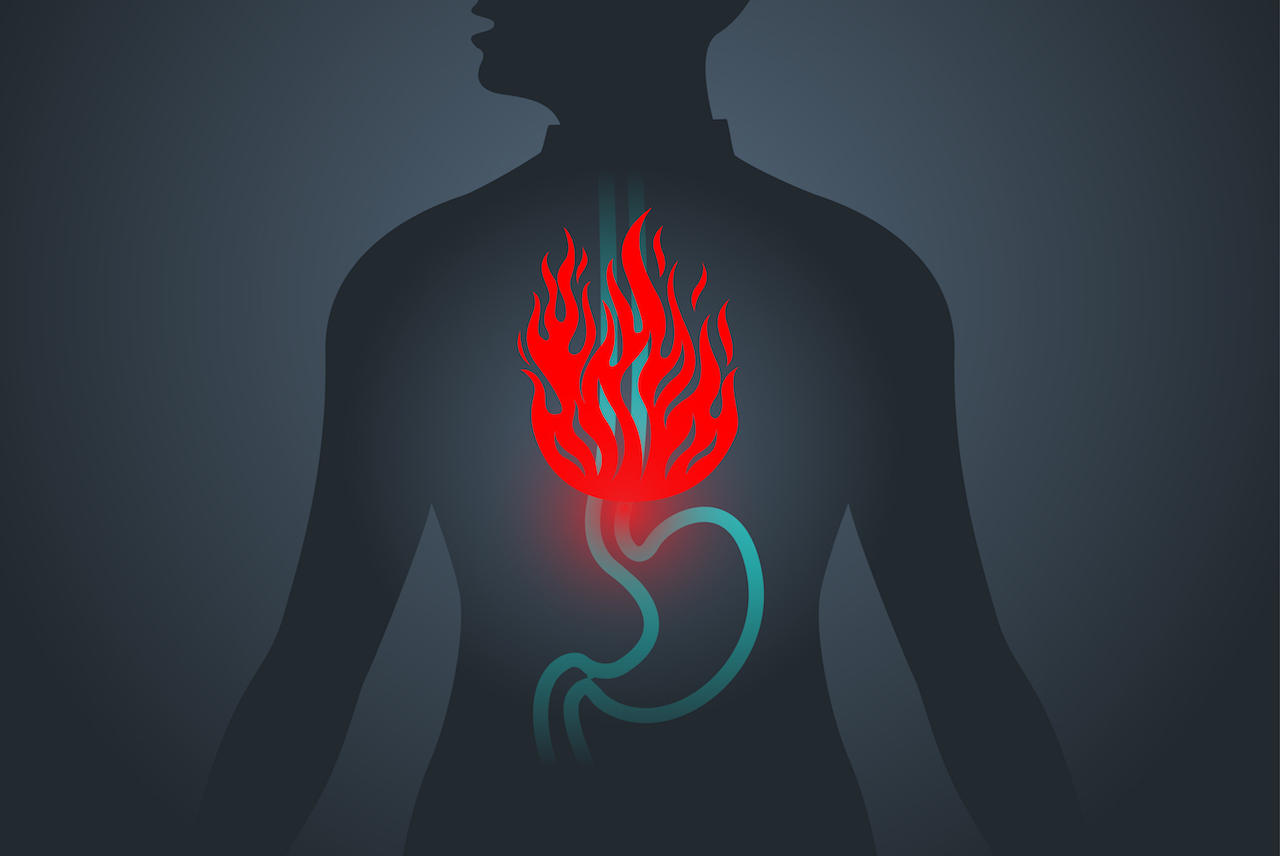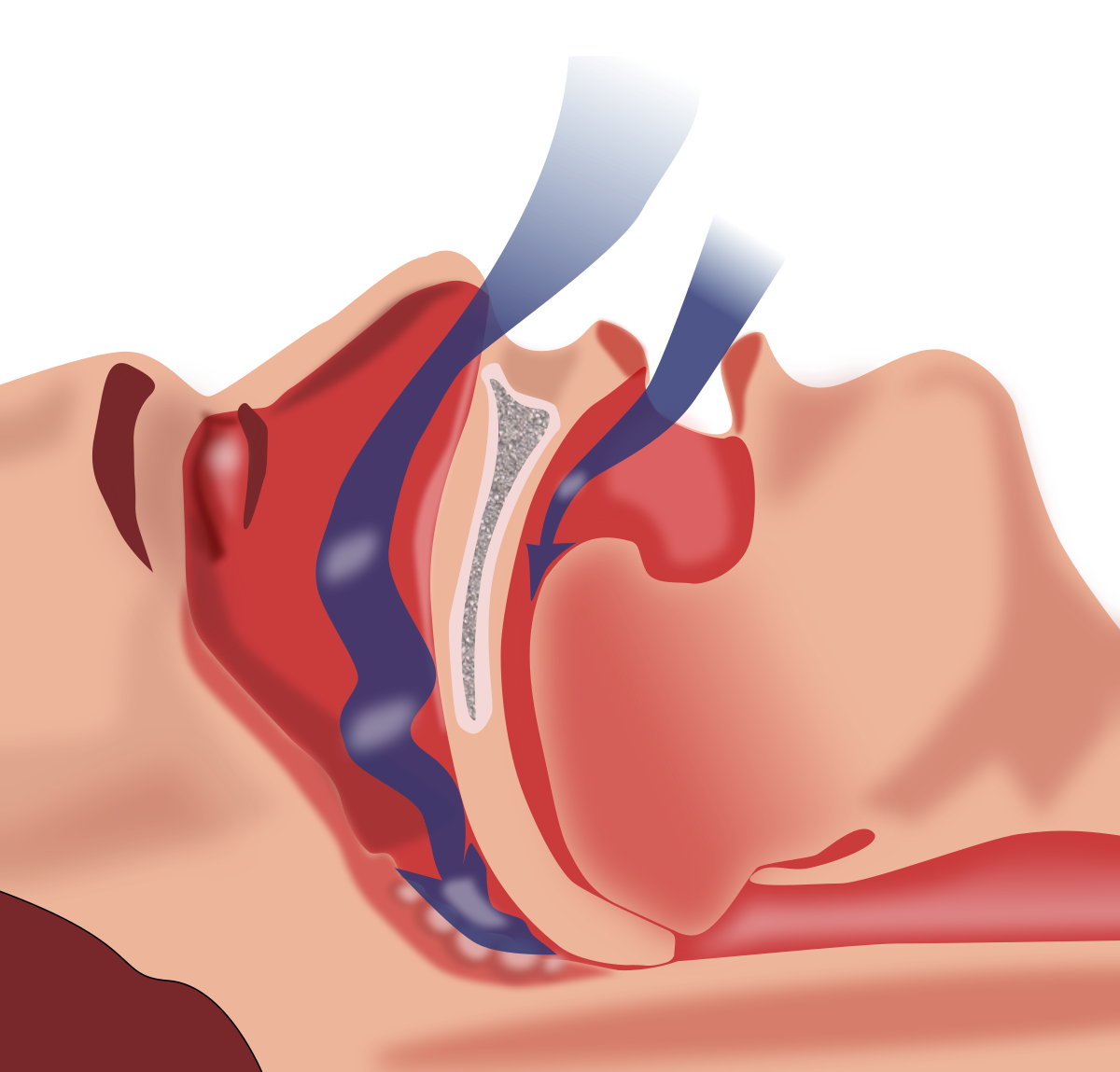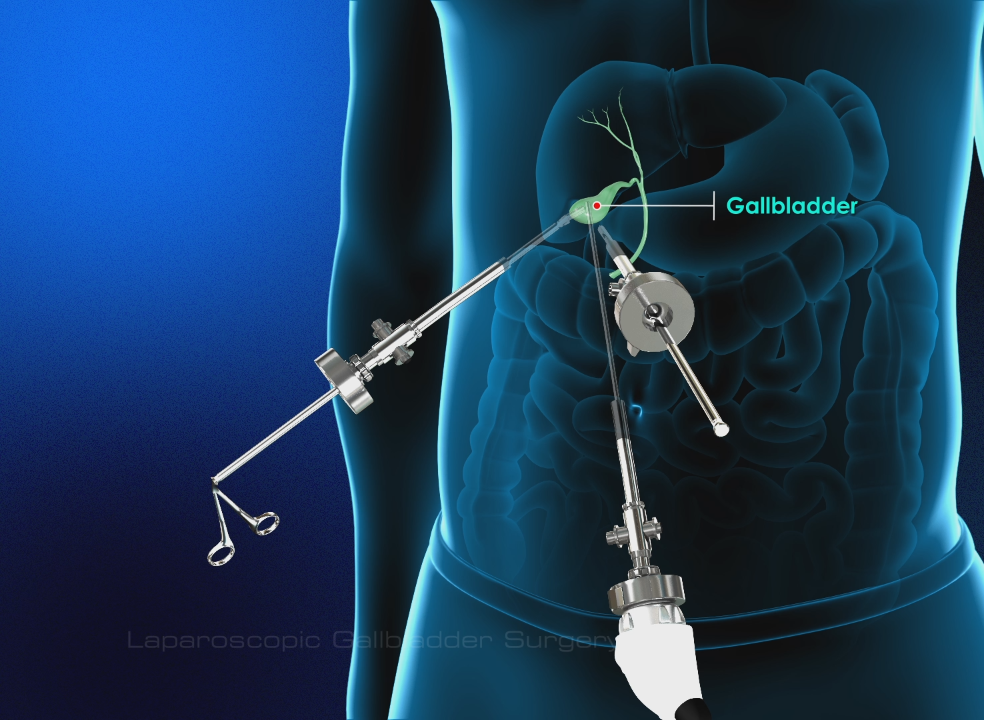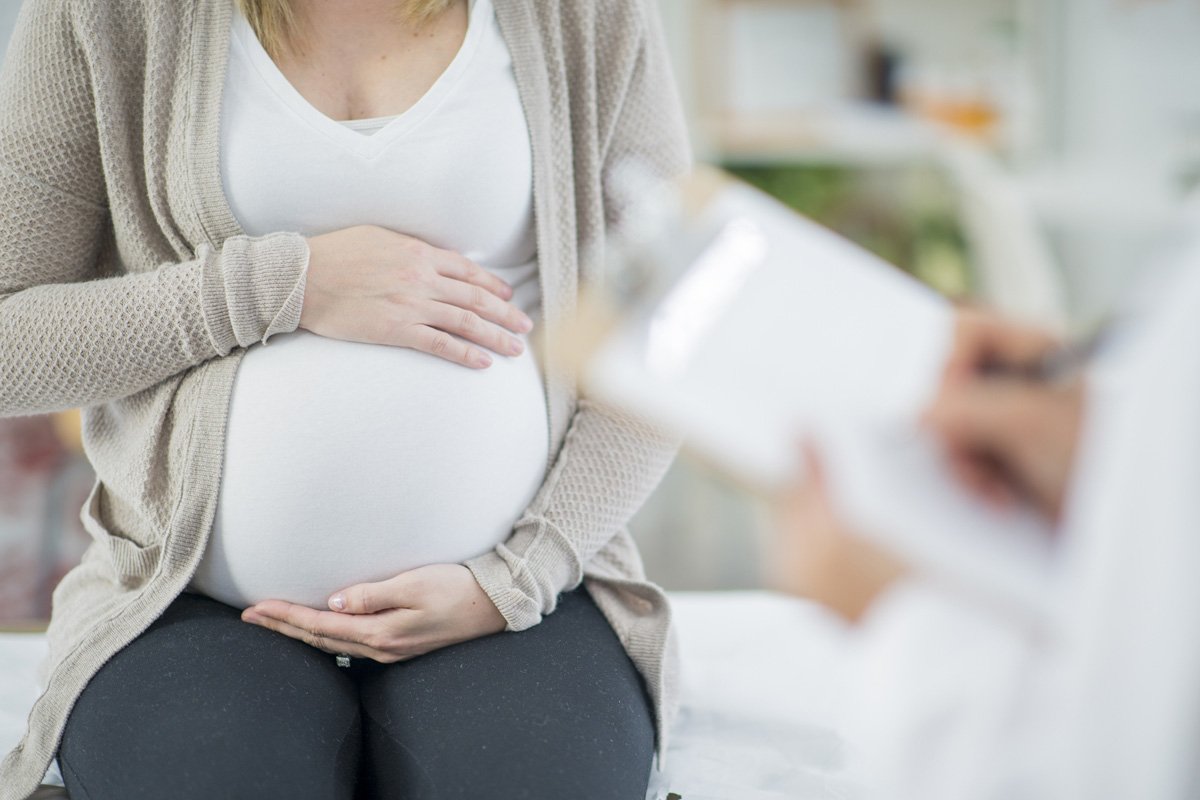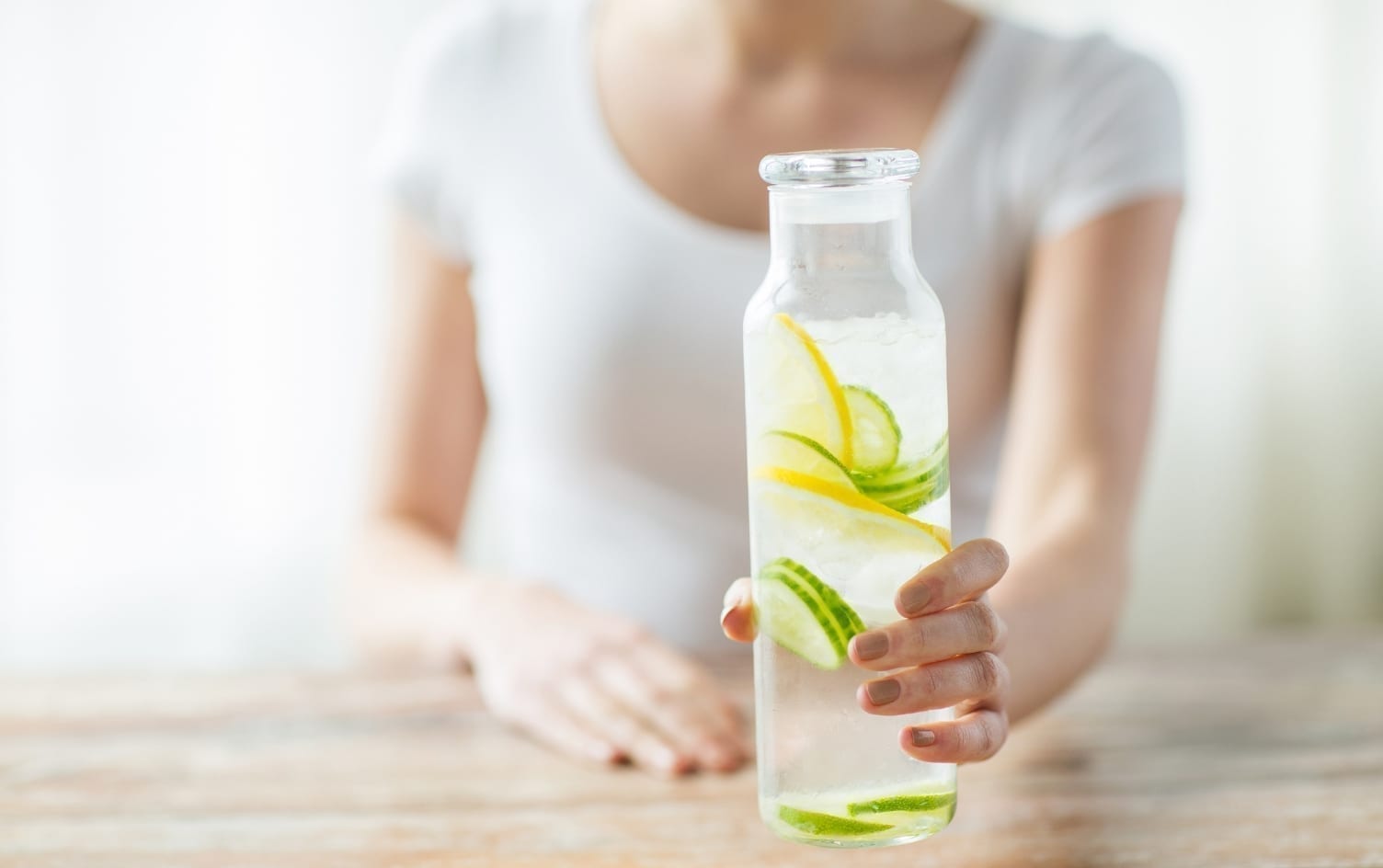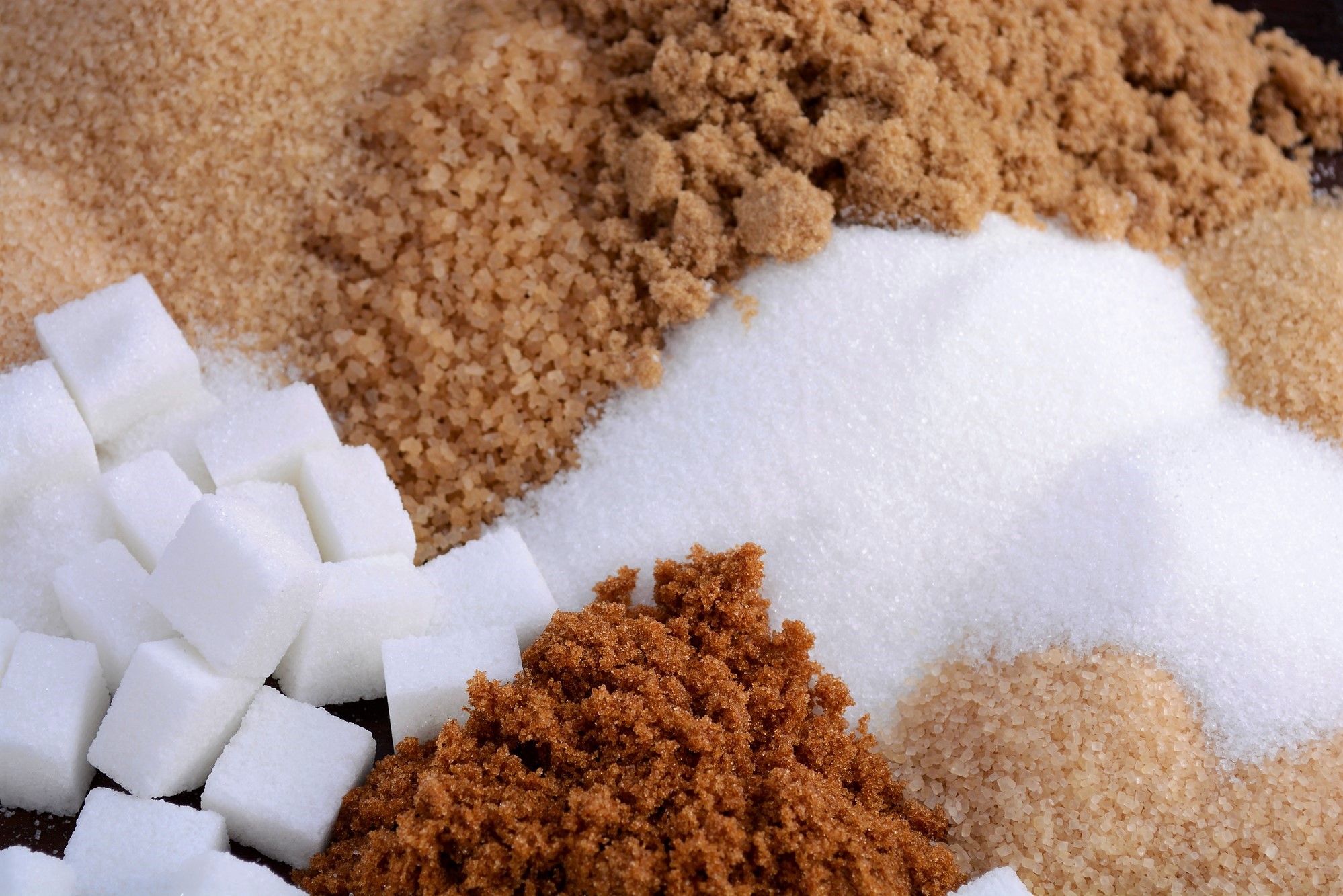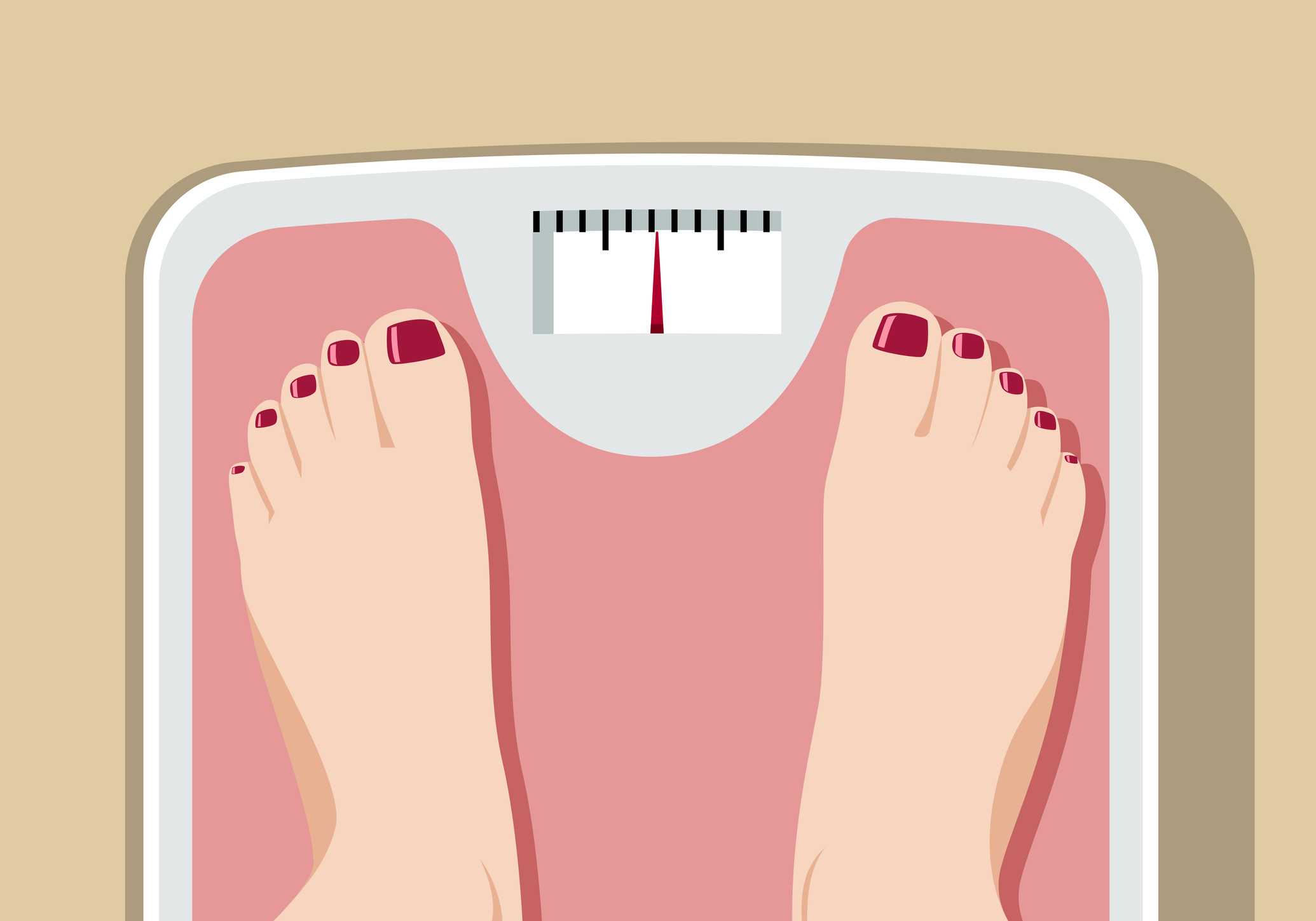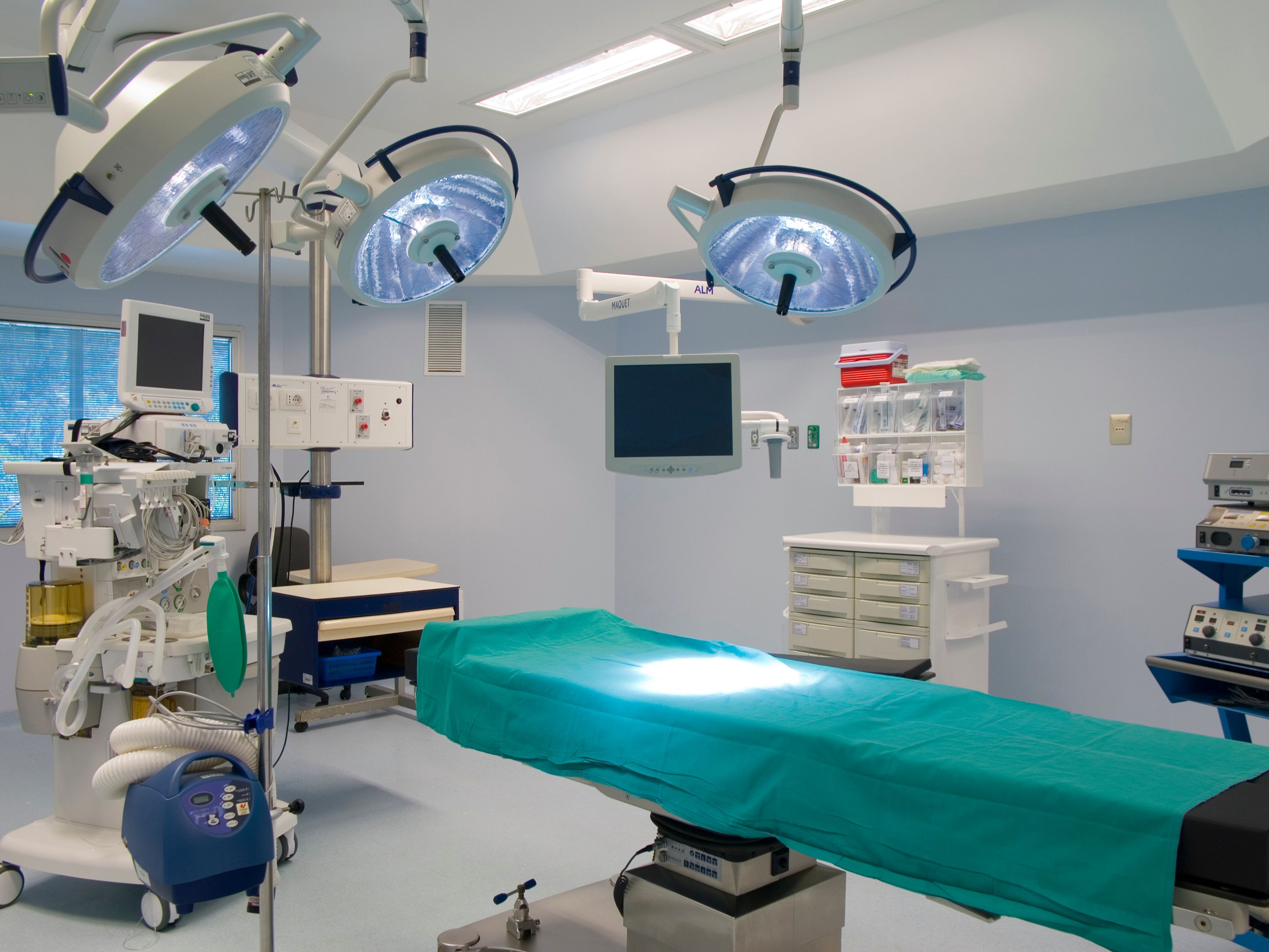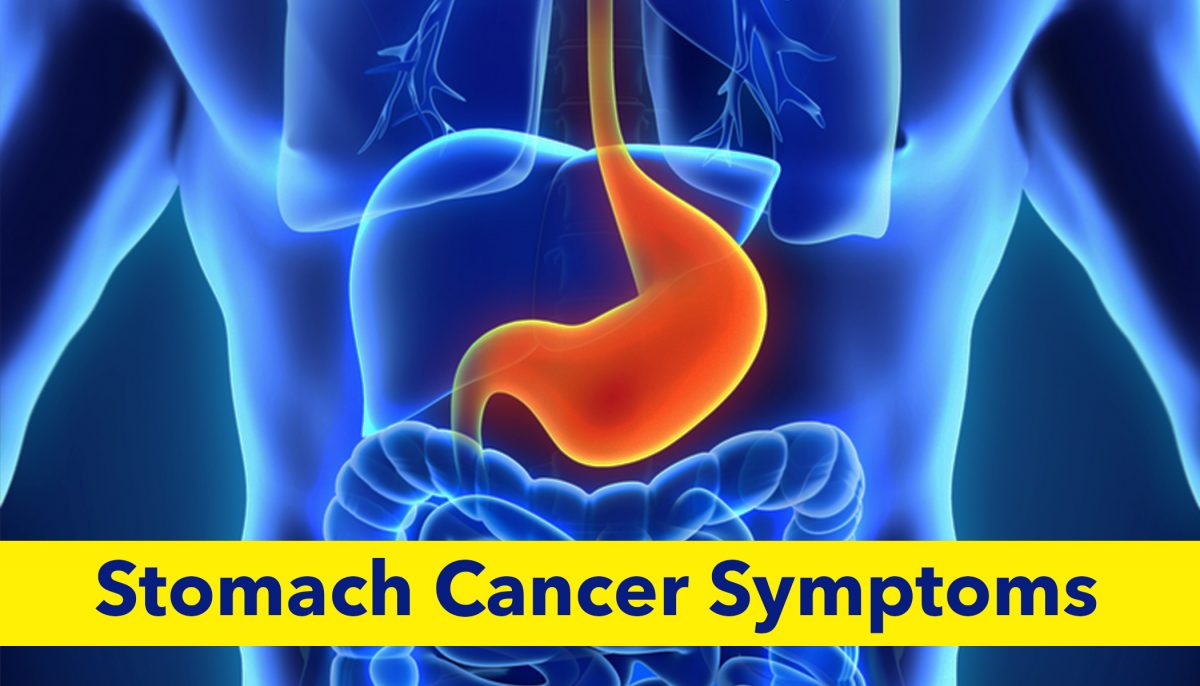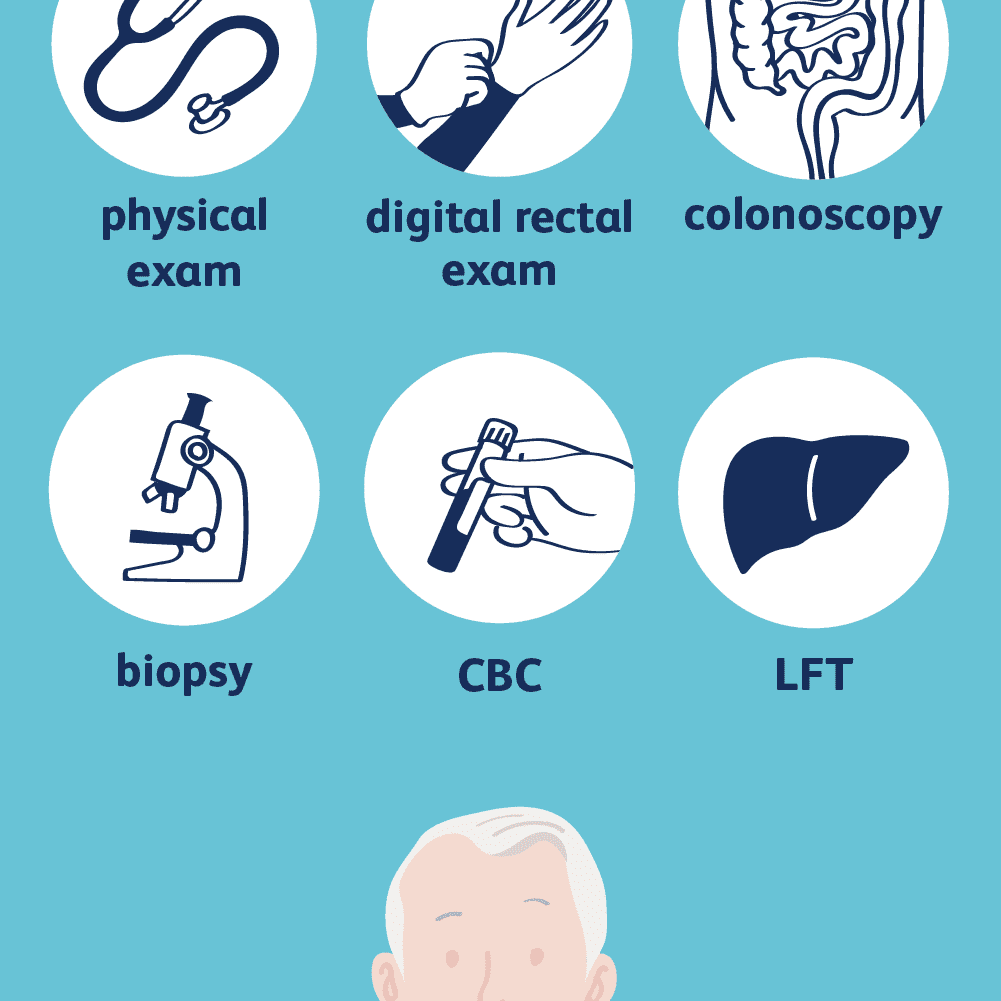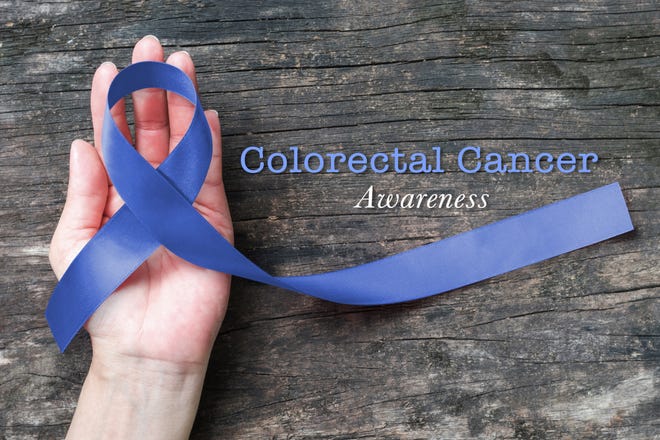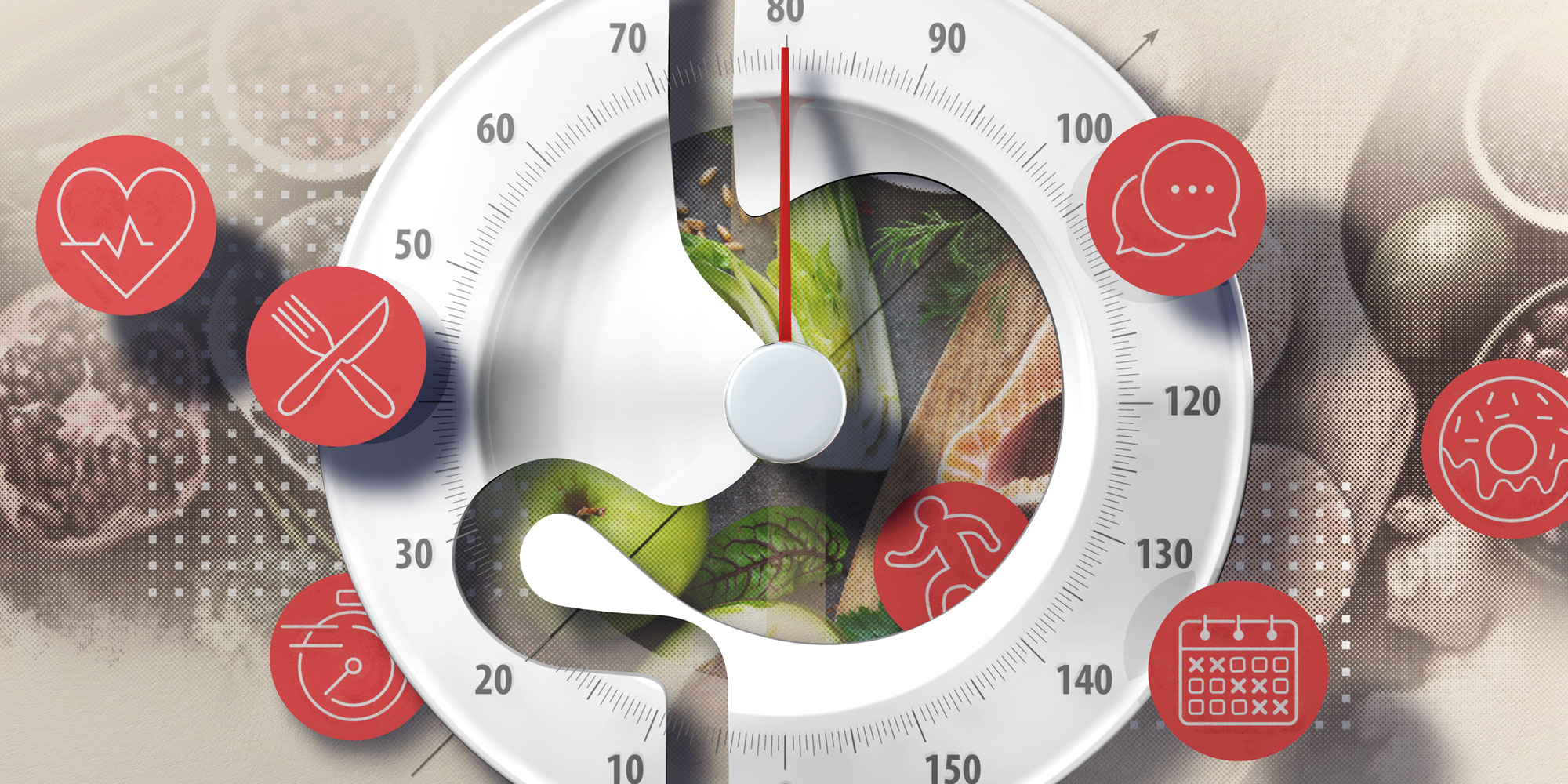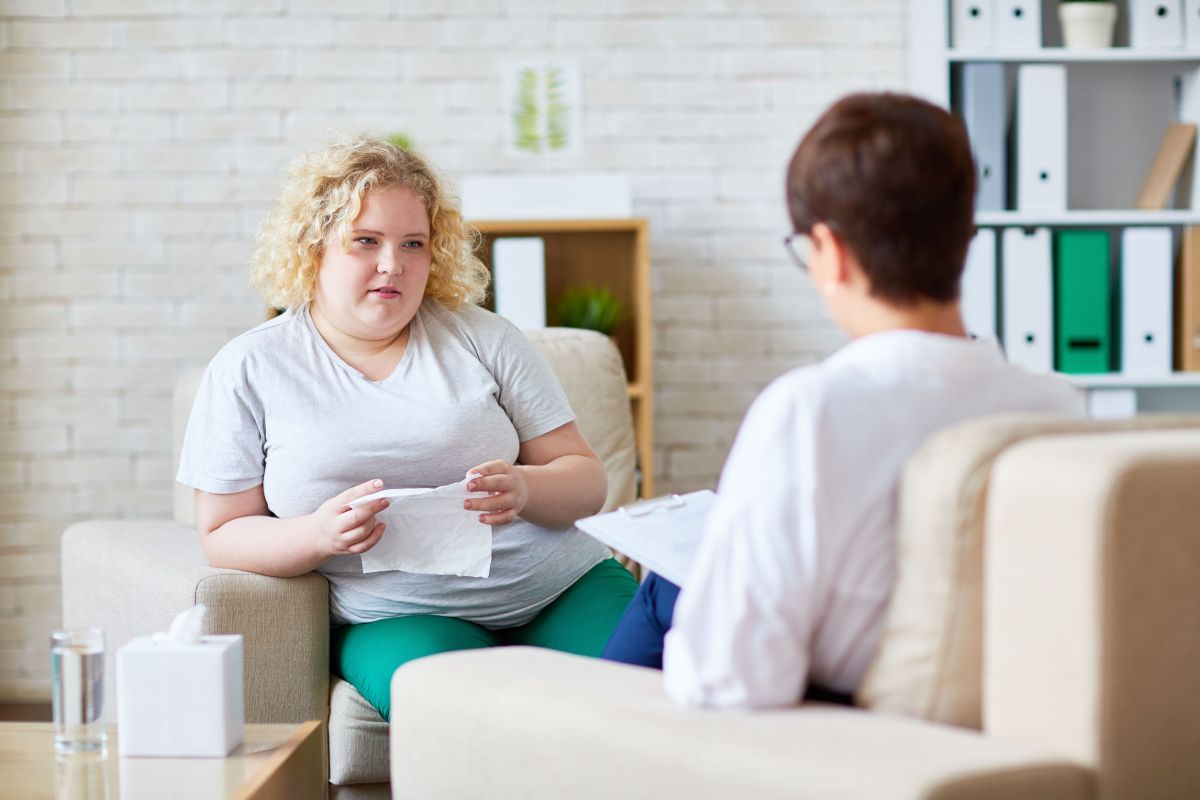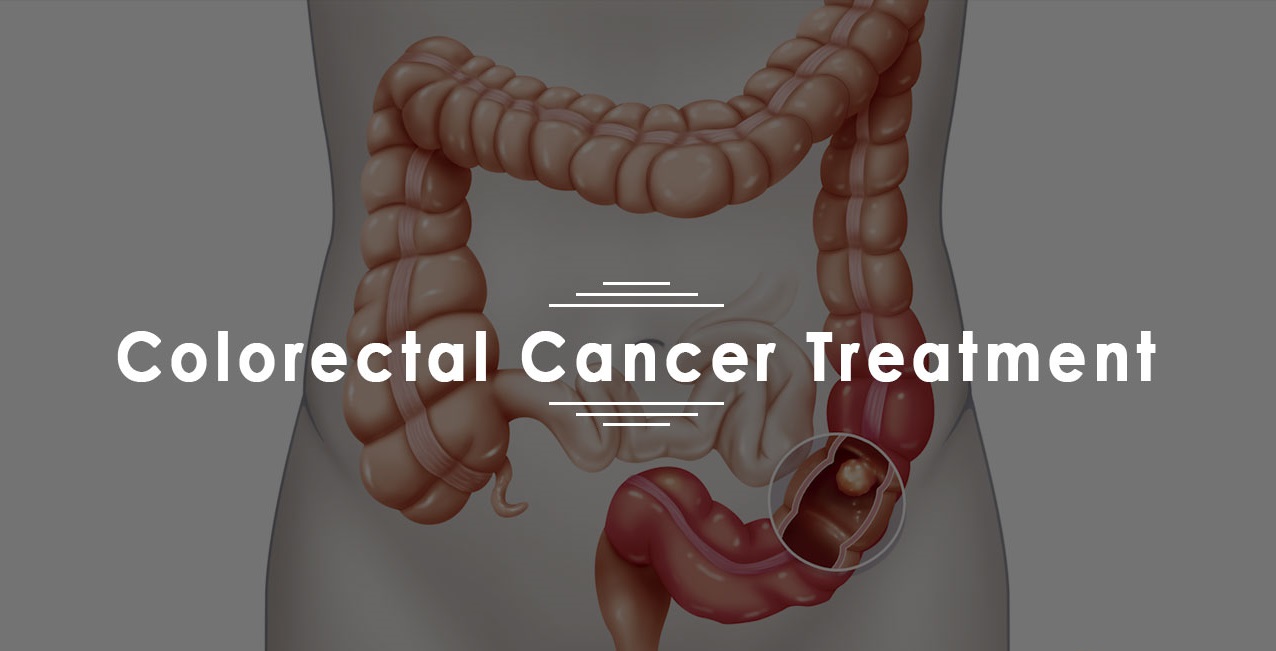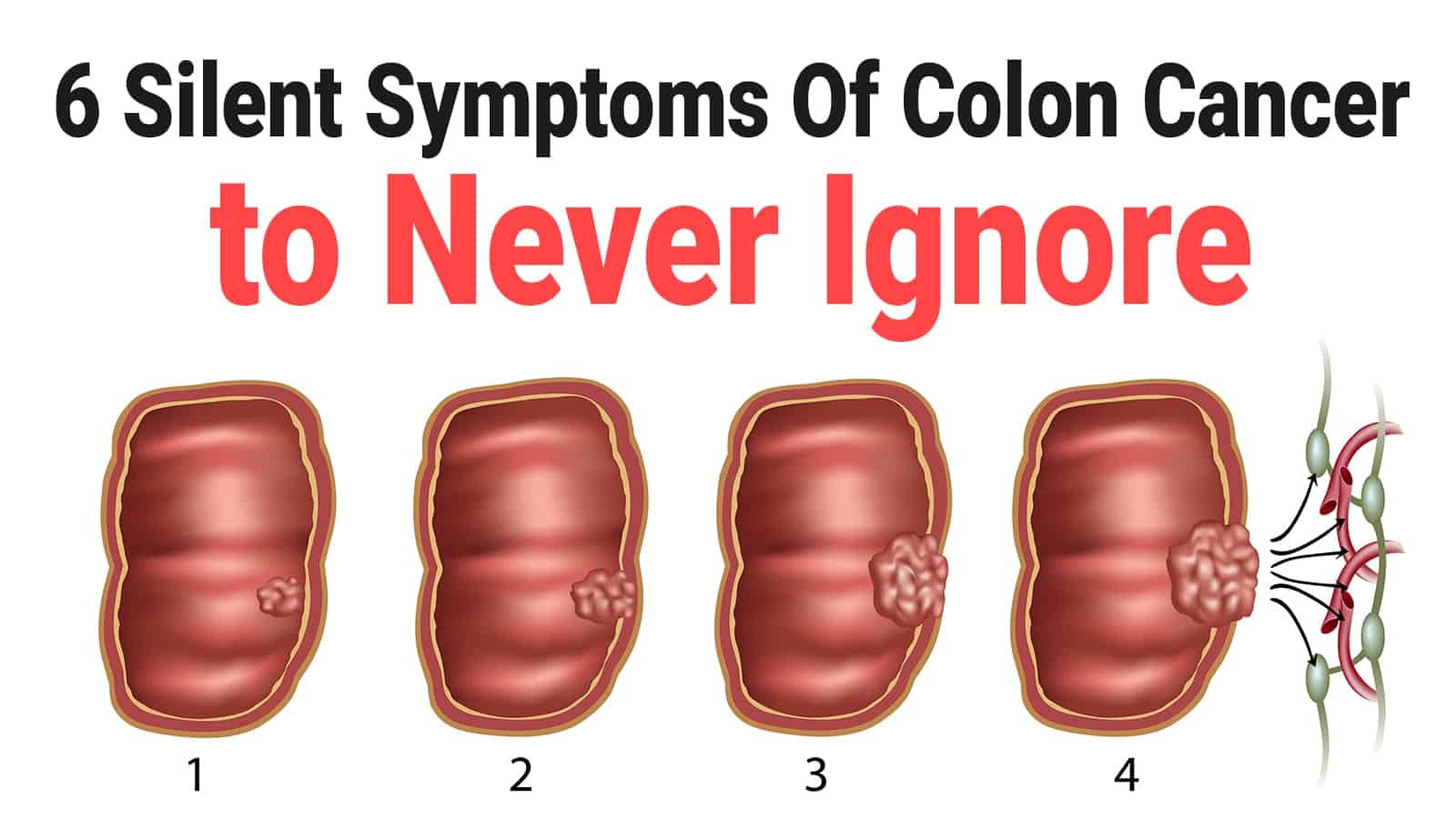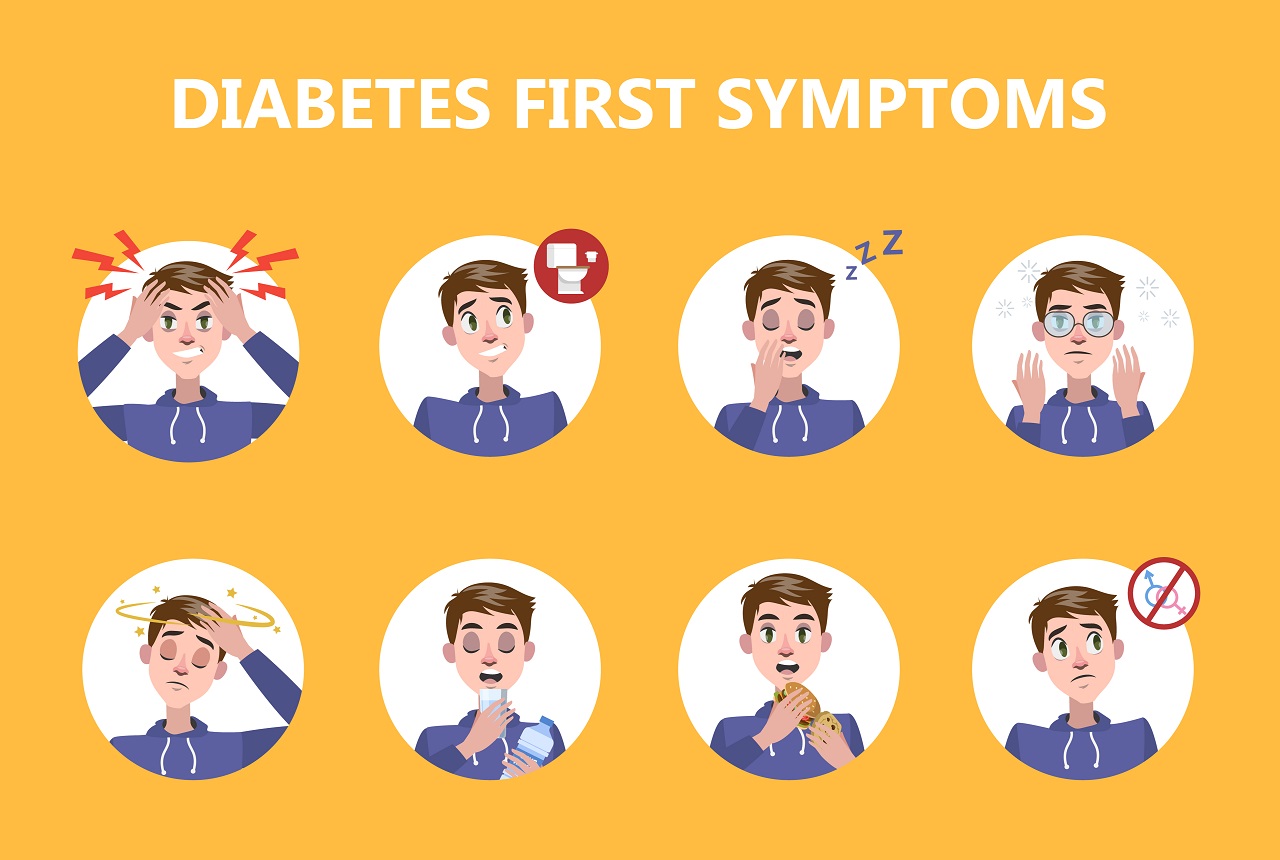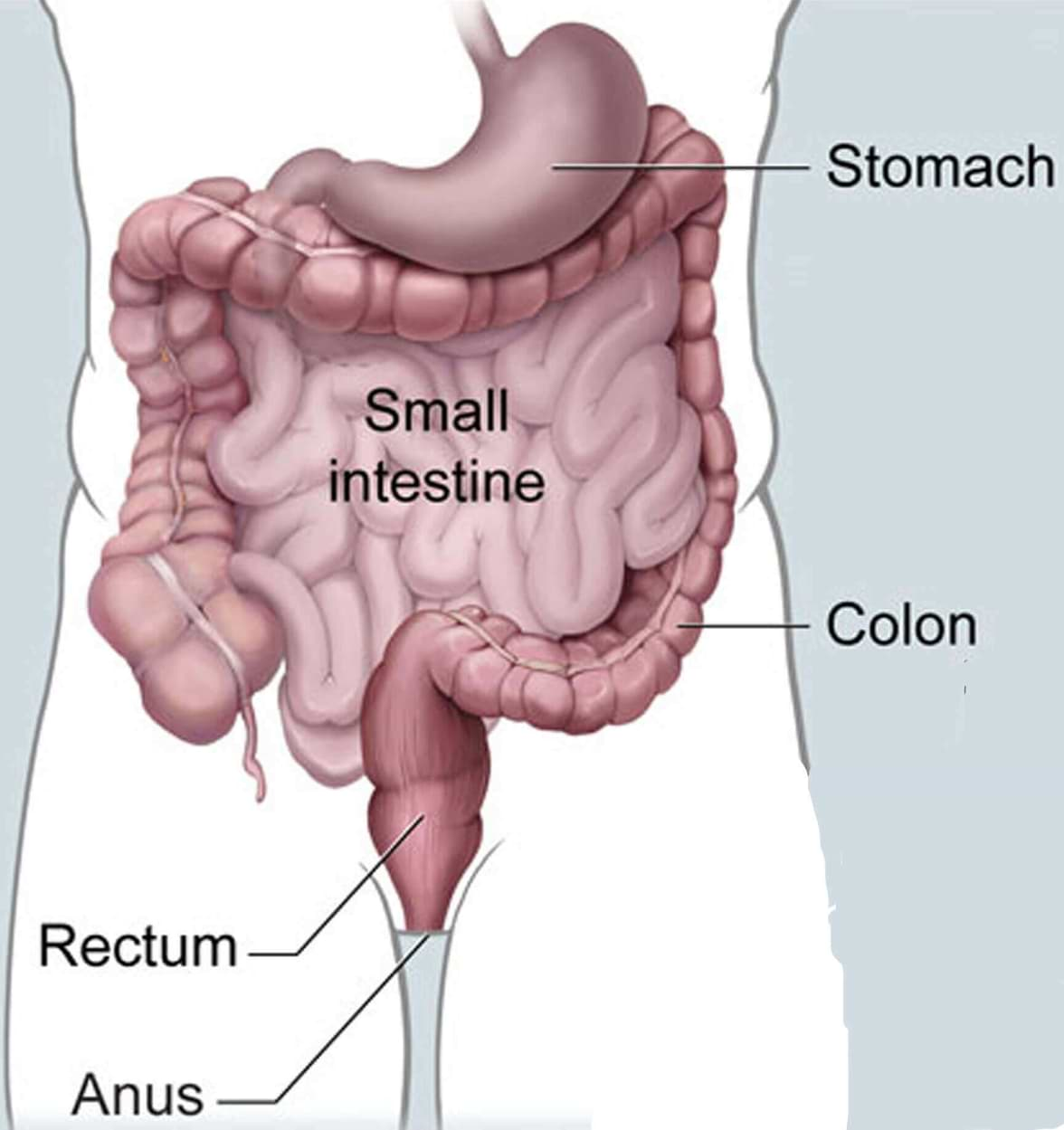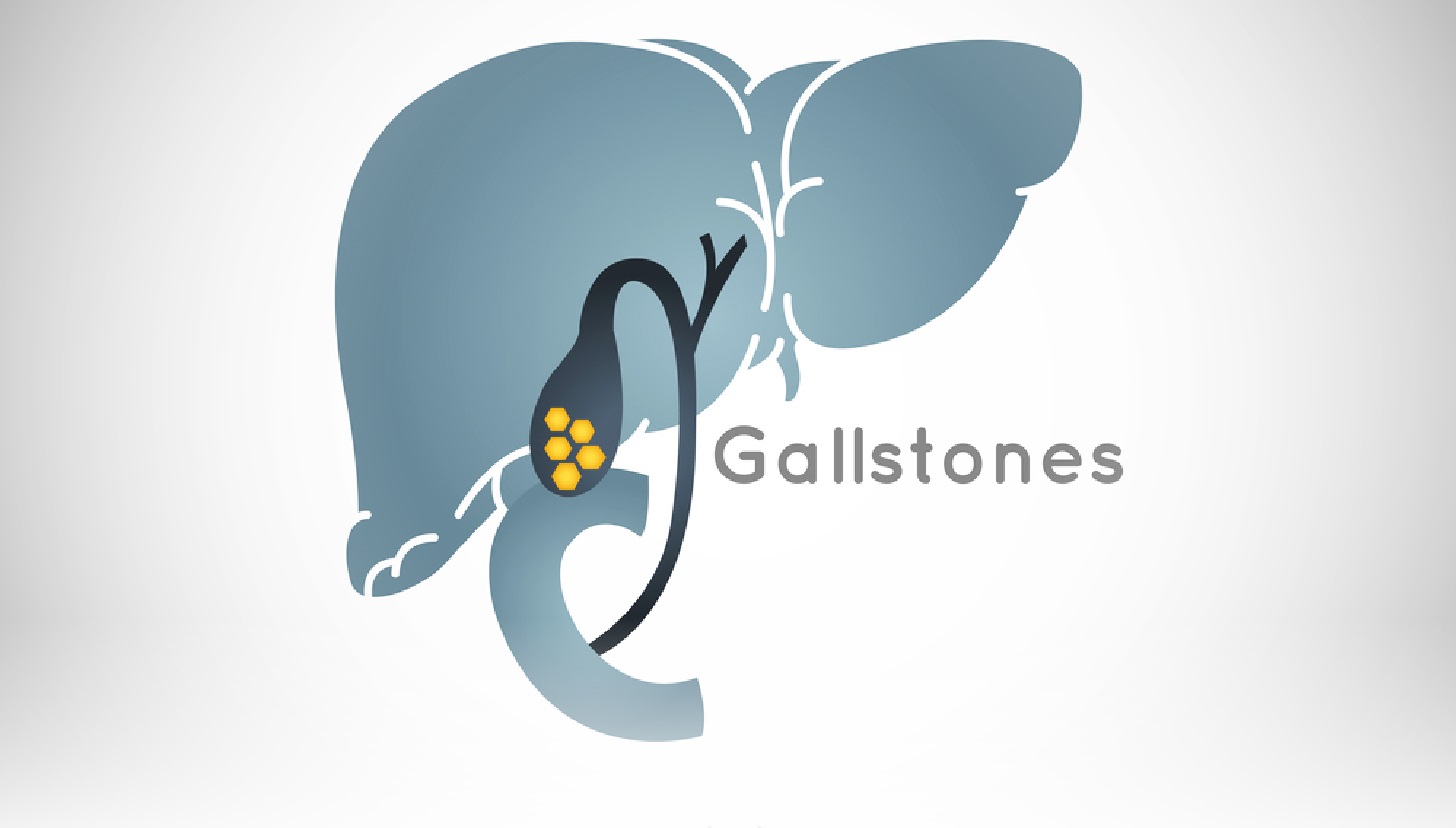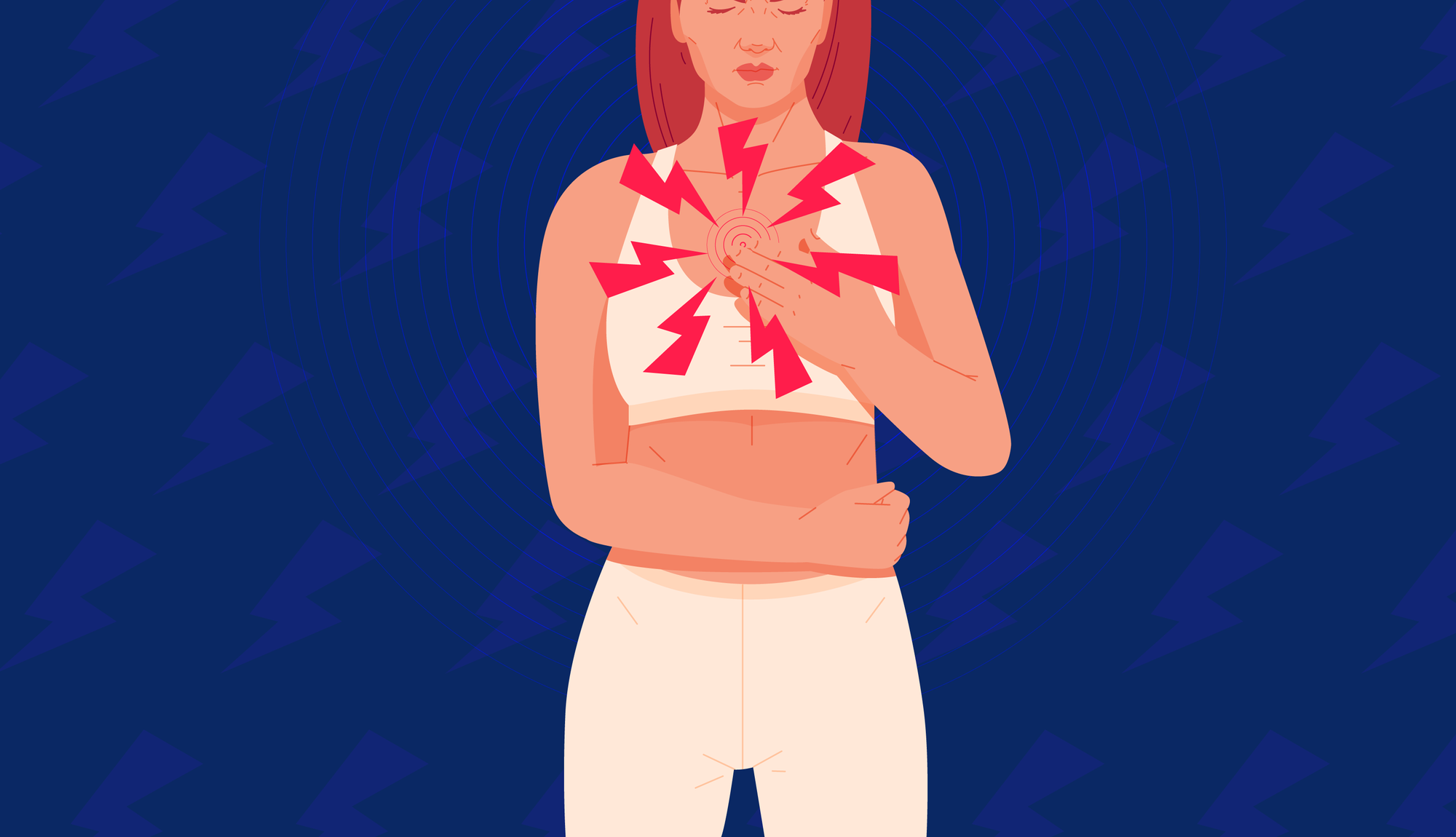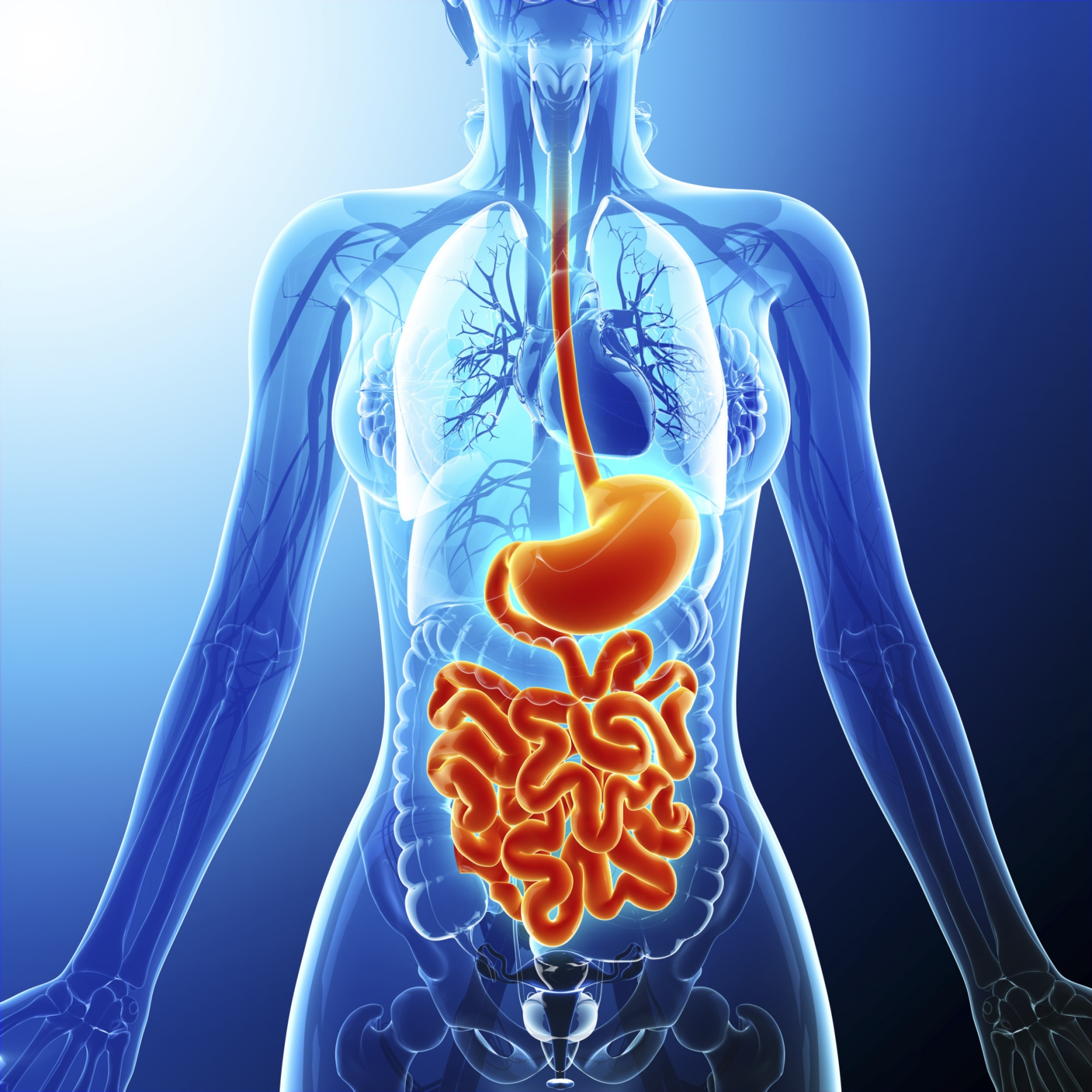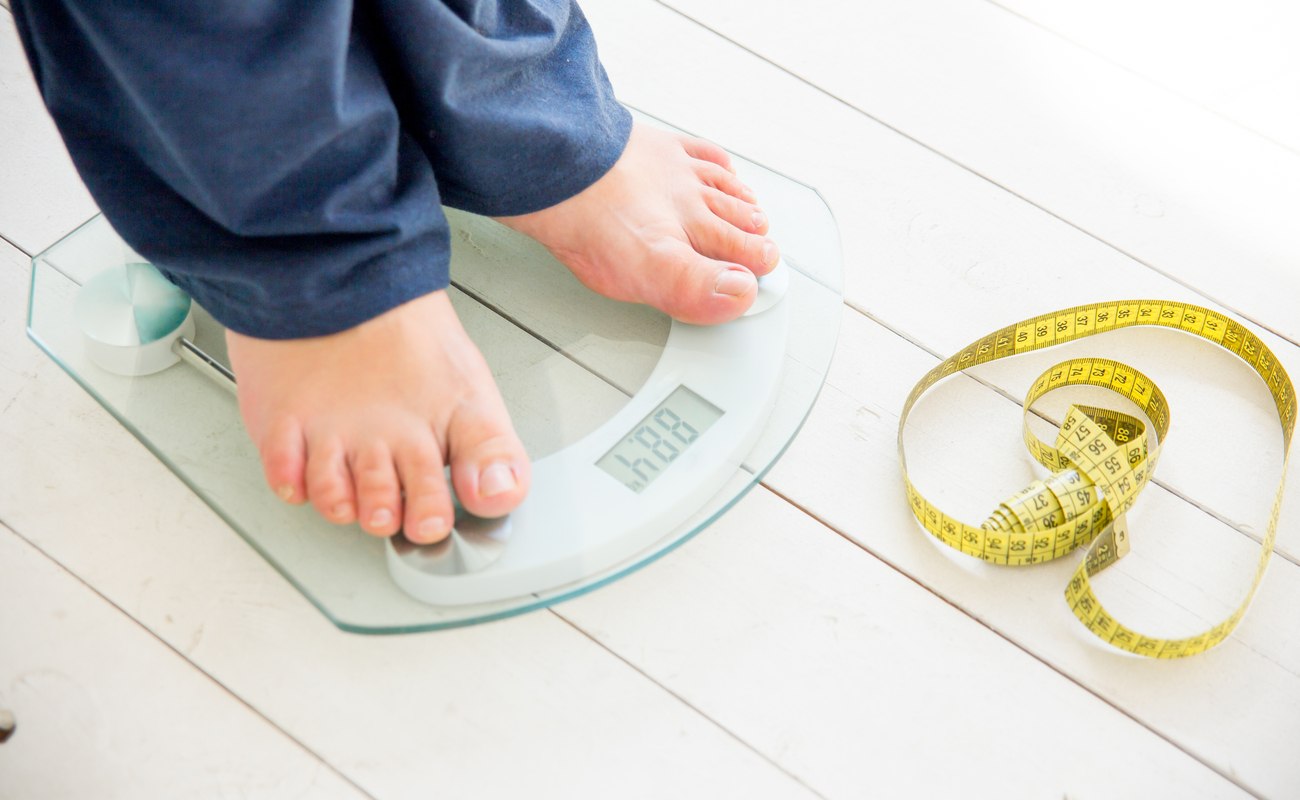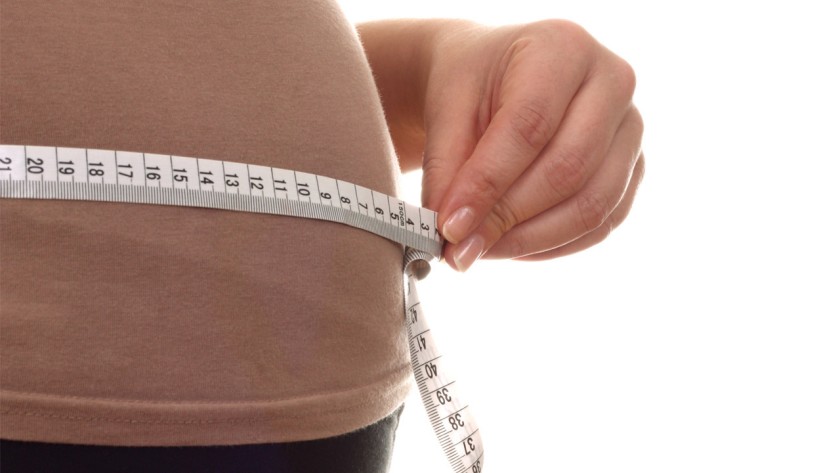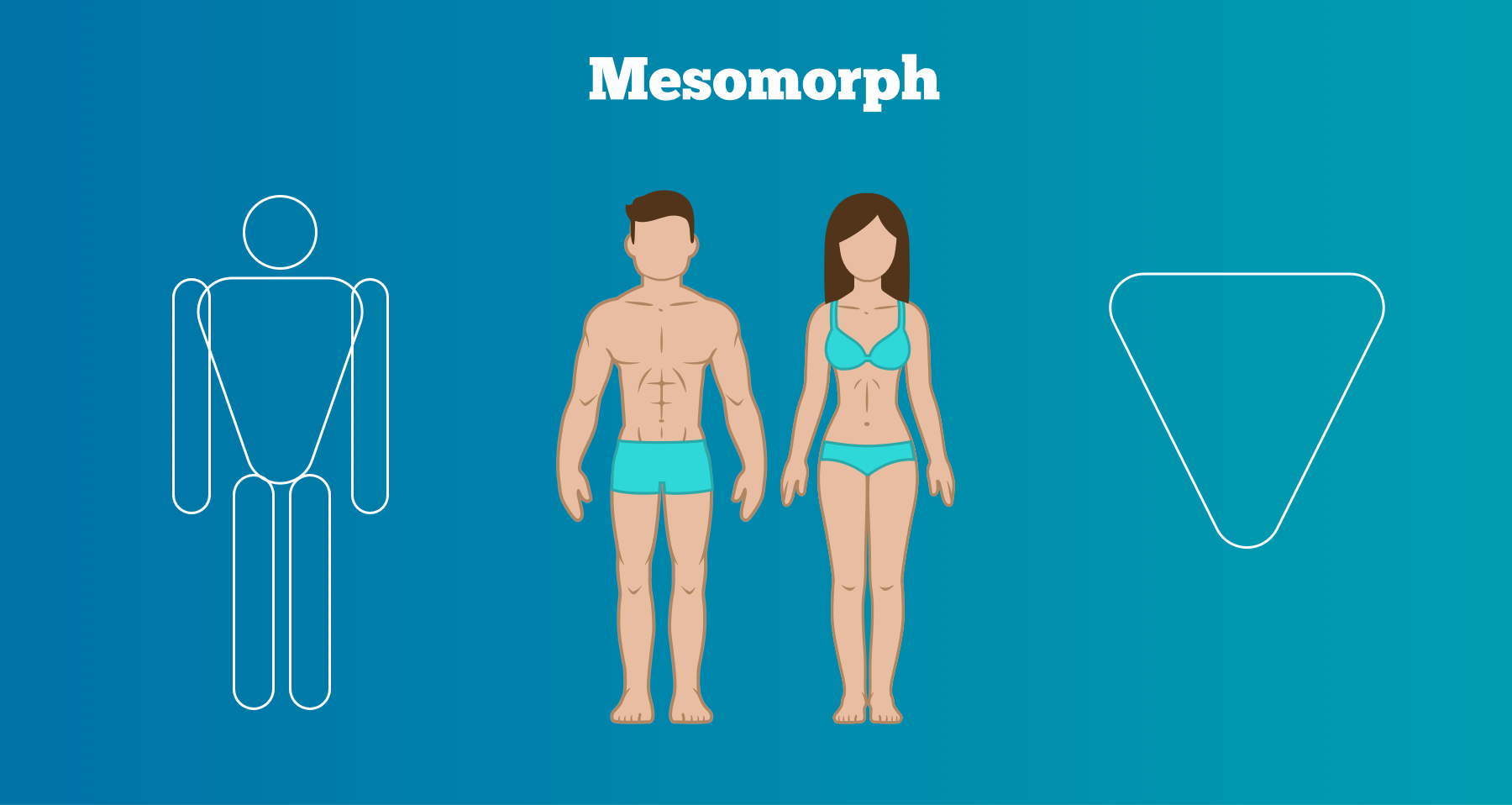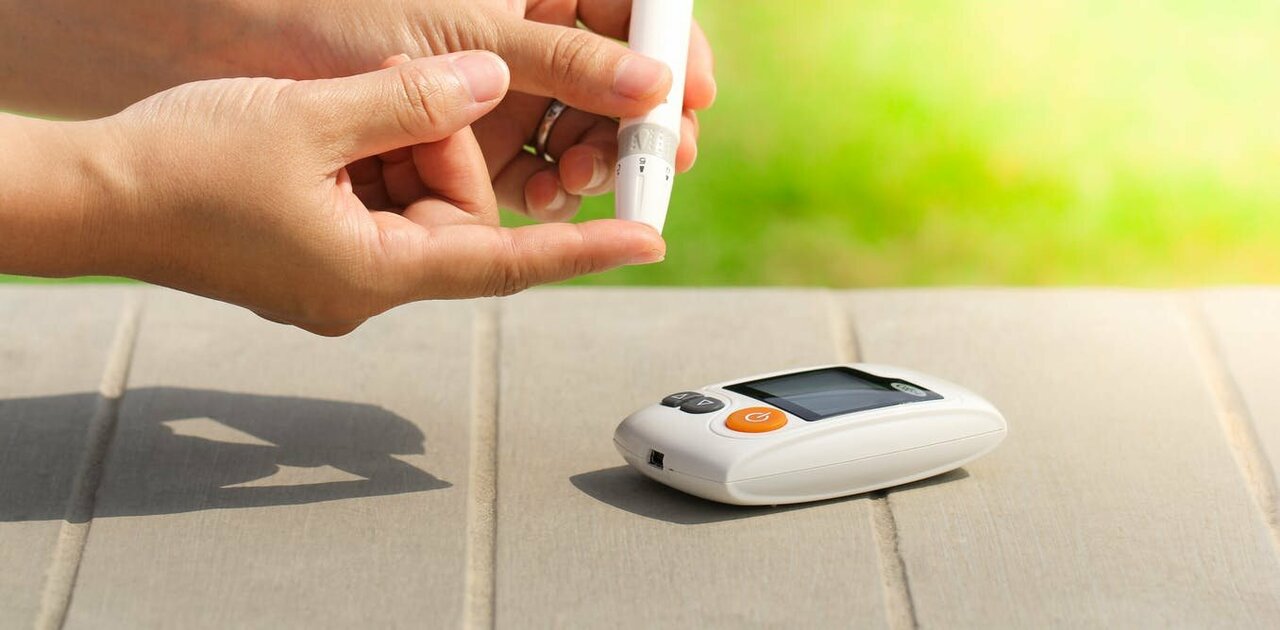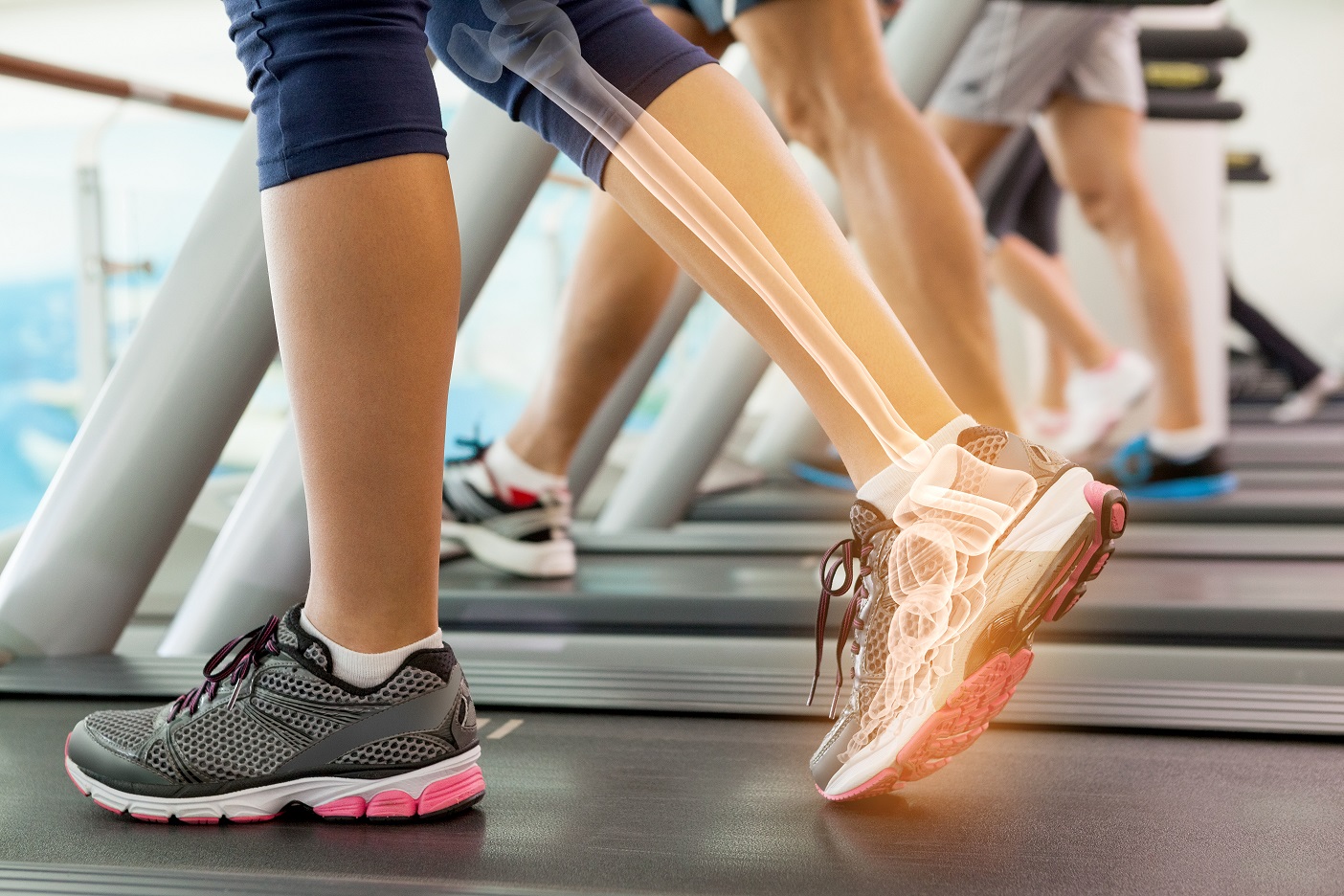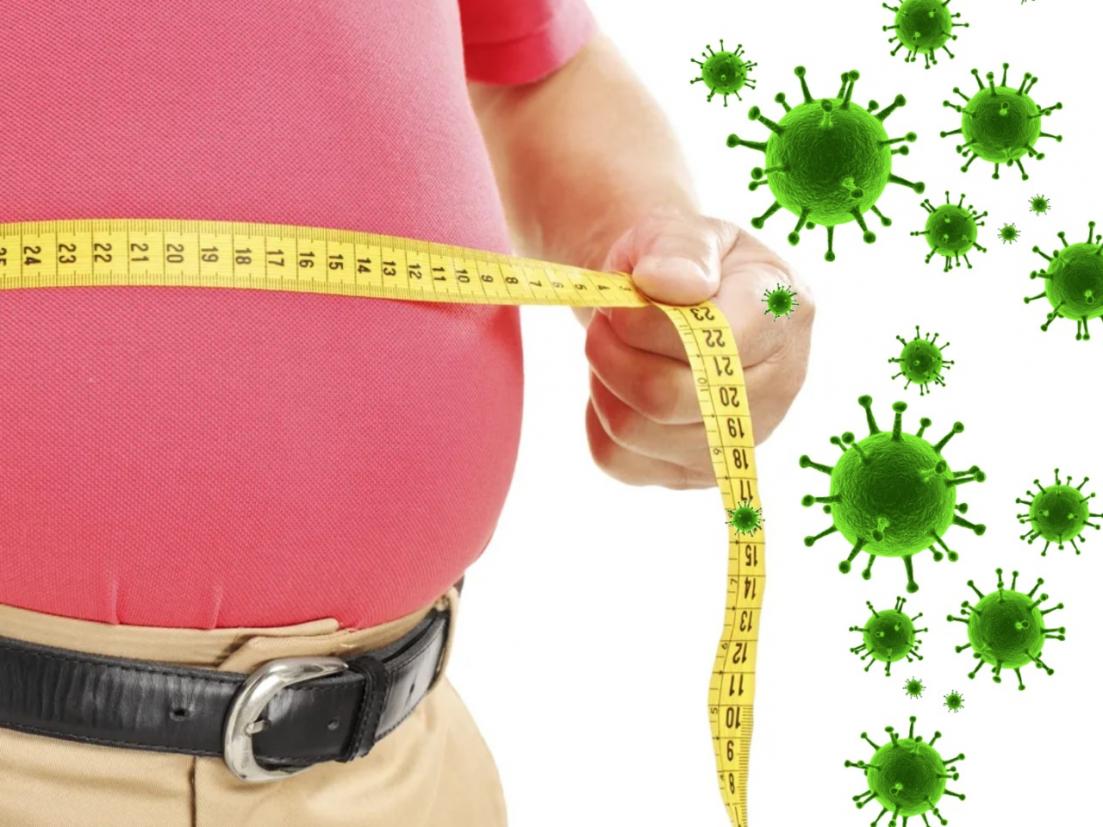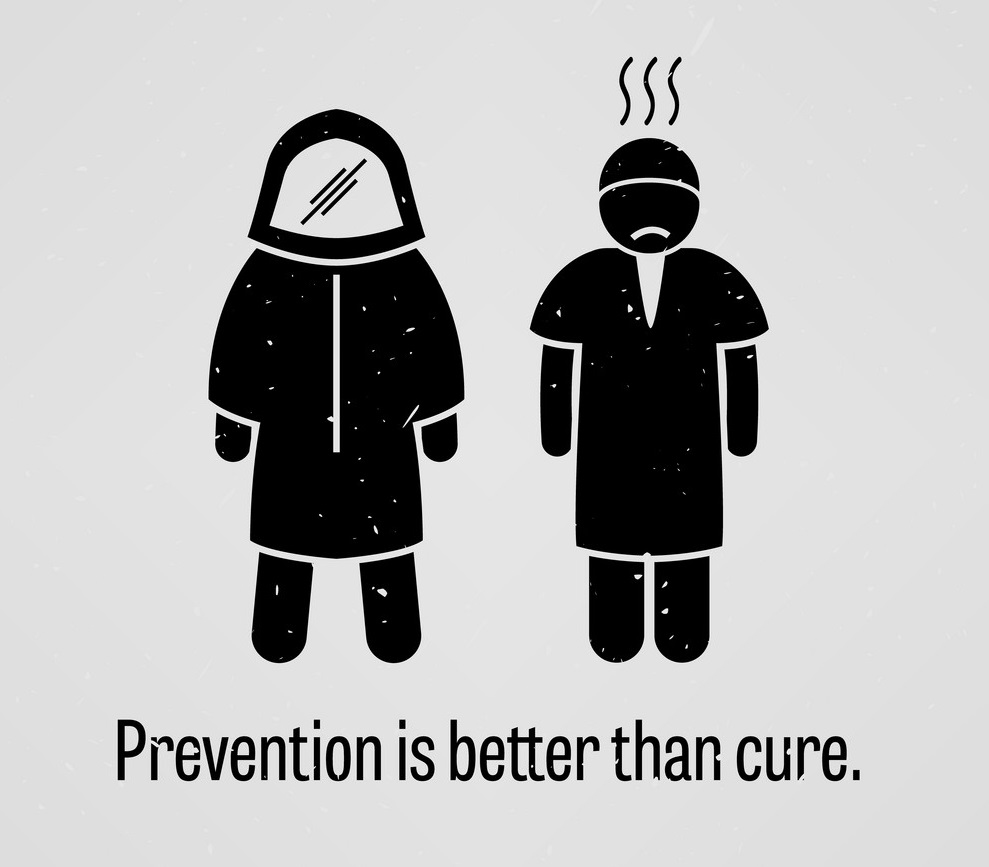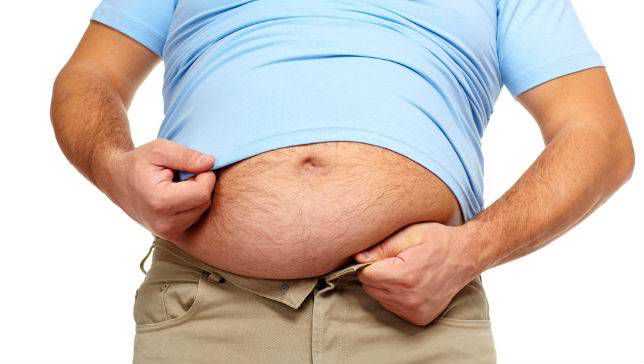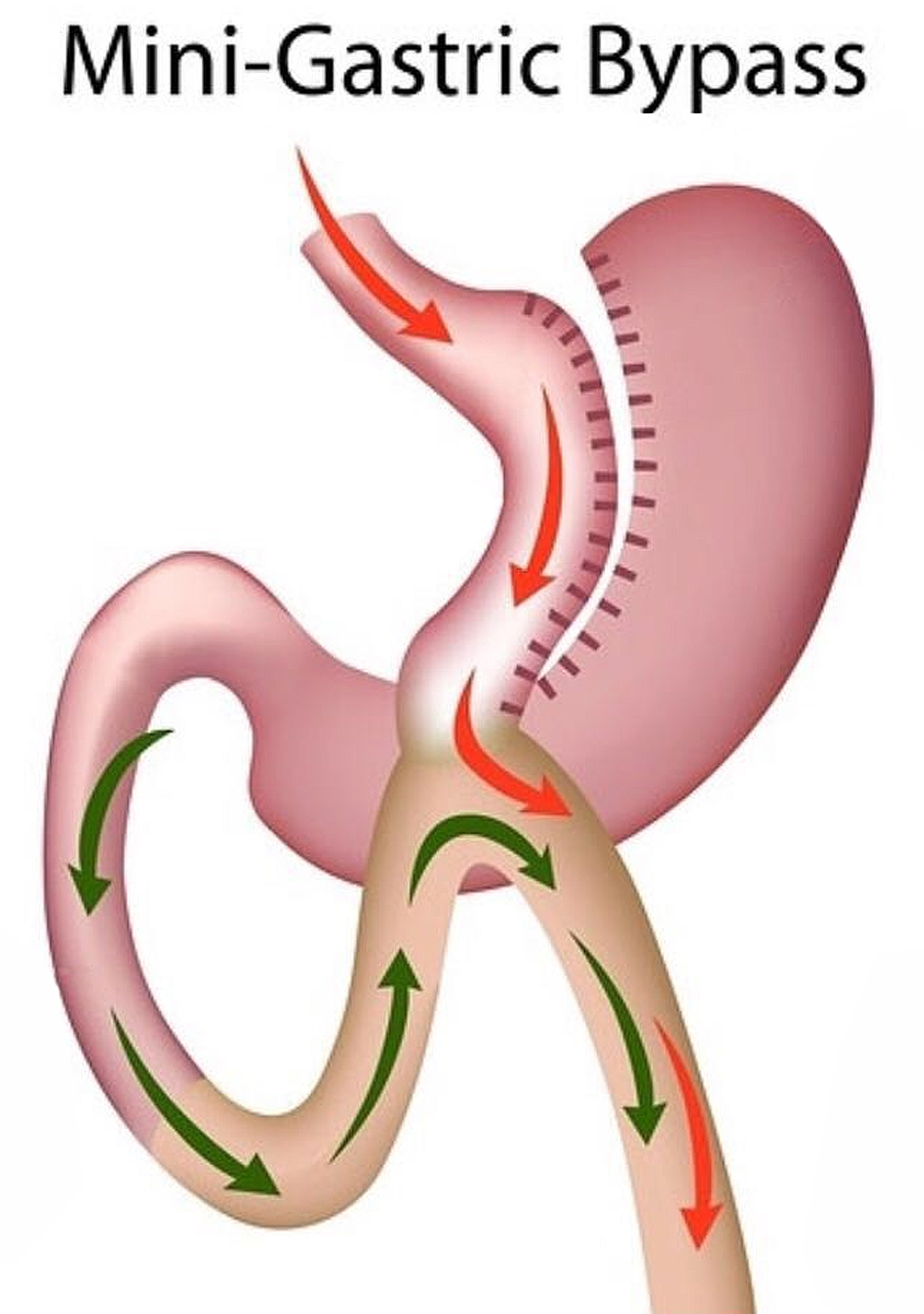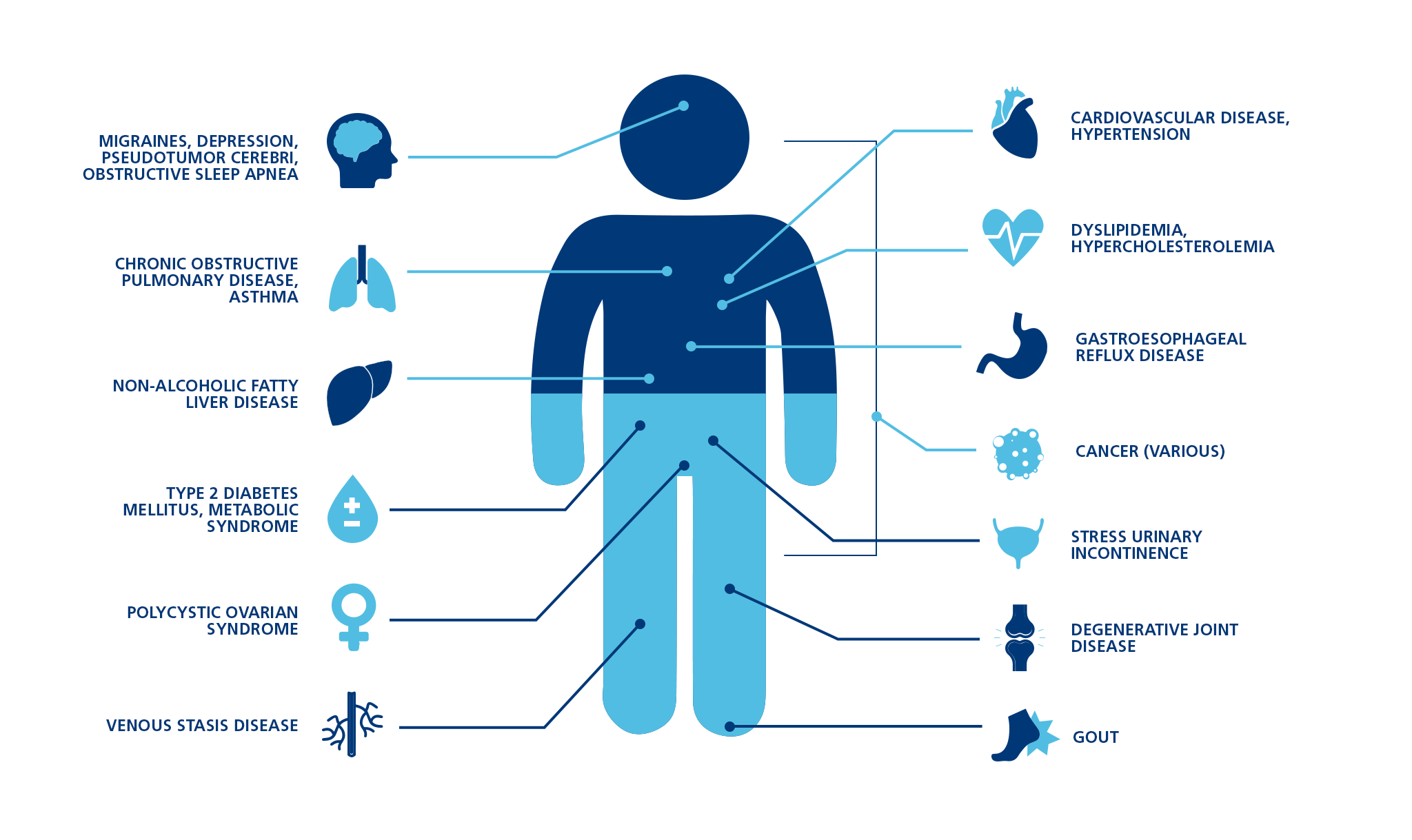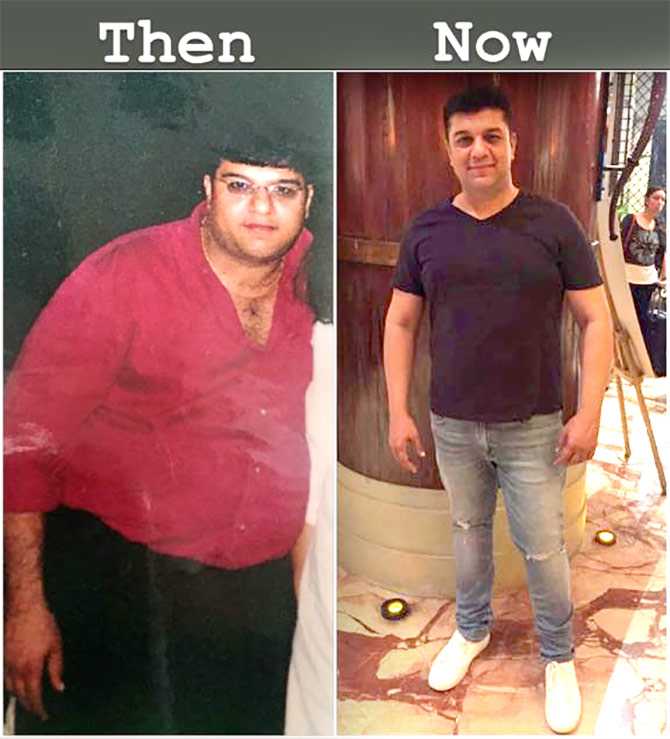Gallstones- Risk Factors, symptoms, diagnosis
Gallstones: Symptoms, Causes, Risks, Treatment, Diet and More
Learn about the symptoms | causes | risks | treatment | diet related to gall bladder stones (gallstones) here.
What are gallstones?
Your gallbladder is a small organ below the liver in the upper right abdomen. It’s a pouch that stores bile, a green-yellow liquid that helps with digestion. Most gallstones form when there’s too much cholesterol in the bile.
Causes
Research says 80 percent of gallstones are made of cholesterol. The other 20 percent of gallstones are made of calcium salts and bilirubin.
It’s not known exactly what causes gallstones to form, though there are some theories.
- Too much cholesterol in your bile- Having too much cholesterol in your bile can lead to yellow cholesterol stones. These hard stones may develop if your liver makes more cholesterol than your bile can dissolve.
- Too much bilirubin in your bile- Bilirubin is a chemical produced when your liver destroys old red blood cells. Some conditions, such as liver damage and certain blood disorders, cause your liver to produce more bilirubin than it should. Pigment gallstones form when your gallbladder can’t break down the excess bilirubin. These hard stones are often dark brown or black.
- Concentrated bile due to a full gallbladder- Your gallbladder needs to empty its bile to be healthy and to function properly. If it fails to empty its bile content, the bile becomes overly concentrated, which causes stones to form.
Symptoms
Gallstones can lead to pain in the upper right abdomen. You may start to have gallbladder pain from time to time when you eat foods that are high in fat, such as fried foods. The pain doesn’t usually last more than a few hours.
You may also experience:
- Nausea
- Vomiting
- Dark urine
- Clay-colored stools
- Stomach pain
- Burping
- Diarrhea
- Indigestion
These symptoms are also known as biliary colic.
Asymptomatic gallstones
Gallstones themselves don’t cause pain. Rather, pain occurs when the gallstones block the movement of bile from the gallbladder. In these cases, your doctor may discover the gallstones from X-rays or during abdomen surgery.
Complications and long-term risk
Acute cholecystitis
When a gallstone blocks the duct where bile moves from the gallbladder, it can cause inflammation and infection in the gallbladder. This is known as acute cholecystitis. It is a medical emergency.
The risk of developing acute cholecystitis from symptomatic gallstones is 1 to 3 percent.
Symptoms associated with acute cholecystitis include:
- Intense pain in the upper stomach or mid-right back
- Fever
- Chills
- Appetite loss
- Nausea and vomiting
See a doctor immediately if these symptoms last more than 1 to 2 hours or if you have a fever.
Other complications
Untreated gallstones may cause complications such as:
- Jaundice, a yellowish tint to your skin or eyes
- Cholecystitis, a gallbladder infection
- Cholangitis, a bile duct infection
- Sepsis, a blood infection
- Pancreas inflammation
- Gallbladder cancer
Risk factors for gallstones
Many risk factors for gallstones are related to diet, while some factors are uncontrollable. Uncontrollable risk factors are things like age, race, gender, and family history, which can’t be changed.
| Lifestyle risk factors | Uncontrollable risk factors | Medical risk factors |
| Being overweight or obese | Being female | Having cirrhosis |
| Eating a diet that’s high in fat or cholesterol or low in fiber | Having a family history of gallstones | Being pregnant |
| Having rapid weight loss in a short period of time | Being 60 years or older | Taking certain medications for lowering cholesterol |
| Having diabetes mellitus | Taking medications that have a high estrogen content |
While medications can increase your risk of gallstones, don’t stop taking them unless you have discussed it with your doctor and have their approval.
Diagnosis
Your doctor will perform a physical examination that includes checking your eyes and skin for visible changes in color. A yellowish tint may be a sign of jaundice, the result of too much bilirubin in your body.
The exam may involve using diagnostic tests that help your doctor see inside your body. These tests include:
- Ultrasound: An ultrasound produces images of your abdomen. It’s the preferred imaging method to confirm that you have gallstone disease. It can also show abnormalities associated with acute cholecystitis.
- Abdominal CT scan: This imaging test takes pictures of your liver and abdominal region.
- Gallbladder radionuclide scan: This important scan takes about one hour to complete. A specialist injects a radioactive substance into your veins. The substance travels through your blood to the liver and gallbladder. On a scan, it can reveal evidence to suggest infection or blockage of the bile ducts from stones.
- Blood tests: Your doctor may order blood tests that measure the amount of bilirubin in your blood. The tests also help determine how well your liver is functioning.
- Endoscopic retrograde cholangiopancreatography (ERCP): ERCP is a procedure that uses a camera and X-rays to look at problems in the bile and pancreatic ducts. It helps your doctor look for gallstones stuck in your bile duct.
How are gallstones treated?
Most of the time, you won’t need treatment for gallstones unless they cause you pain. Sometimes you can pass gallstones without even noticing. If you’re in pain, your doctor will likely recommend surgery. In rare cases, medication may be used.
If you’re at high risk for surgery complications, a drainage tube may be placed into the gallbladder through the skin. Your surgery may be postponed until your risk is lowered by treating your other medical conditions.
Natural treatment and home remedies
If you have gallstones and no symptoms, you can make certain lifestyle changes.
Tips for gallbladder health-
- Maintain a healthy weight.
- Avoid rapid weight loss.
- Eat an anti-inflammatory diet.
- Get regular exercise.
- Take supplements as approved by your doctor.
Surgery
Your doctor may need to perform a laparoscopic gallbladder removal. This is a common surgery that requires general anesthesia. The surgeon will usually make 3 or 4 incisions in your abdomen. They’ll then insert a small, lighted device into one of the incisions and carefully remove your gallbladder.
You usually go home on the day of the procedure or the day after if you have no complications.
You may experience loose or watery stools after gallbladder removal. Removing a gallbladder involves rerouting the bile from the liver to the small intestine. Bile no longer goes through the gallbladder and it becomes less concentrated. The result is a laxative effect that causes diarrhea. To treat this, eat a diet lower in fats so that you release less bile.
Nonsurgical treatments
Medication is not commonly used anymore because laparoscopic and robotic techniques make surgery much less risky than it used to be.
However, if you can’t have surgery, your doctor may recommend medicine to dissolve gallstones caused by cholesterol. You’ll need to take the drugs 2 to 4 times per day as directed by your doctor. Medications may take several years to eliminate the gallstones, and the gallstones may form again if you stop treatment.
Shock wave lithotripsy is another option. A lithotripter is a machine that generates shock waves that pass through a person. These shock waves can break gallstones into smaller pieces.
Foods to avoid
To help improve your condition and reduce your risk of gallstones, try these tips:
- Reduce your intake of fats and choose low-fat foods whenever possible. Avoid high-fat, greasy, and fried foods.
- Add fiber to your diet to make your bowel movements more solid. Try to add only a serving of fiber at a time to prevent gas that can occur from eating excess fiber.
- Avoid foods and drinks known to cause diarrhea, including caffeinated drinks, high-fat dairy products, and very sweet foods.
- Eat several small meals per day. Smaller meals are easier for the body to digest.
- Drink a sufficient amount of water. This is about 6 to 8 glasses per day.
- If you plan to lose weight, do it slowly. Aim to lose no more than two pounds per week. Rapid weight loss may increase your risk of gallstones and other health problems.
What can I expect in the long term?
If you need surgery to remove your gallbladder or any stones in your gallbladder, the outlook is often positive. In most cases of stone removal, stones don’t return.
But if you don’t have surgery, the gallstones can return. This is true even when you’ve taken medication to dissolve the gallstones.
You won’t need treatment if your gallstones don’t cause symptoms. Still, you may want to make lifestyle changes to prevent them from getting bigger and causing problems.
Reference
- https://my.clevelandclinic.org/health/diseases/7313-gallstones
- https://www.mayoclinic.org/diseases-conditions/gallstones/symptoms-causes/syc-20354214
- https://www.health.harvard.edu/digestive-health/gallstones-symptoms-diagnosis-and-treatment


